|
|

|
Day 6, Saturday 28 September
Cape Helles…….. Today should be a much simpler day but it could be the longest of the tour so far. After the usual breakfast we just need more fuel then we’re off.. The recommended route takes us west as if we were going to Anzac Cove but in Kocadere we turn south and make good progress compared to yesterday‘s tortuous journey to Suvla Bay. We are soon at our first stop on Helles as we penetrate the area of furthest advance of the Alcitepe Front. As with the previous days' tours I will treat the sites we come across as a guide for further reference.
Cape Helles is the rocky headland at the southwesternmost tip of the Gallipoli peninsula. It was the scene of heavy fighting between Ottoman Turkish and British troops during the landing at Cape Helles at the beginning of the Gallipoli Campaign in 1915. The name derives from the Greek Helle; (see also Hellespont). It is now the site of one of the main memorials of the campaign, the Helles Memorial, maintained by the Commonwealth War Graves Commission, particularly for those that were part of British and Indian forces (rather than ANZAC forces) fighting there and have no known grave.
Cape Helles…….. Today should be a much simpler day but it could be the longest of the tour so far. After the usual breakfast we just need more fuel then we’re off.. The recommended route takes us west as if we were going to Anzac Cove but in Kocadere we turn south and make good progress compared to yesterday‘s tortuous journey to Suvla Bay. We are soon at our first stop on Helles as we penetrate the area of furthest advance of the Alcitepe Front. As with the previous days' tours I will treat the sites we come across as a guide for further reference.
Cape Helles is the rocky headland at the southwesternmost tip of the Gallipoli peninsula. It was the scene of heavy fighting between Ottoman Turkish and British troops during the landing at Cape Helles at the beginning of the Gallipoli Campaign in 1915. The name derives from the Greek Helle; (see also Hellespont). It is now the site of one of the main memorials of the campaign, the Helles Memorial, maintained by the Commonwealth War Graves Commission, particularly for those that were part of British and Indian forces (rather than ANZAC forces) fighting there and have no known grave.
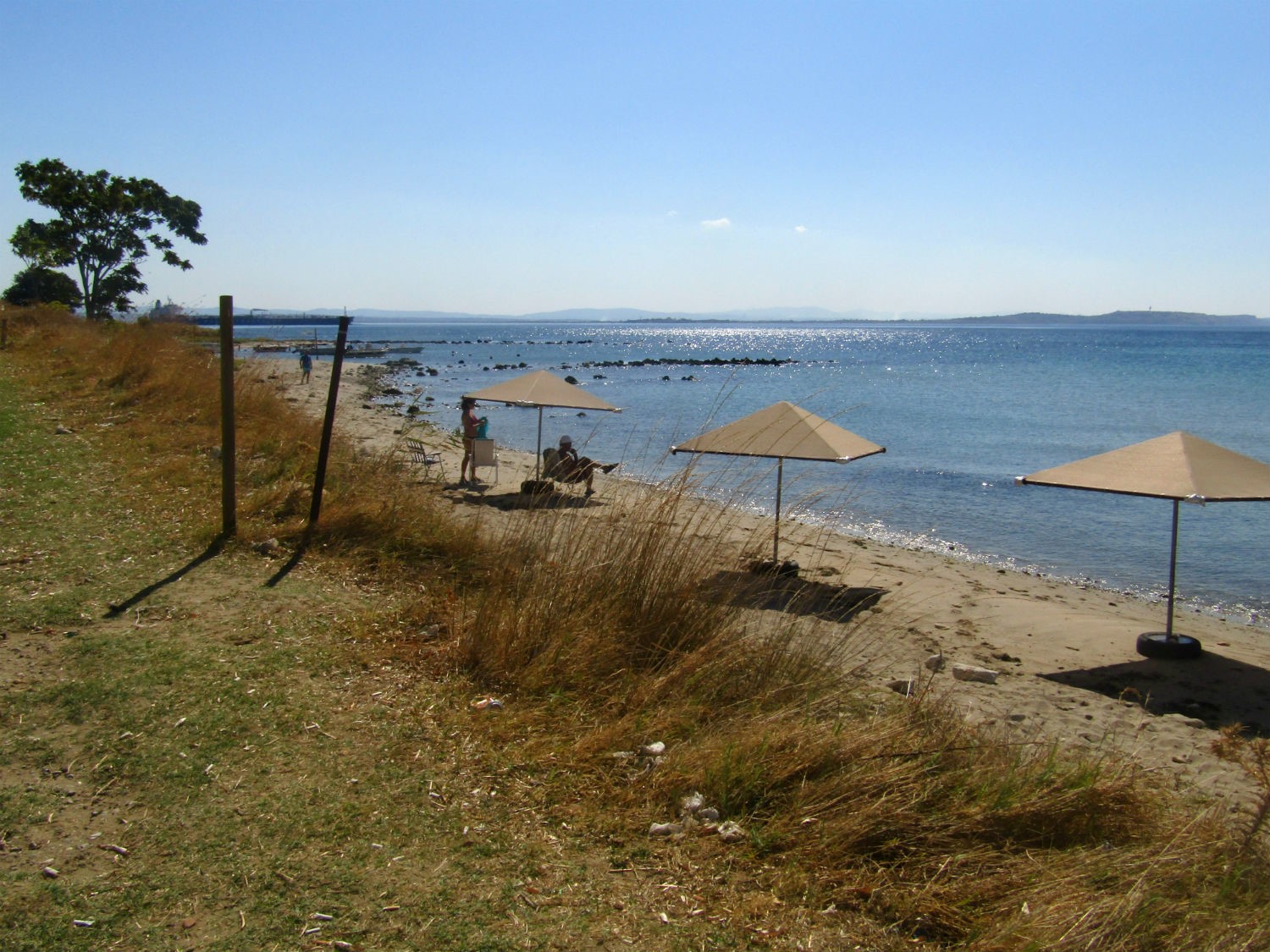
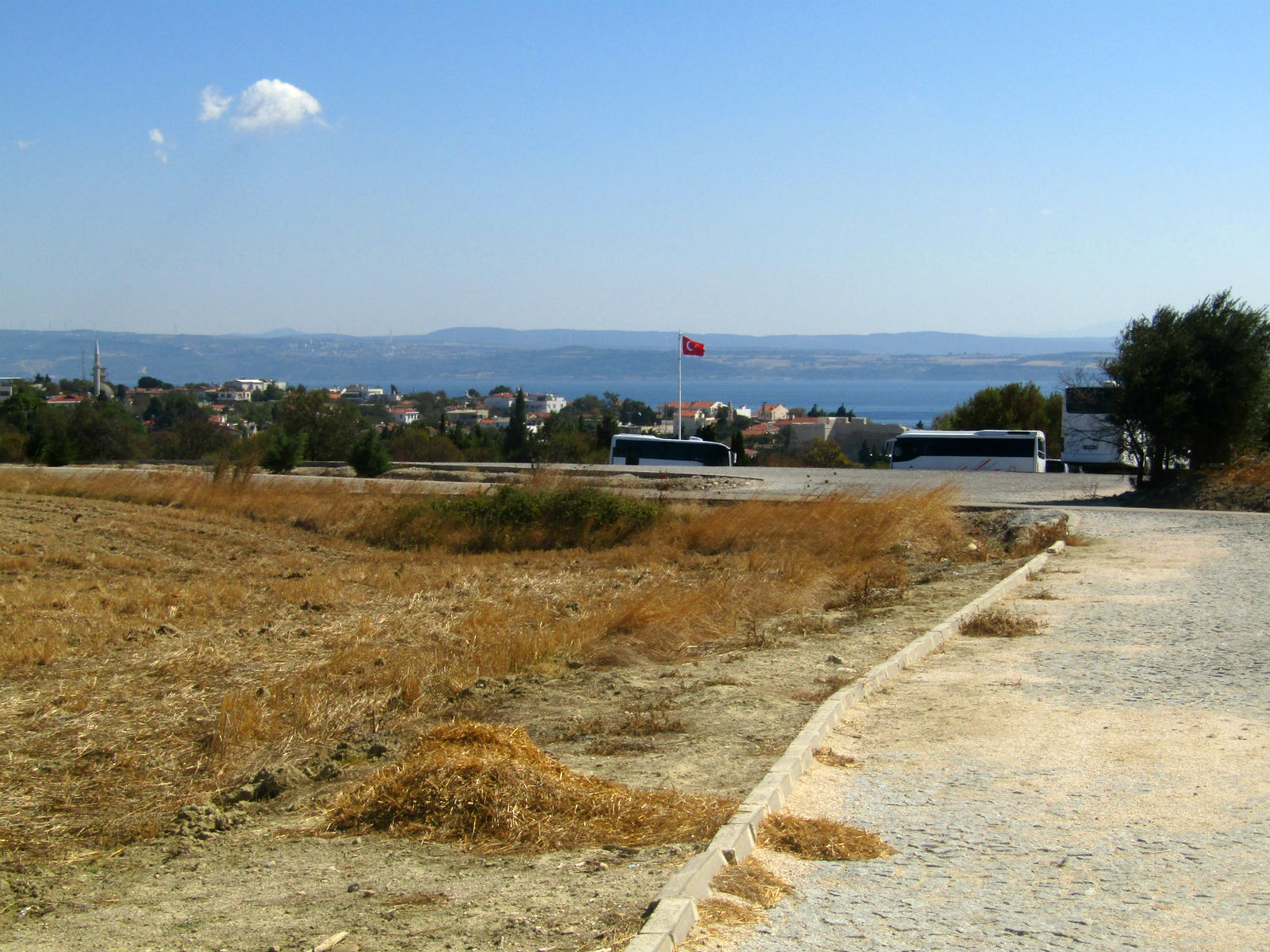
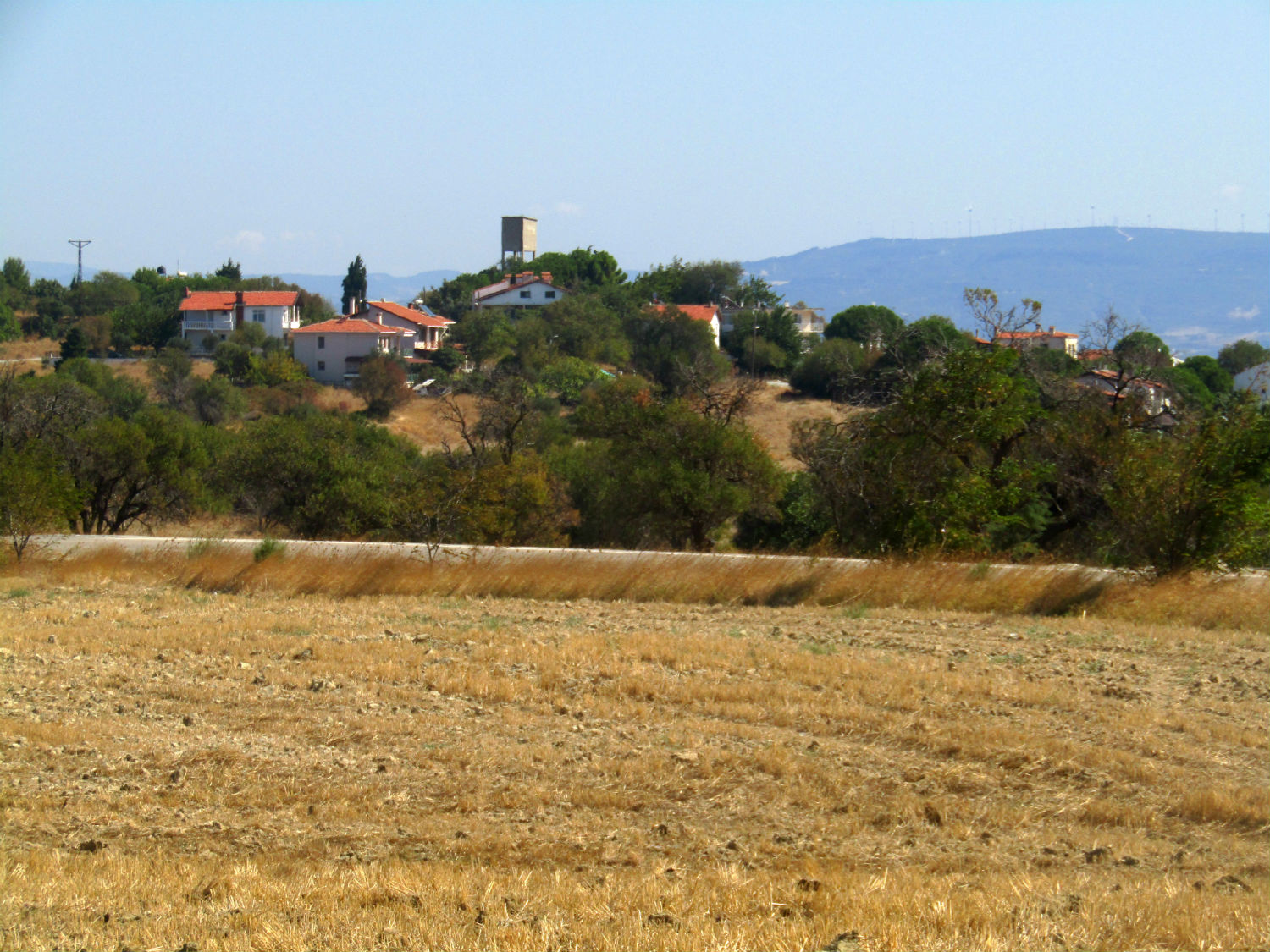 Cape Helles, Eceabat District, Çanakkale Province
Cape Helles, Eceabat District, Çanakkale Province
YA 31 Helles Memorial……..
The Allies landed on the peninsula on 25-26 April 1915; the 29th Division at Cape Helles in the south and the Australian and New Zealand Corps north of Gaba Tepe on the west coast, an area soon known as Anzac. On 28 April, following the landings at Helles, the first attack was mounted towards Achi Baba, the ridge which dominates the southern part of the peninsula. Fatigue, however, brought the assault to a halt some kilometres short of the objective, near the village of Krithia. Turkish counter attacks followed but were repulsed and during the period 6-8 May, the 29th and French Divisions, reinforced by the 2nd Australian and New Zealand Infantry Brigades, carried out a renewed attack on Krithia, making some gains but suffering heavy casualties. Between 1 May and the beginning of June, the 29th Indian Infantry Brigade and 42nd (East Lancashire) Division landed on the peninsula. With these reinforcements, the Allied force at Helles pushed forward once more on 4 June, but again to little effect. A further attack between 28 June and 5 July at Gully Ravine inflicted heavy casualties on the Turks, but despite local gains - at one point the line was pushed forward more than a kilometre - there was no breakthrough. By 13 July the advance at Helles was effectively over and the position remained unchanged until the evacuation in January 1916.
YA 33, Redoubt Cemetery……..Redoubt Cemetery takes its name from the chain of forts made by the Turks across the southern end of the peninsula in the fighting for Krithia and the Redoubt Line on which the advance halted in May. The cemetery was begun by the 2nd Australian Infantry Brigade in May 1915 and continued in use until the evacuation. It was greatly increased after the Armistice when the battlefields were cleared and graves were brought in from the following smaller cemeteries:- Krithia Nullah Nos. 1 and 2, West Krithia Nullah, Brown House, White House and Clapham Junction. There are now 2,027 servicemen of the First World War buried or commemorated in this cemetery. 1,393 of the burials are unidentified but special memorials commemorate 349 casualties known or believed to be buried among them.
YA 33, Redoubt Cemetery……..Redoubt Cemetery takes its name from the chain of forts made by the Turks across the southern end of the peninsula in the fighting for Krithia and the Redoubt Line on which the advance halted in May. The cemetery was begun by the 2nd Australian Infantry Brigade in May 1915 and continued in use until the evacuation. It was greatly increased after the Armistice when the battlefields were cleared and graves were brought in from the following smaller cemeteries:- Krithia Nullah Nos. 1 and 2, West Krithia Nullah, Brown House, White House and Clapham Junction. There are now 2,027 servicemen of the First World War buried or commemorated in this cemetery. 1,393 of the burials are unidentified but special memorials commemorate 349 casualties known or believed to be buried among them.
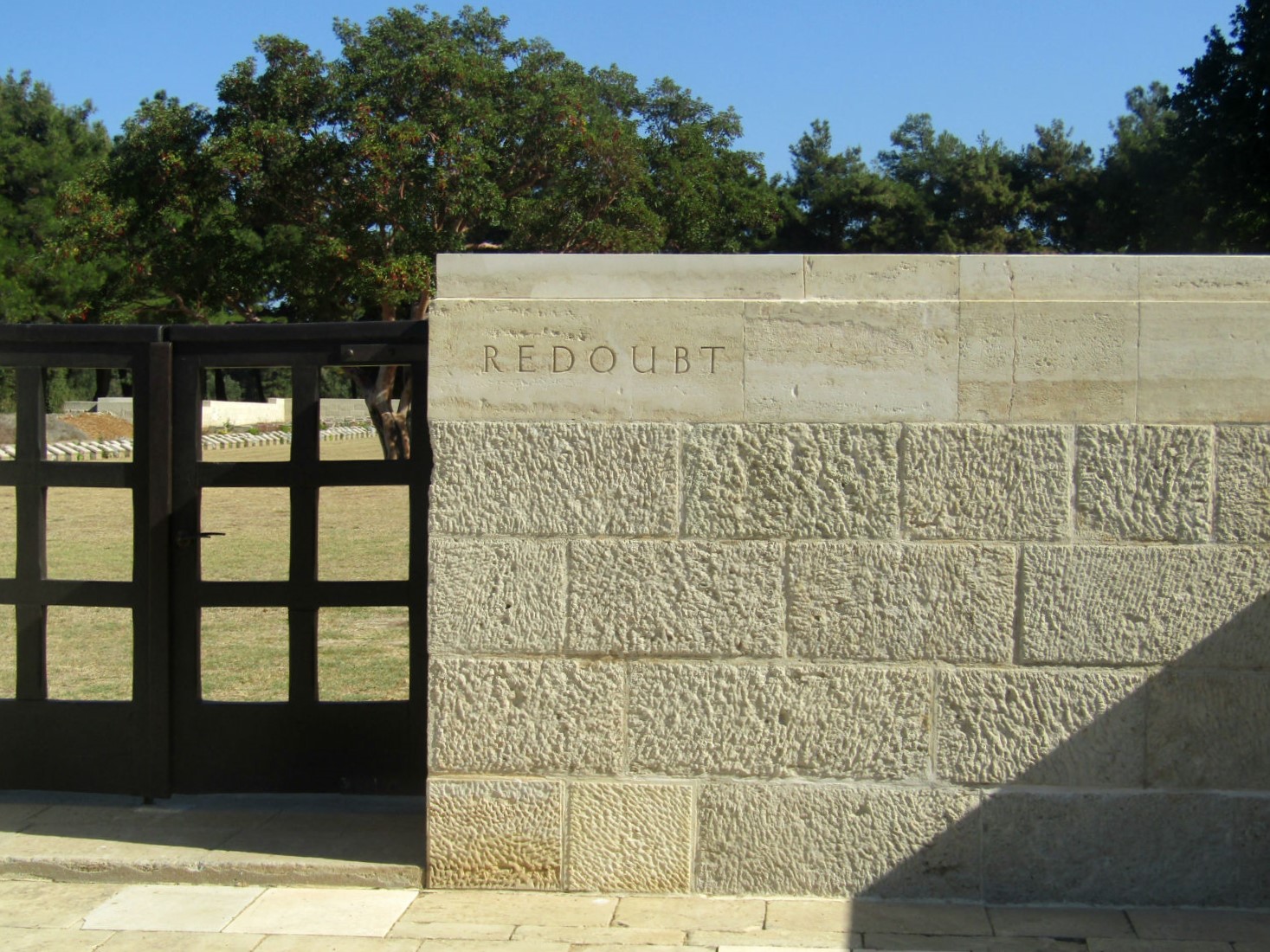


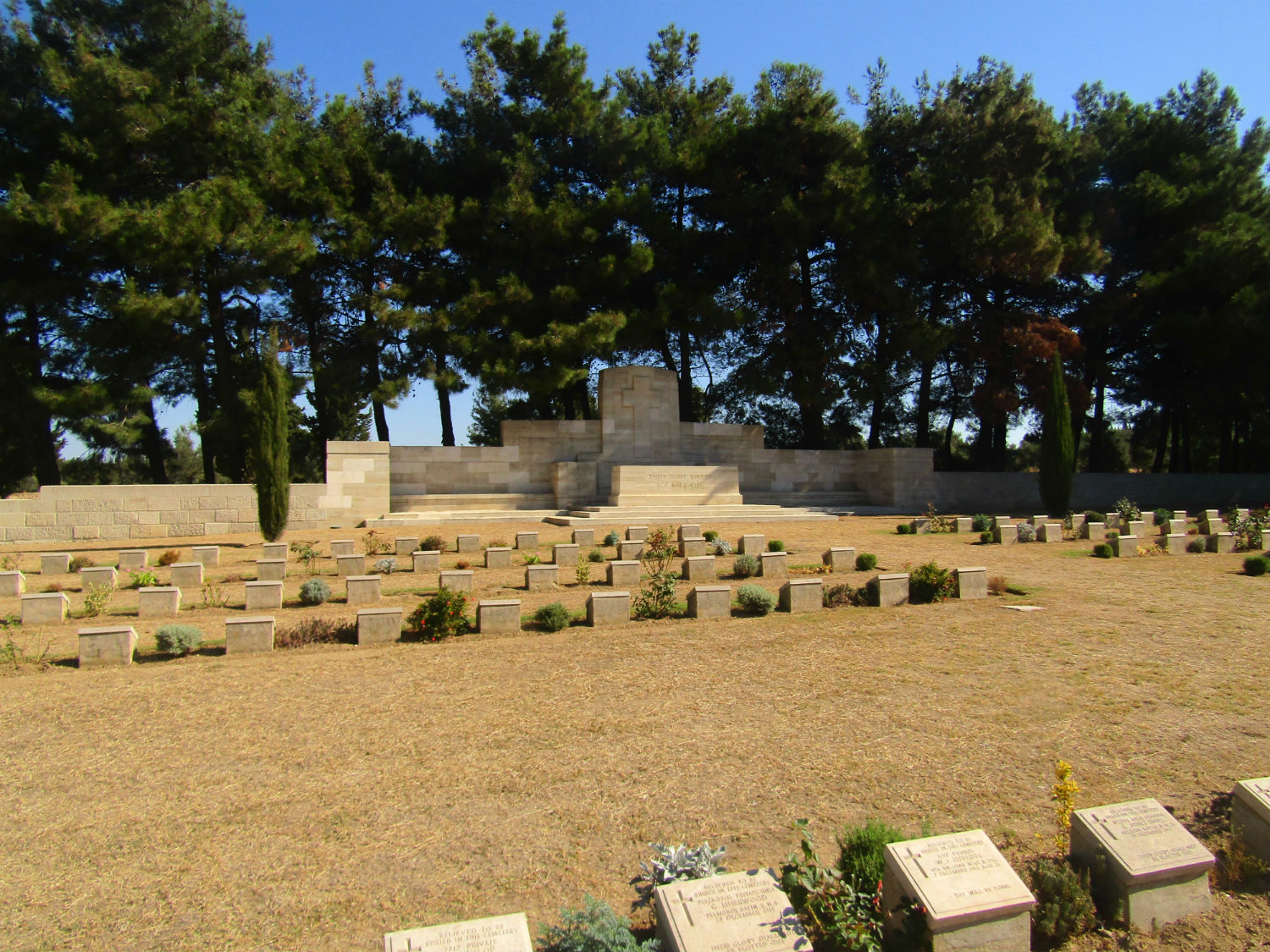
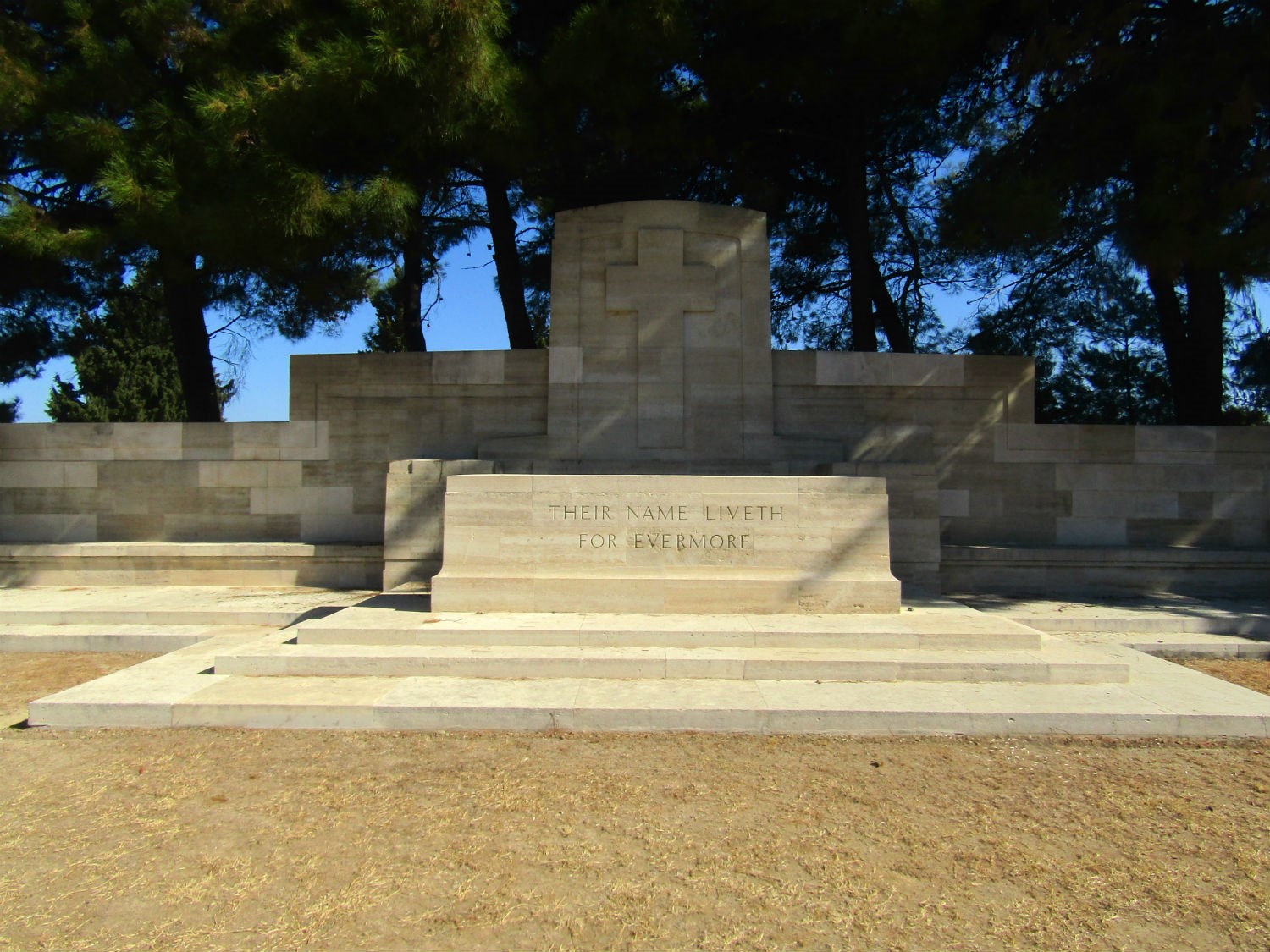
 Redoubt Cemetery, Cape Helles, Eceabat District, Çanakkale Province
Redoubt Cemetery, Cape Helles, Eceabat District, Çanakkale Province
YA 28, Skew Bridge Cemetery…….. Skew Bridge Cemetery was named from a wooden "skew" bridge carrying the Krithia road across the Dere, just behind the centre of the line occupied by the Allied forces on 27 April 1915. It was begun during the fighting of 6-8 May and used throughout the occupation. At the Armistice it contained only 53 graves (Plot I, less Row E), but was greatly enlarged when further burials were brought in from the battlefields and from the following smaller cemeteries:- Orchard Gully, R.N.D., Backhouse Post and Romanos Well. There are now 607 First World War servicemen buried or commemorated in this cemetery. 351 of the burials are unidentified but special memorials commemorate a number of casualties known or believed to be buried among them. The cemetery covers an area of 2,210 square metres.
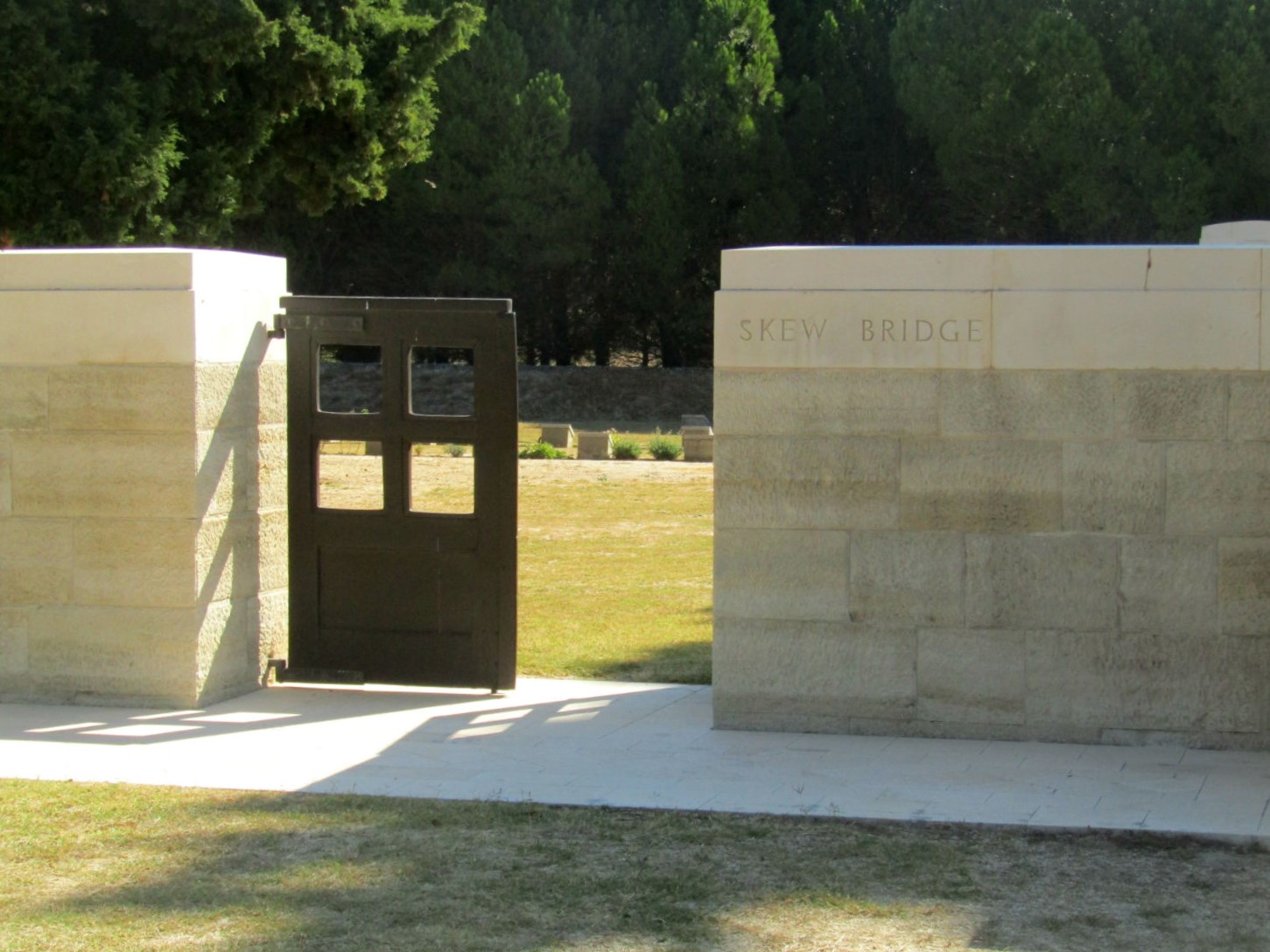

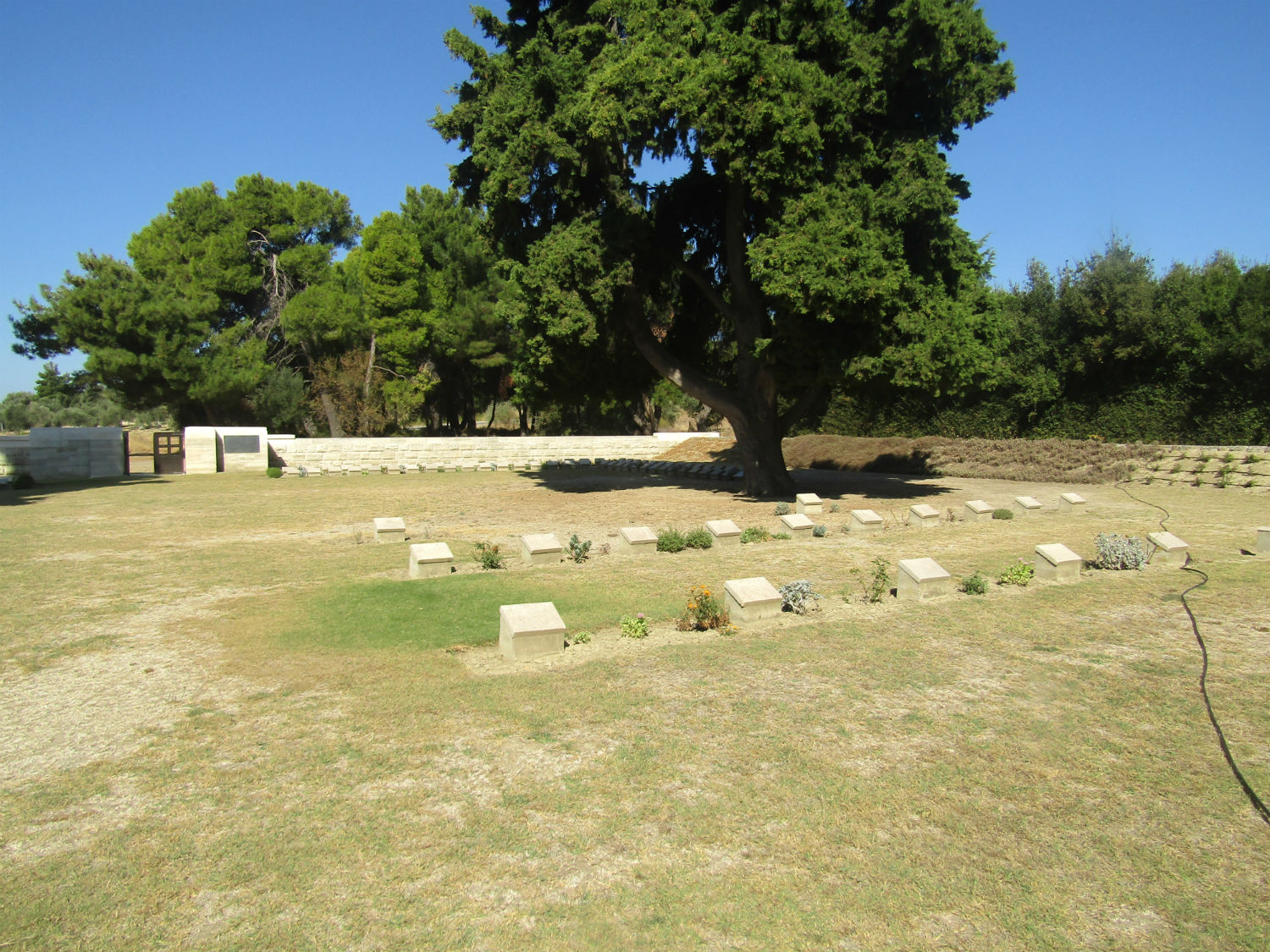 Skew Bridge Cemetery, Cape Helles, Eceabat District, Çanakkale Province
Skew Bridge Cemetery, Cape Helles, Eceabat District, Çanakkale Province
TA 23, Çanakkale Şehitliği ve Şehitler Abidesi (Canakkale Martyrs' Monument)……..The Çanakkale Martyrs' Memorial is a war memorial commemorating the service of about 253,000 Turkish soldiers who participated at the Battle of Gallipoli, which took place from April 1915 to December 1915 during the First World War. It is located within the Gallipoli Peninsula Historical National Park on Hisarlık Hill in Morto Bay at the southern end of the Gallipoli peninsula in Çanakkale Province. The memorial was depicted on the reverse of the Turkish 500,000 lira banknotes of 1993-2005.
For the erection of a memorial in Gallipoli, an architectural contest was opened in 1944. The design by architects Doğan Erginbaş, Ismail Utkular and civil engineer Ertuğrul Barla won the official contest. Construction of the monument was decided in 1952, and the ground stone was laid on 19 April 1954. Financial problems caused interruption of the construction works several times. The main structure was completed on 15 March 1958. In the meantime, the Turkish daily Milliyet started a countrywide financial support campaign, and the memorial was officially opened on 21 August 1960.
The 41.70 m (137 ft) high monument is in the form of four square columns 7.5 m (25 ft) wide with 10 m (33 ft) space between each other, topped by a concrete slab of 25 by 25 m (82 by 82 ft). The huge structure is well visible during passage through the Dardanelles.
The museum underneath the monument was opened later and the bas-reliefs on the columns were completed afterwards. Situated to the north of the memorial, a war cemetery holding the remains of 600 Turkish soldiers was established in 1992.
Posted at the site, an inscription with verses from the Turkish national anthem by Mehmet Akif Ersoy, is a reminder to visitors:
Do not ignore the ground on which you have walked,
It is not ordinary soil,
Reflect on the thousands of people, who lie beneath,
Without a shroud,
You are the son of a martyr,
Do not hurt your ancestor,
Do not give away this beautiful motherland,
Even if you have the whole world.
Inside the museum, beneath the memorial, further information and historical artifacts illustrate the magnitude of the Battle of Gallipoli, against the Allied powers: British, French, and Australian and New Zealand Army Corps (ANZAC). Original personal and military items, such as cutlery, a set of false teeth, dress buttons, belt buckles, sniper shields, and photographs found on the battlefield, are on display in the museum.
A monument commemorating the soldiers and officers of the famous 57th Regiment of the 19th Division, who all were killed in action, was opened in 1992. It is a three-story tower with a relief inscription of Staff Lieutenant-Colonel Mustafa Kemal's famous command to his soldiers who ran out of ammunition and had nothing left but bayonets, on the morning of 25 April 1915 to meet the ANZACs on the slopes leading up from the beach to the heights of Chunuk Bair: 'I do not order you to attack, I order you to die'.
As a sign of respect, there is no 57th Regiment in the modern Turkish army.
For the erection of a memorial in Gallipoli, an architectural contest was opened in 1944. The design by architects Doğan Erginbaş, Ismail Utkular and civil engineer Ertuğrul Barla won the official contest. Construction of the monument was decided in 1952, and the ground stone was laid on 19 April 1954. Financial problems caused interruption of the construction works several times. The main structure was completed on 15 March 1958. In the meantime, the Turkish daily Milliyet started a countrywide financial support campaign, and the memorial was officially opened on 21 August 1960.
The 41.70 m (137 ft) high monument is in the form of four square columns 7.5 m (25 ft) wide with 10 m (33 ft) space between each other, topped by a concrete slab of 25 by 25 m (82 by 82 ft). The huge structure is well visible during passage through the Dardanelles.
The museum underneath the monument was opened later and the bas-reliefs on the columns were completed afterwards. Situated to the north of the memorial, a war cemetery holding the remains of 600 Turkish soldiers was established in 1992.
Posted at the site, an inscription with verses from the Turkish national anthem by Mehmet Akif Ersoy, is a reminder to visitors:
Do not ignore the ground on which you have walked,
It is not ordinary soil,
Reflect on the thousands of people, who lie beneath,
Without a shroud,
You are the son of a martyr,
Do not hurt your ancestor,
Do not give away this beautiful motherland,
Even if you have the whole world.
Inside the museum, beneath the memorial, further information and historical artifacts illustrate the magnitude of the Battle of Gallipoli, against the Allied powers: British, French, and Australian and New Zealand Army Corps (ANZAC). Original personal and military items, such as cutlery, a set of false teeth, dress buttons, belt buckles, sniper shields, and photographs found on the battlefield, are on display in the museum.
A monument commemorating the soldiers and officers of the famous 57th Regiment of the 19th Division, who all were killed in action, was opened in 1992. It is a three-story tower with a relief inscription of Staff Lieutenant-Colonel Mustafa Kemal's famous command to his soldiers who ran out of ammunition and had nothing left but bayonets, on the morning of 25 April 1915 to meet the ANZACs on the slopes leading up from the beach to the heights of Chunuk Bair: 'I do not order you to attack, I order you to die'.
As a sign of respect, there is no 57th Regiment in the modern Turkish army.

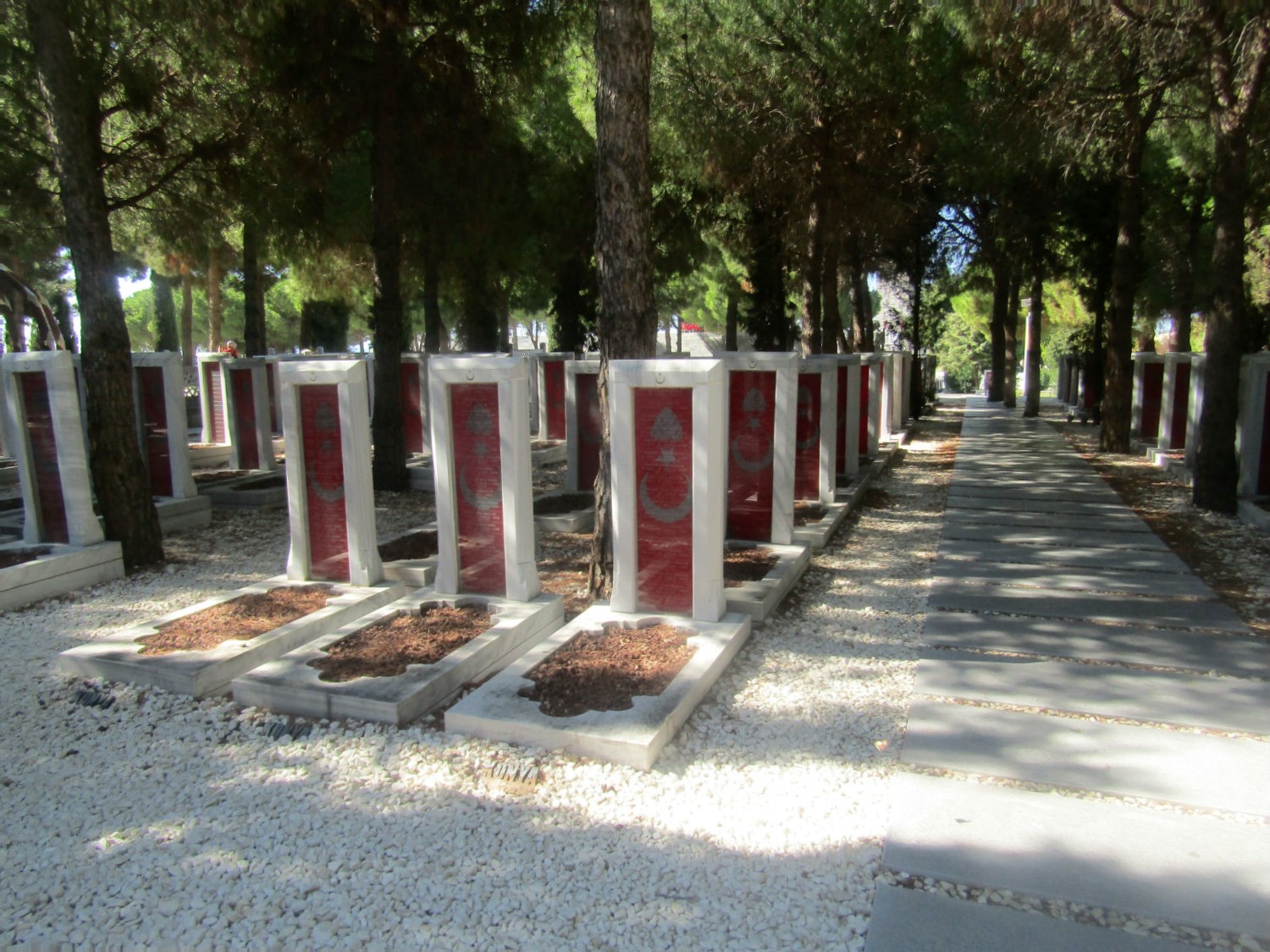
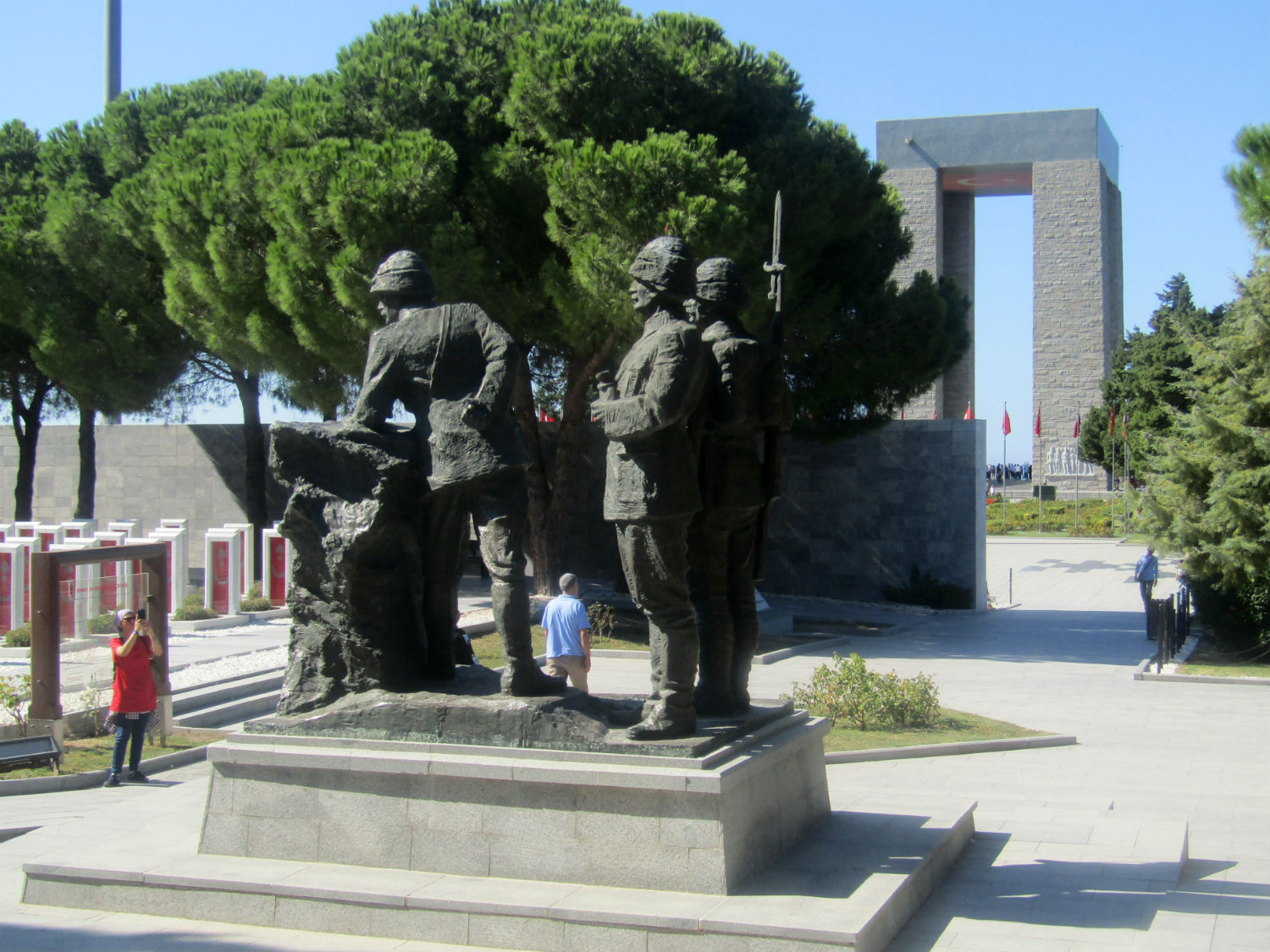

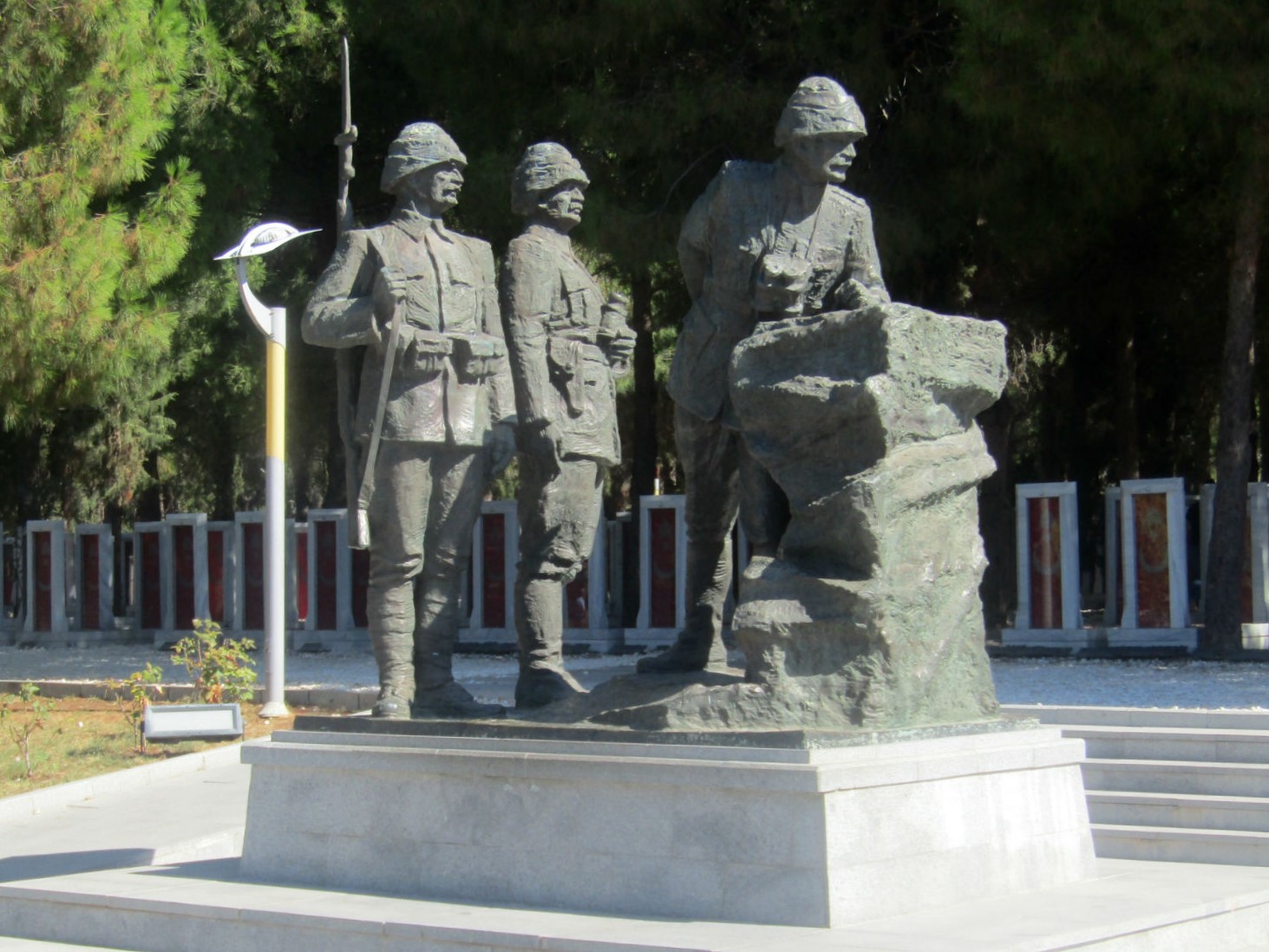

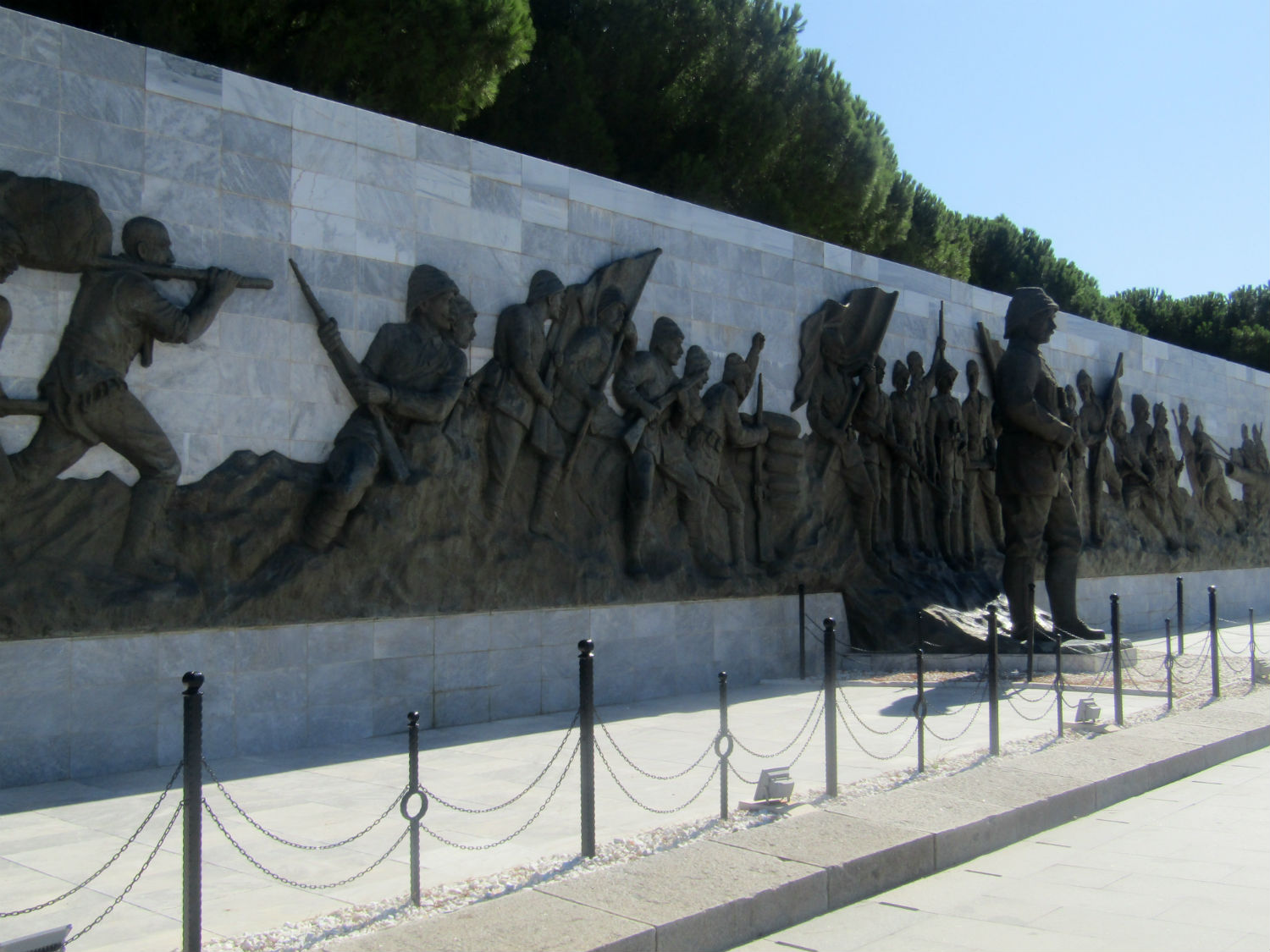



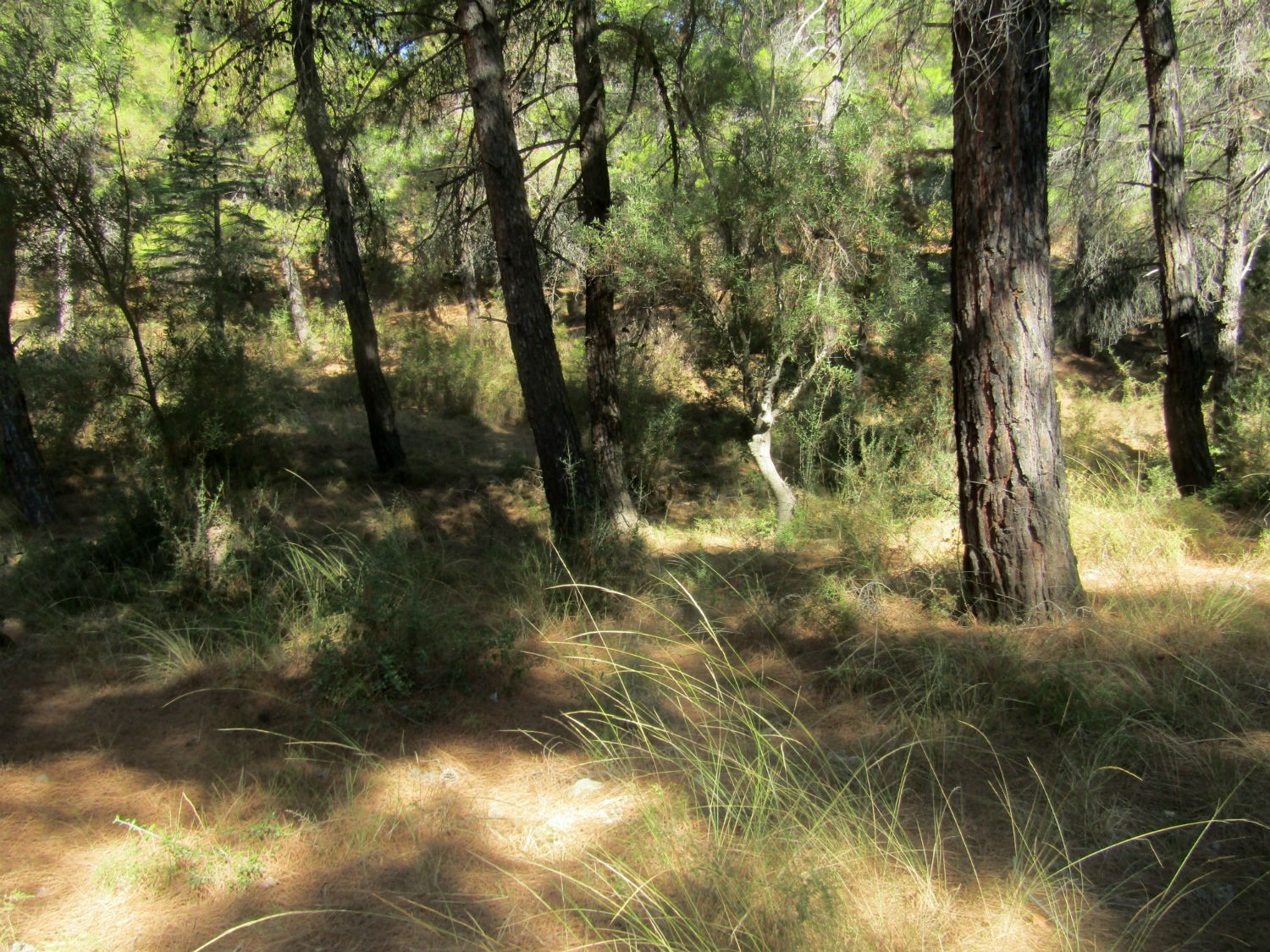
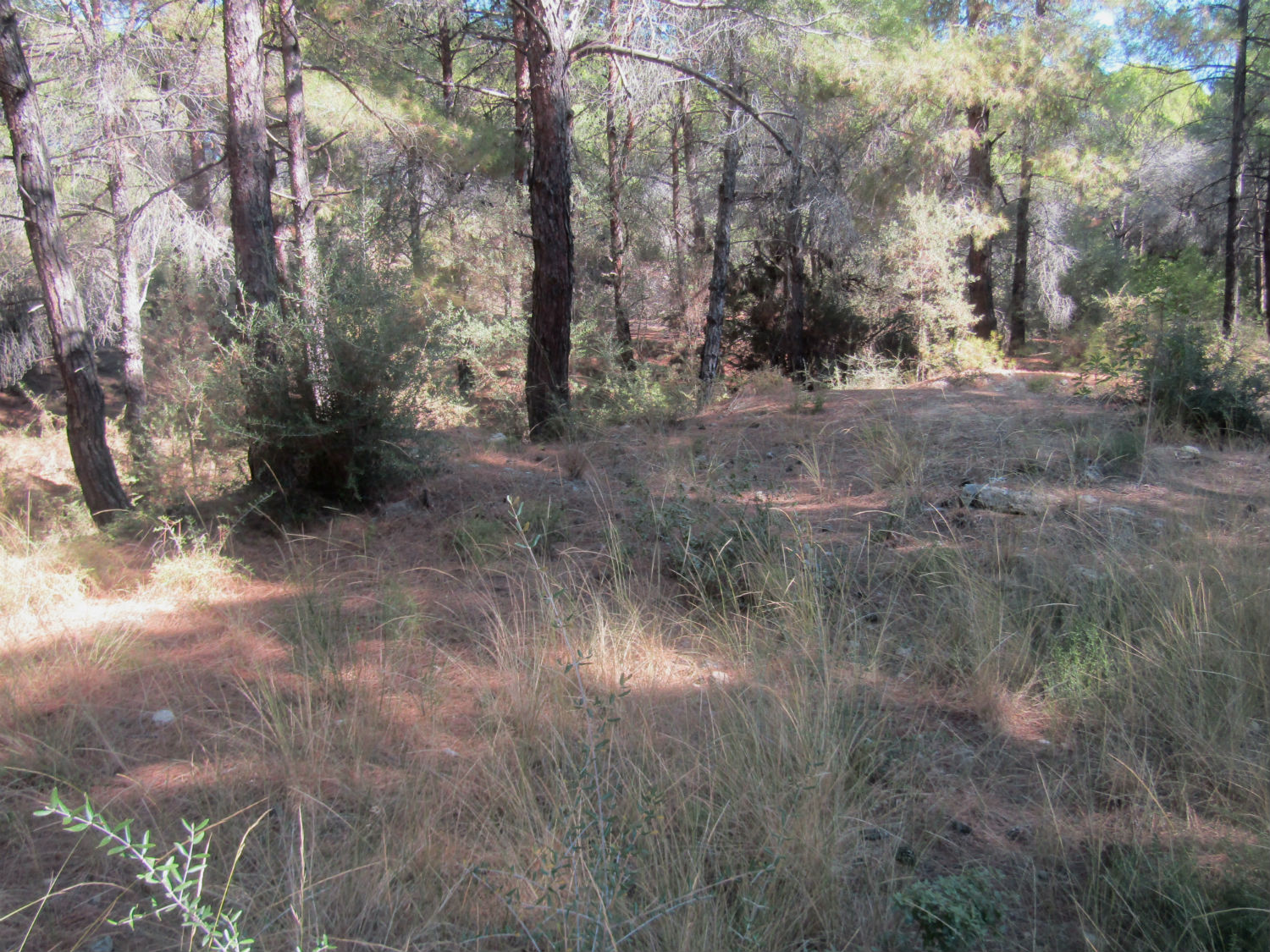 Çanakkale Şehitliği ve Şehitler Abidesi (Canakkale Martyrs Monument), Cape Helles, Eceabat District, Çanakkale Province
Çanakkale Şehitliği ve Şehitler Abidesi (Canakkale Martyrs Monument), Cape Helles, Eceabat District, Çanakkale Province
YA 27, Sedd El Bahr French Military Cemetery……..The Sedd El Bahr French Military Cemetery is just across from Morto Bay. Here are the crosses with the names of the 2236 French war dead with inscriptions 'They died for France'. Behind them are four graves, each representing 3000 unidentified soldiers who died for France. The monument was built in 1929 on behalf of all the French who died in battle denoted as the 'children of France'. It was built in the shape of a clock tower with the names of the French land and naval units that participated in the war and contain the poems written by Victor Hugo.
The casualties resulted from landings of the main body of the French Corps at 'V' Beach on the night of the 25th/26th April 1915.
The casualties resulted from landings of the main body of the French Corps at 'V' Beach on the night of the 25th/26th April 1915.
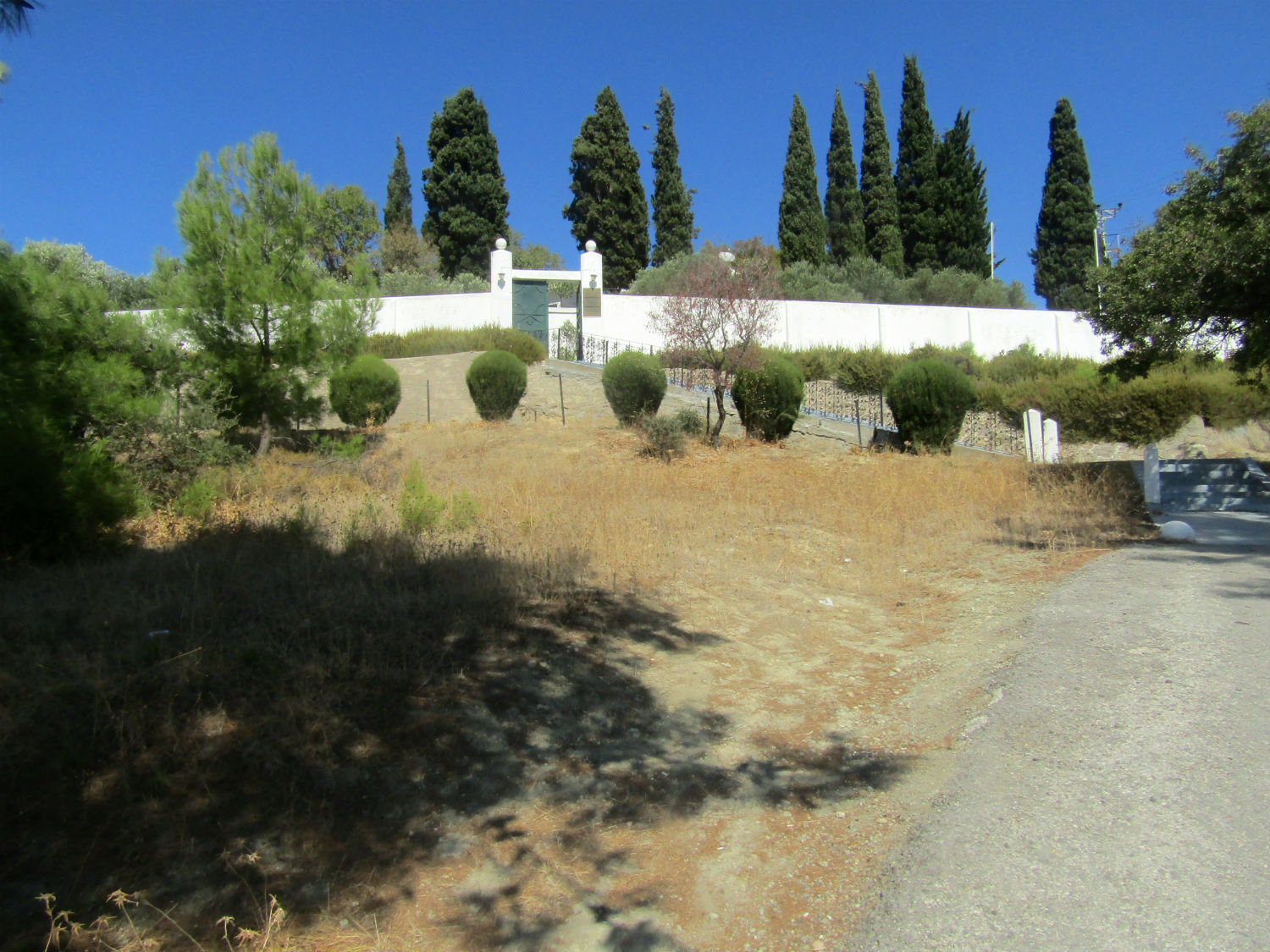
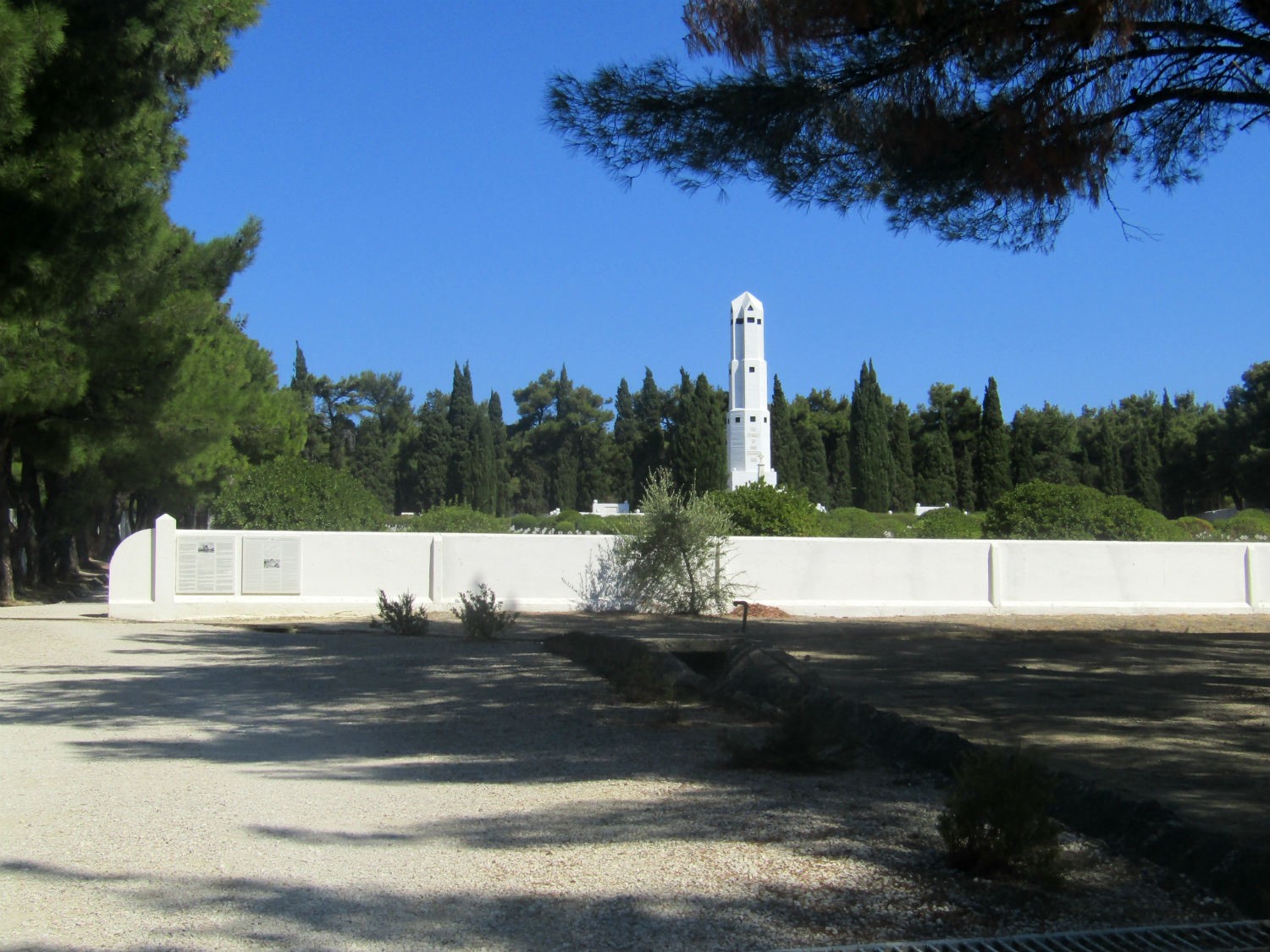
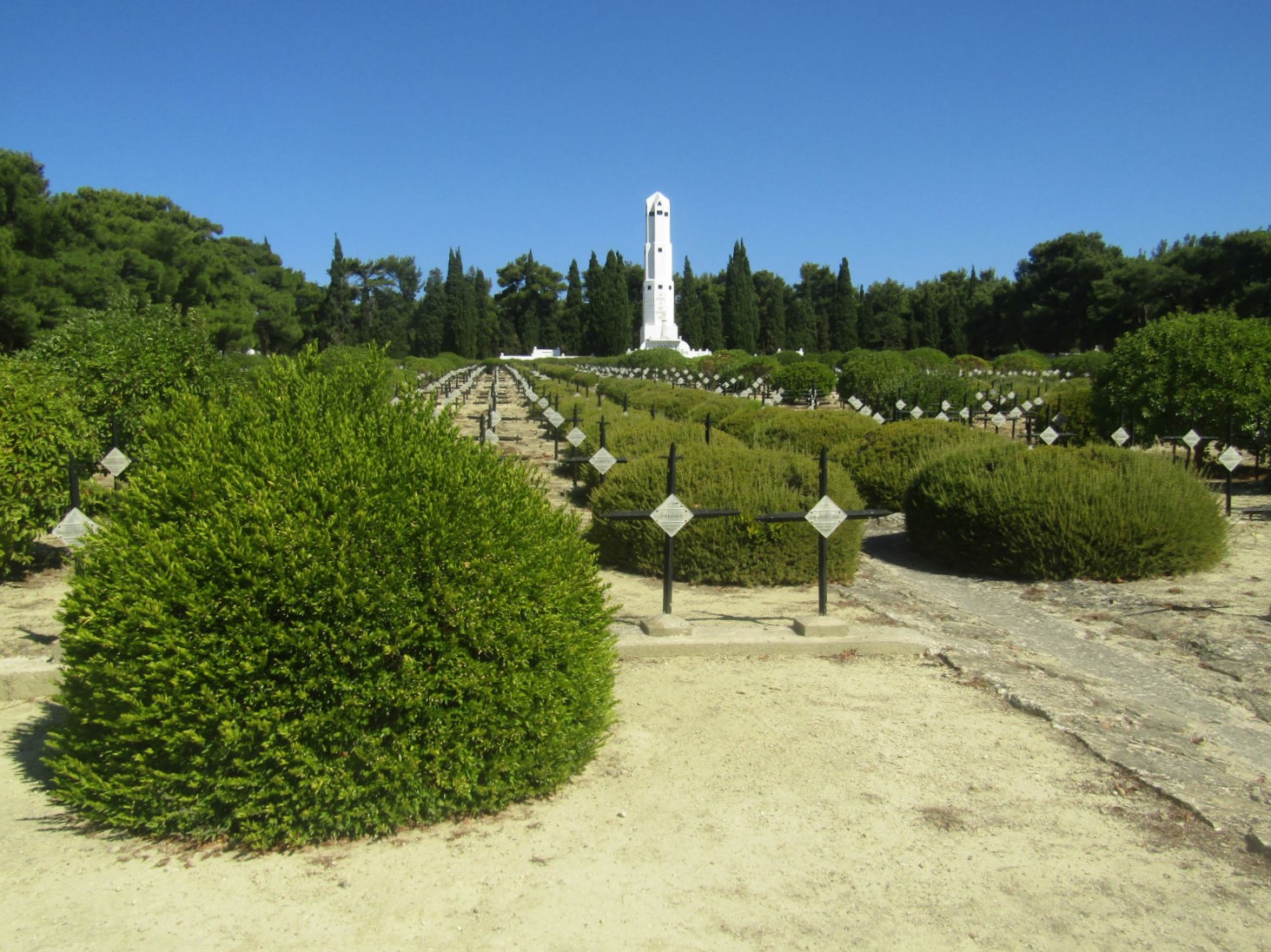
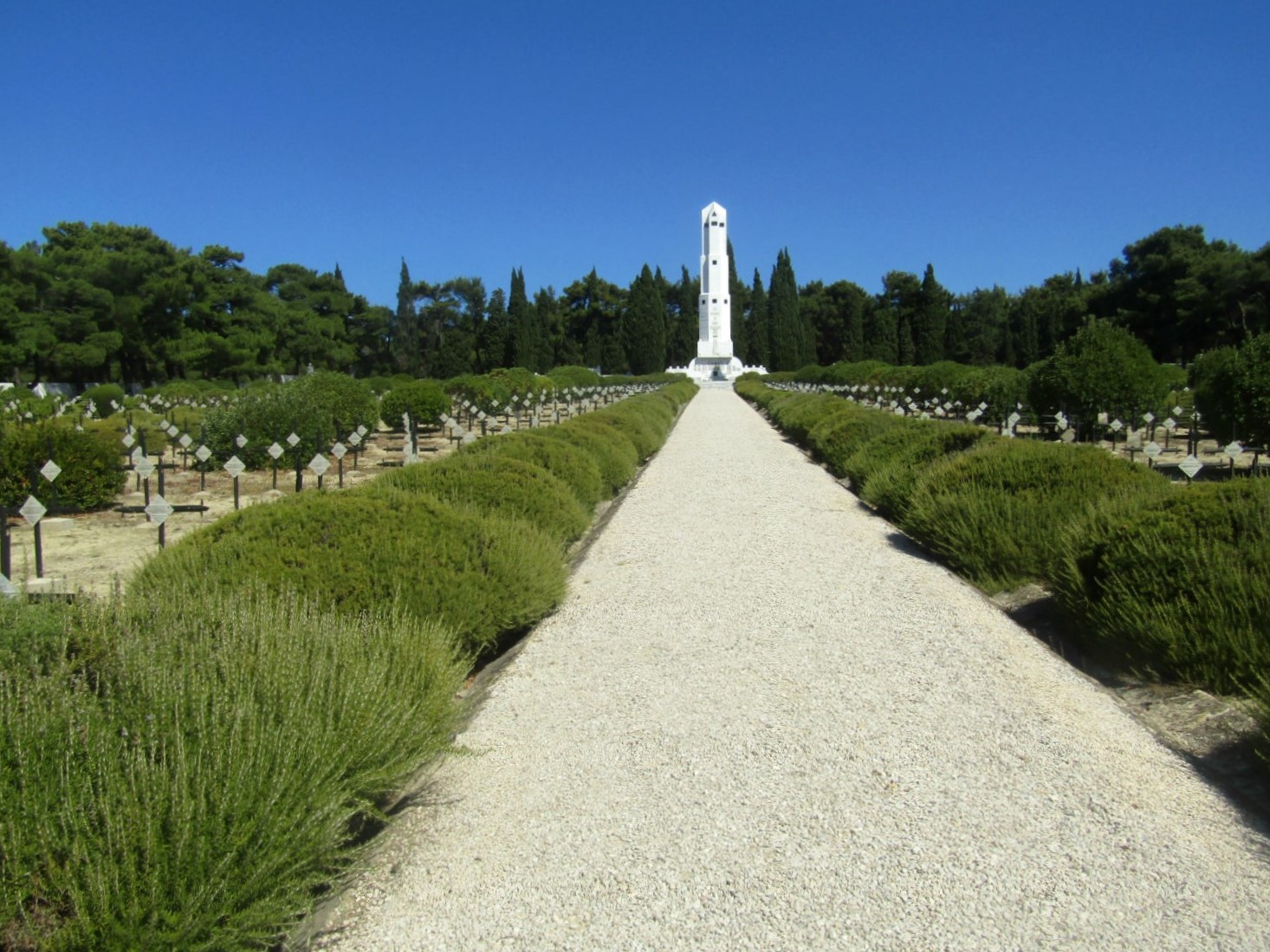
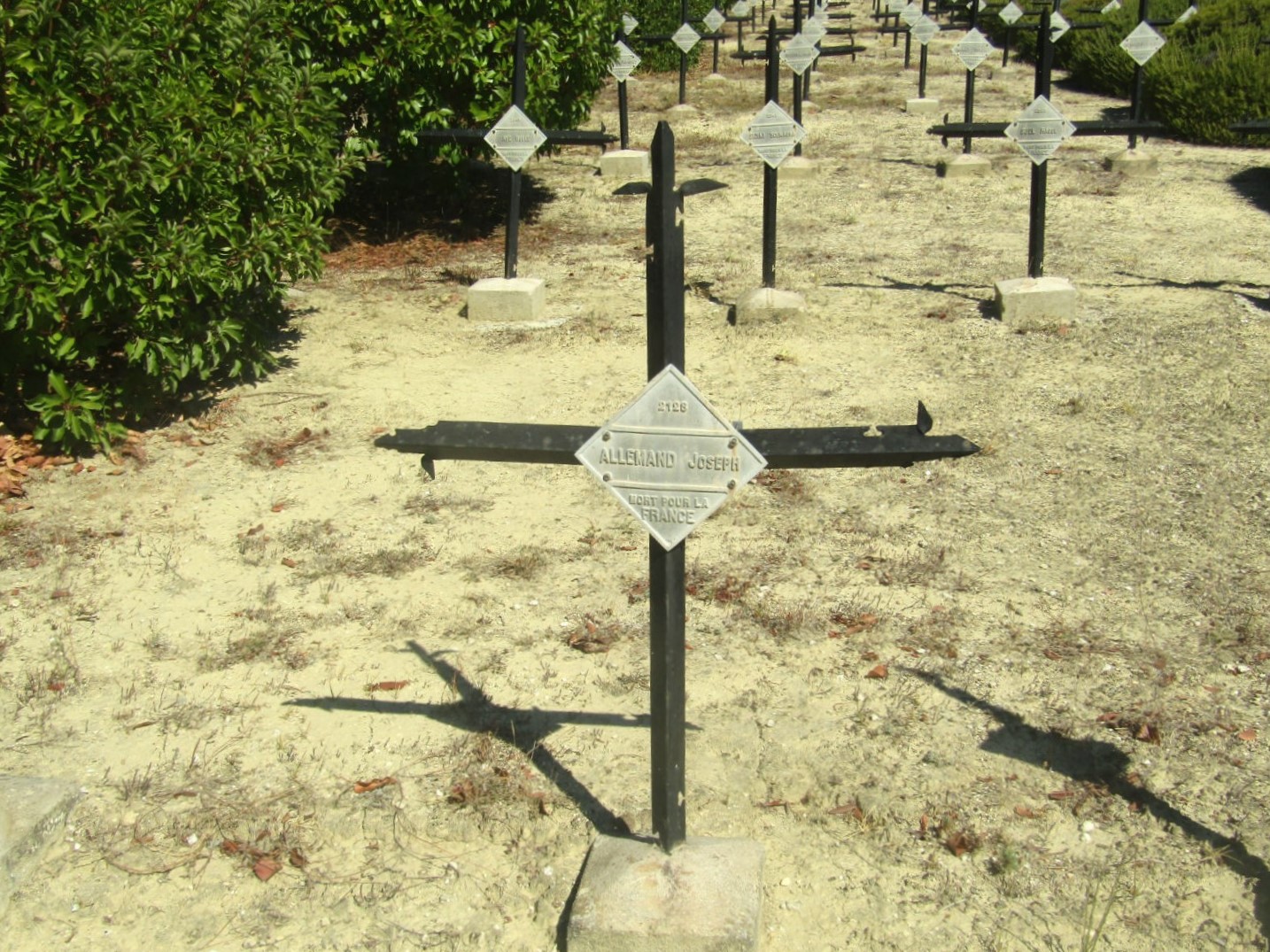
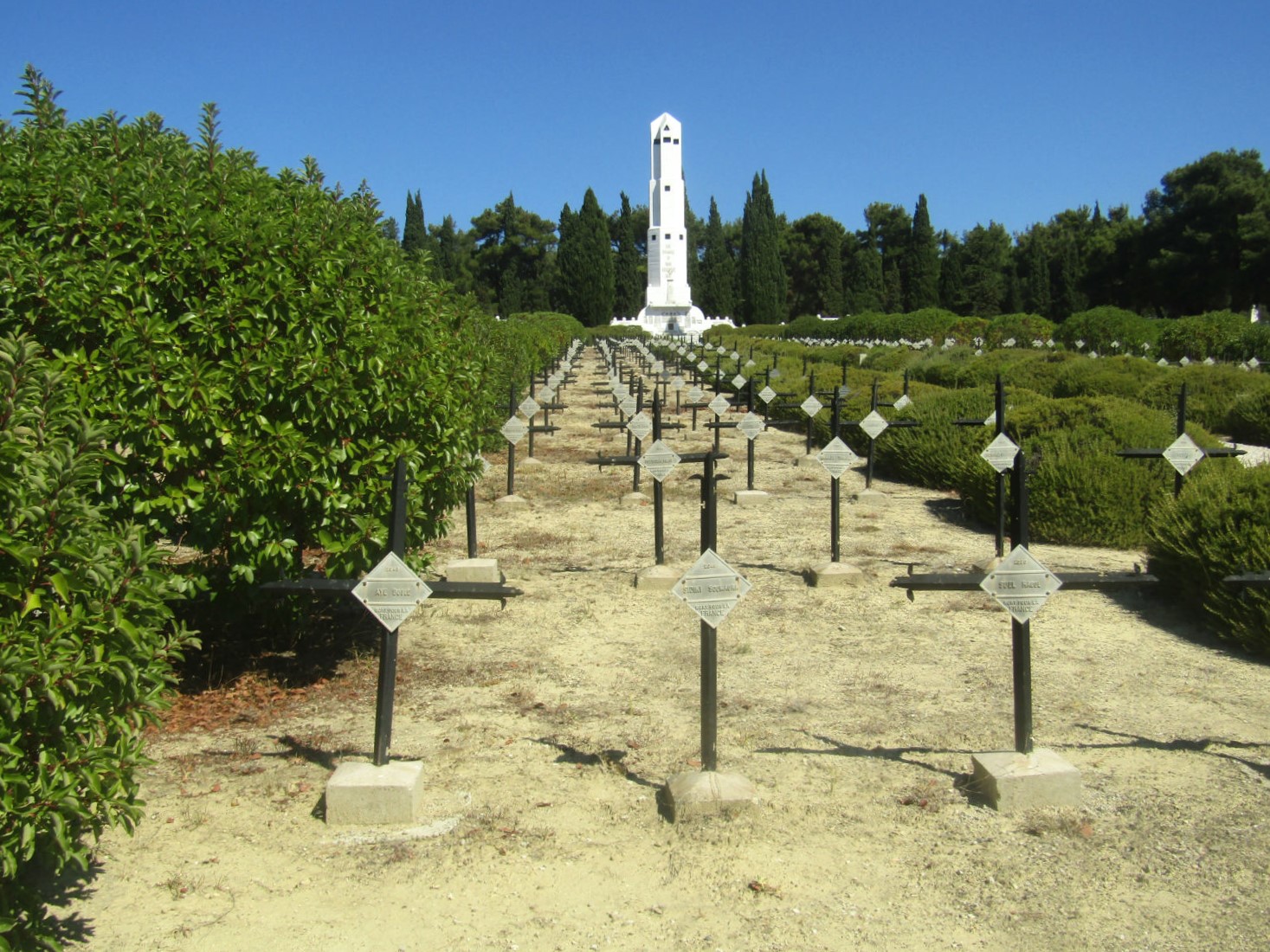

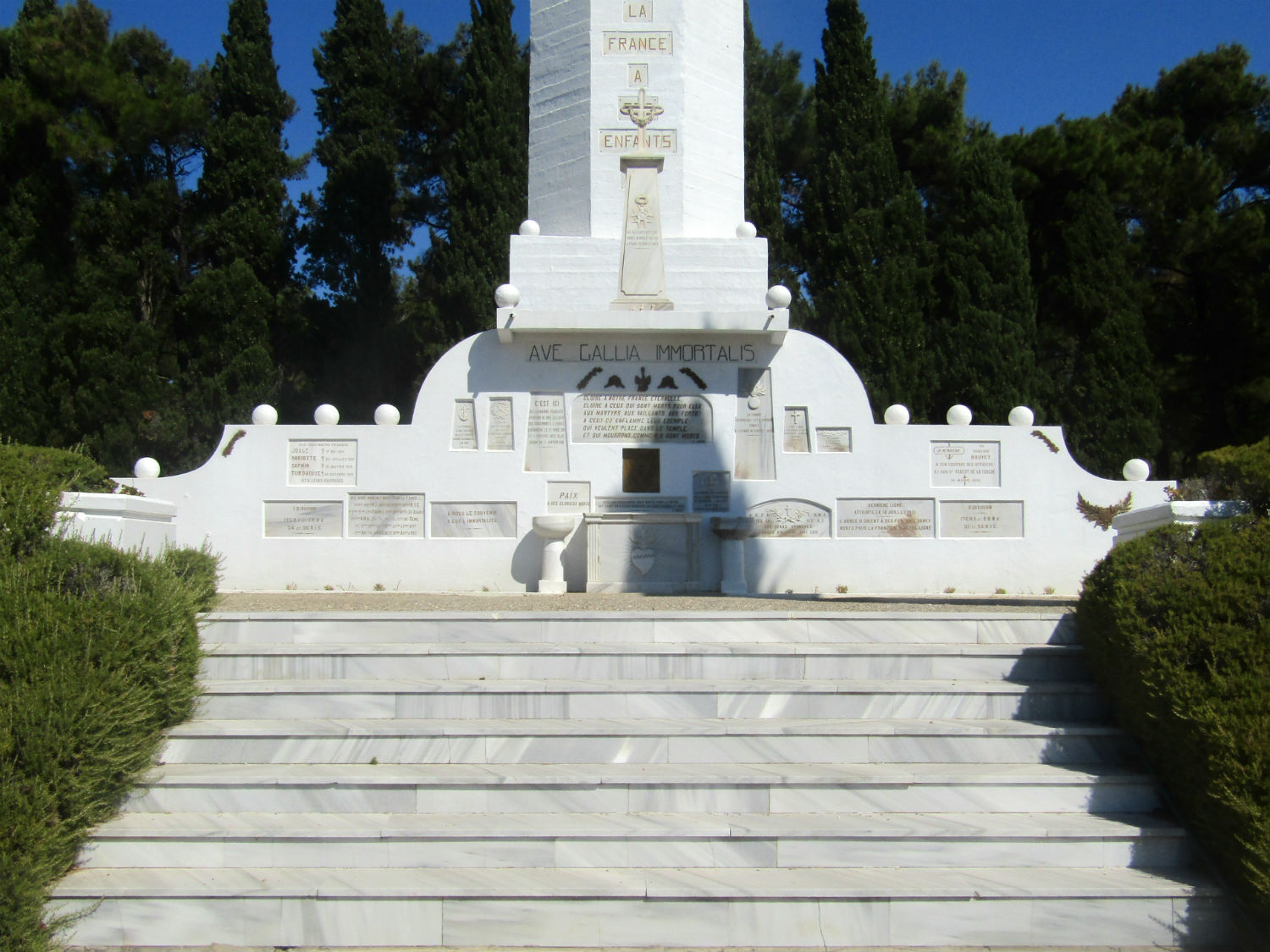
 Sedd El Bahr French Military Cemetery, Cape Helles, Eceabat District, Çanakkale Province
Sedd El Bahr French Military Cemetery, Cape Helles, Eceabat District, Çanakkale Province
YA 30, 'V' Beach Cemetery…….. The landing at 'V' Beach was to be made by boats containing three companies of the 1st Royal Dublin Fusiliers, followed by the collier 'River Clyde' with the rest of the Dublins, the 1st Royal Munster Fusiliers, half the 2nd Hampshire Regiment and other troops. The place was very strongly fortified and heavy casualties were sustained during the landing. On the morning of 26 April, Lieutenant Colonel Charles Doughty-Wylie and Captain Garth Walford led the survivors on the beach to the capture of Sedd el Bahr village and the old castle above it. Both won the Victoria Cross but were killed during the fight (Captain Walford is buried at V Beach, Colonel Doughty-Wylie is buried in an isolated grave on the spot where he was killed). That evening, the main body of the French Corps began to land at 'V' Beach and after the following day, the front line had advanced about three kilometres beyond it. The cemetery was used during April and May 1915 and 13 graves were brought in after the Armistice for burial in Row O. There are now 696 servicemen of the First World War buried or commemorated in this cemetery. 480 of the burials are unidentified but special memorials commemorate 196 officers and men, nearly all belonging to the units which landed on 25 April, known or believed to be buried among them.
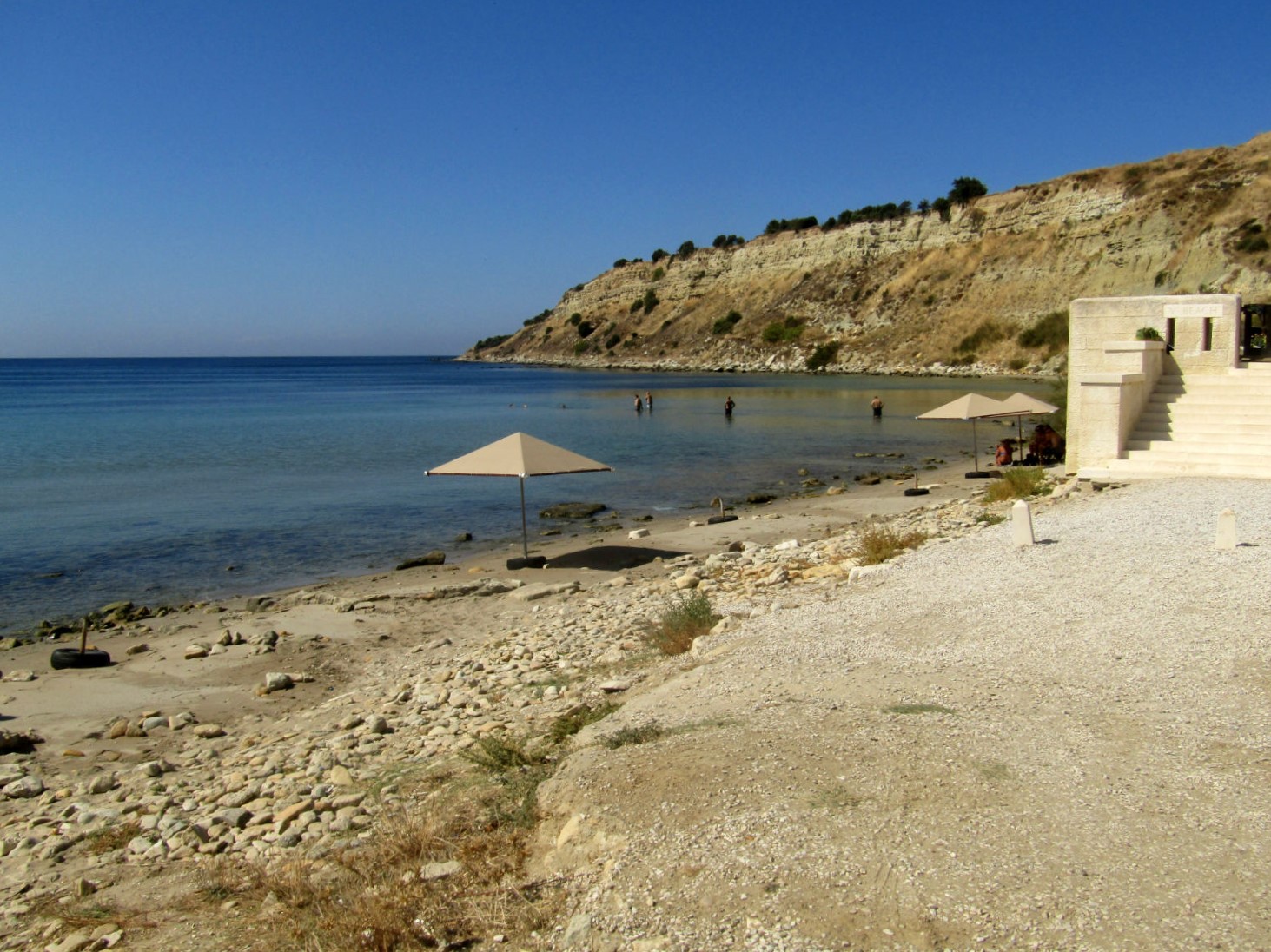
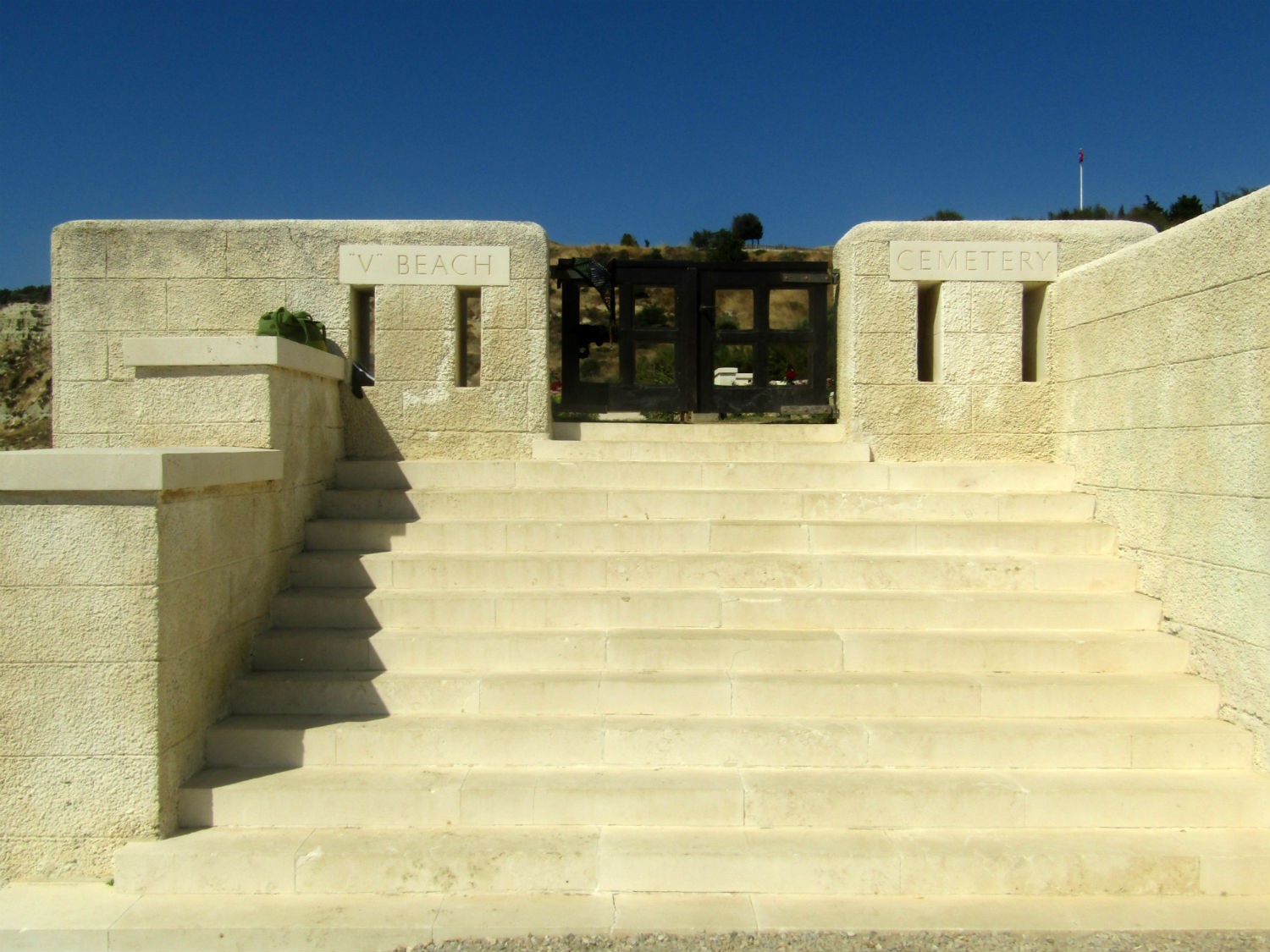
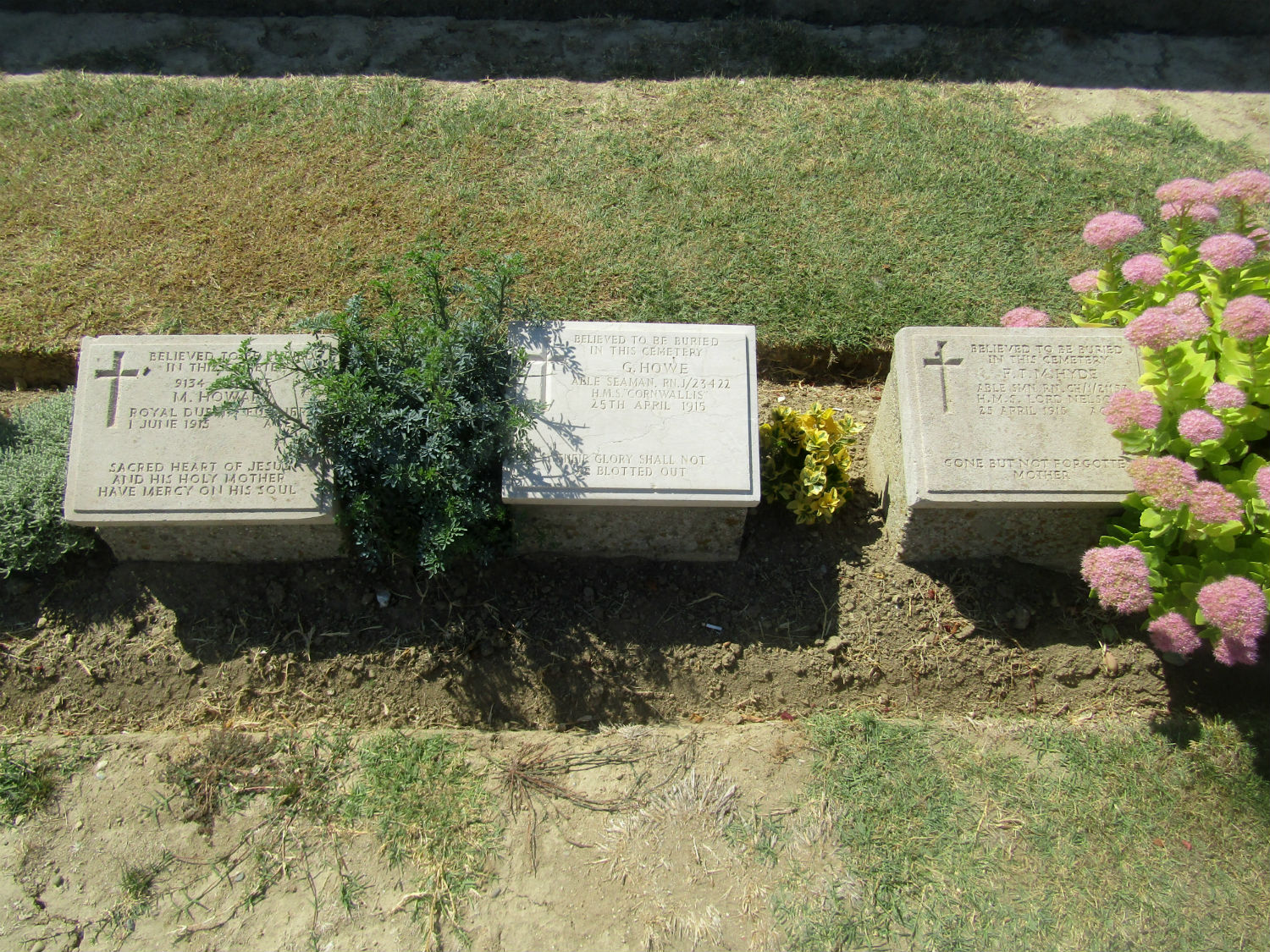
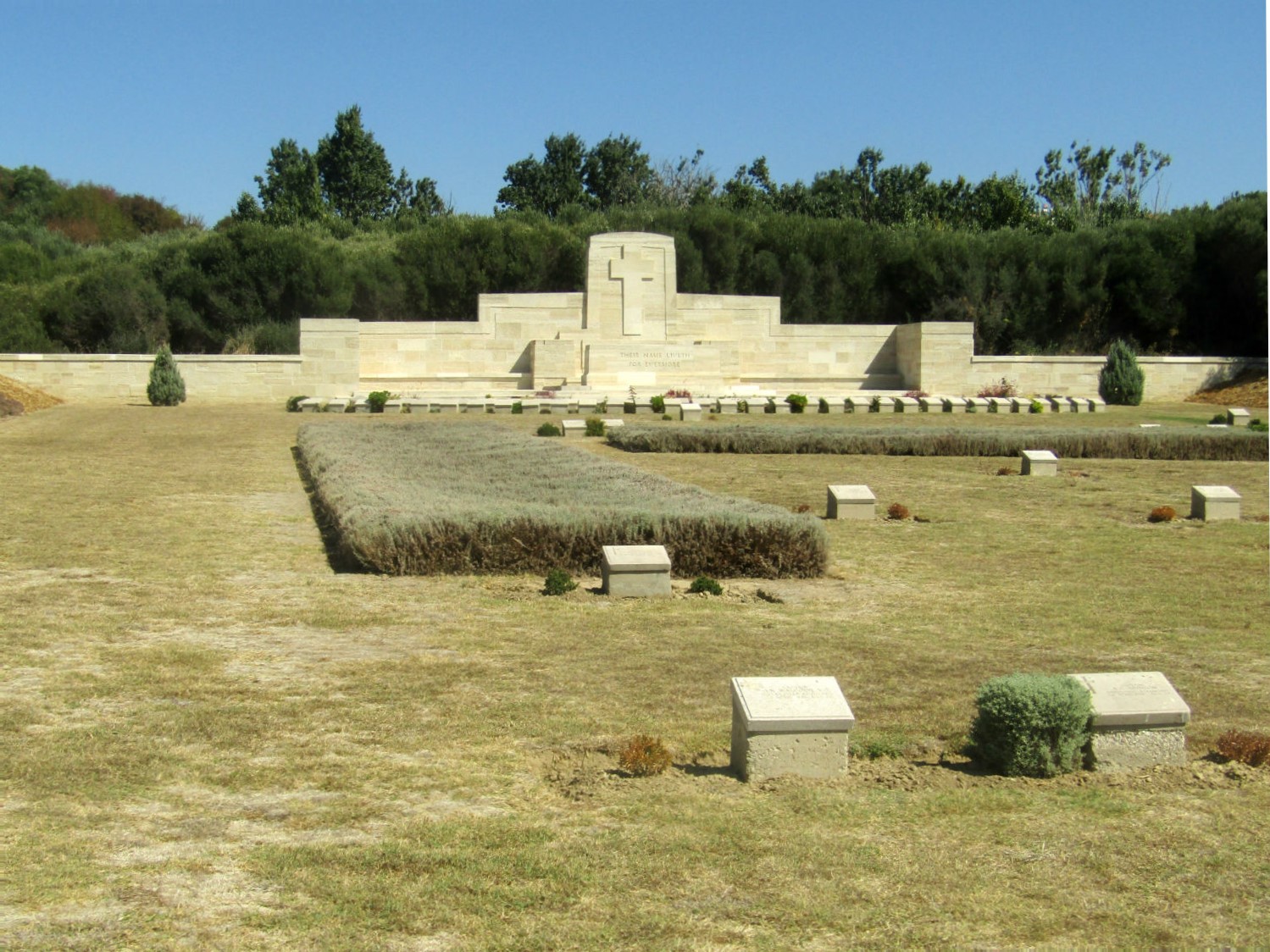
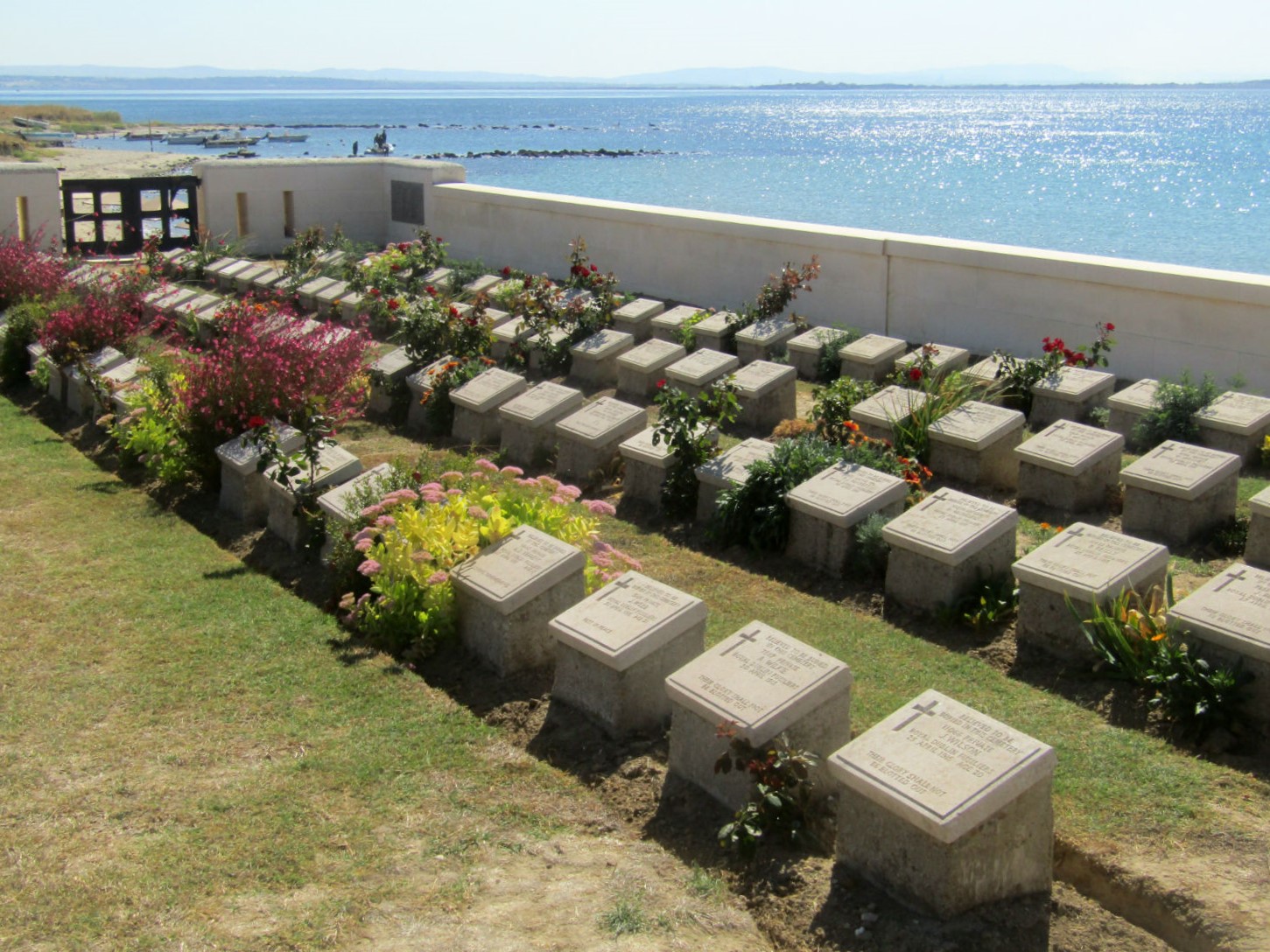
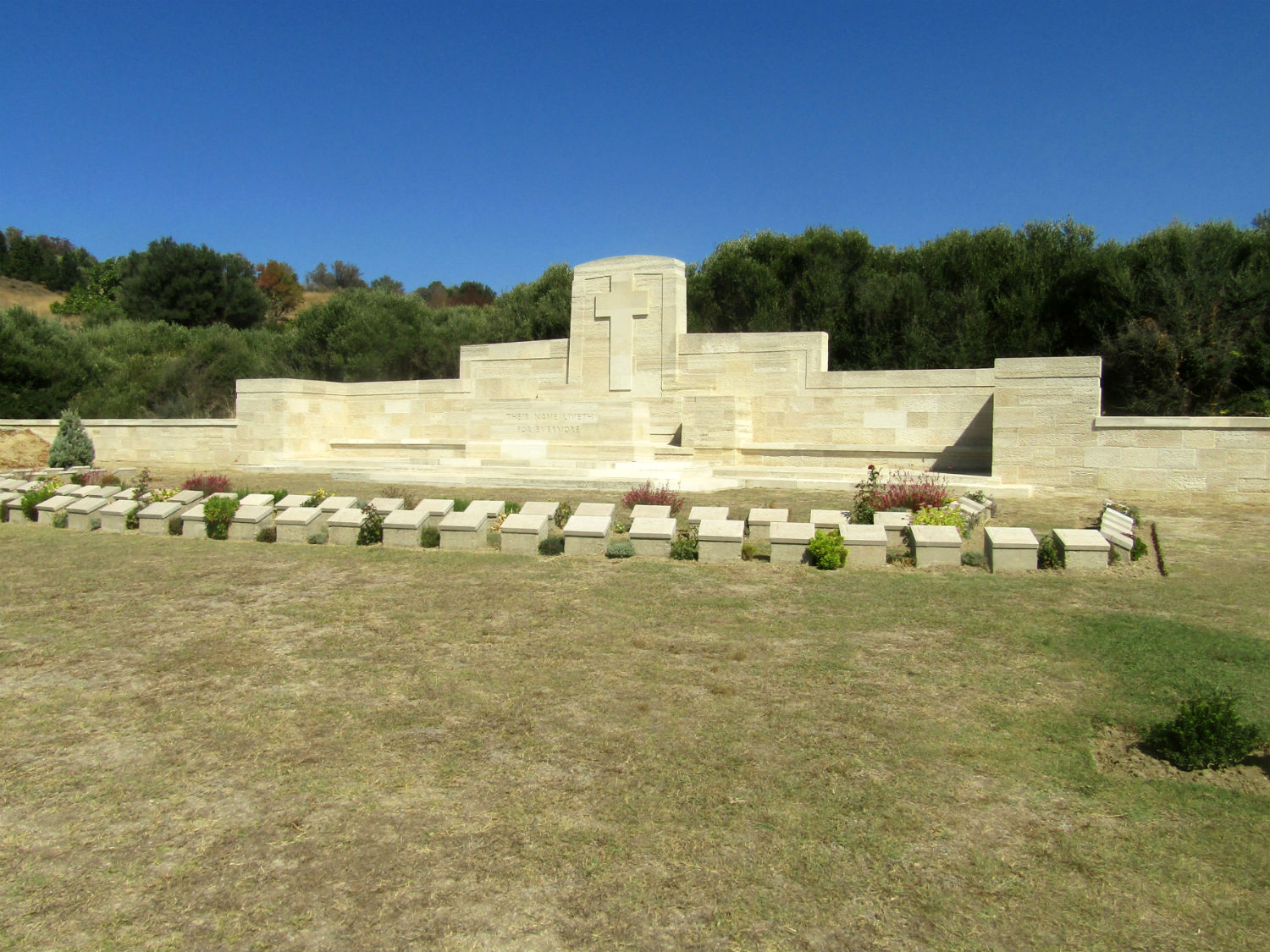
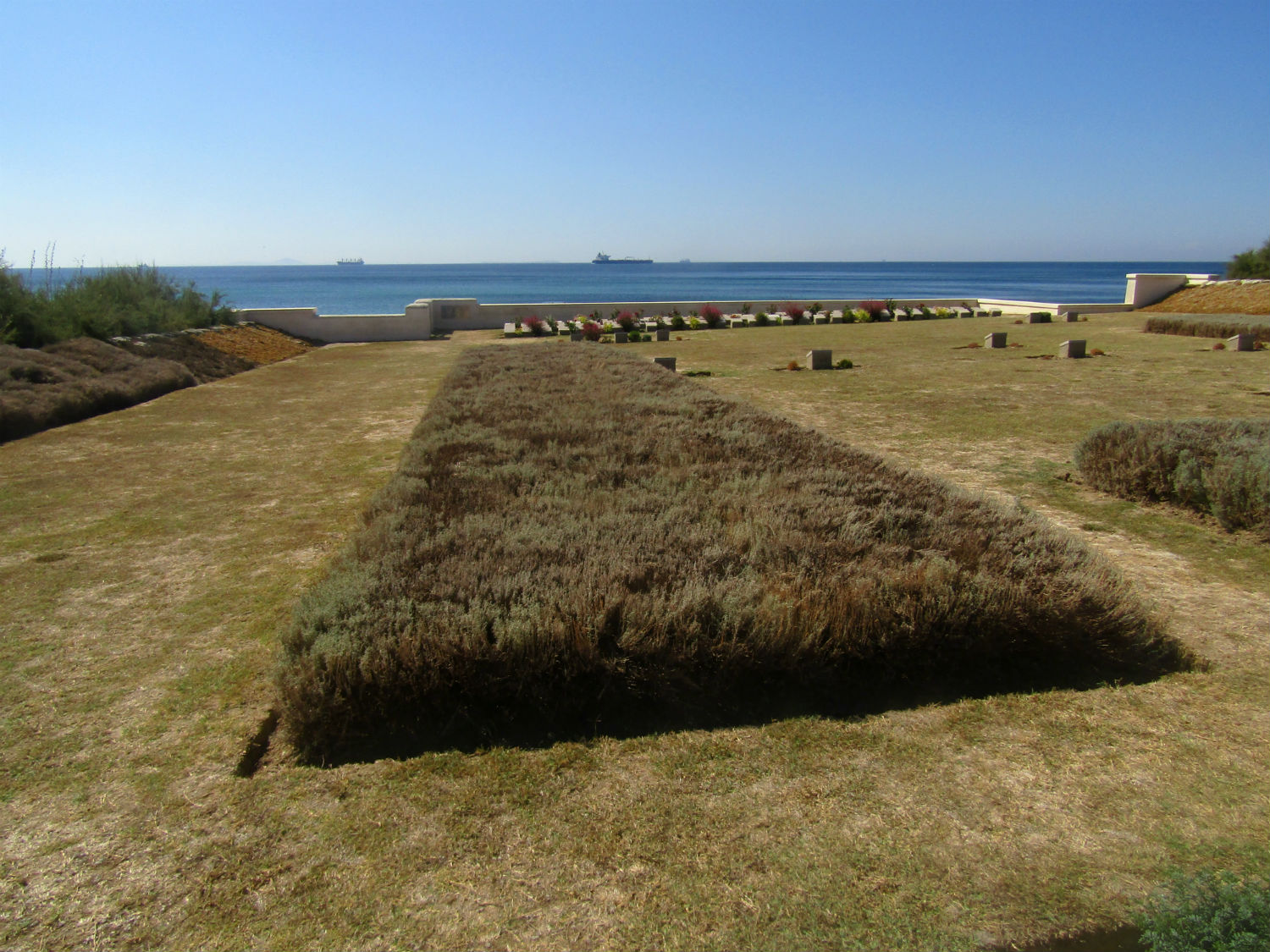
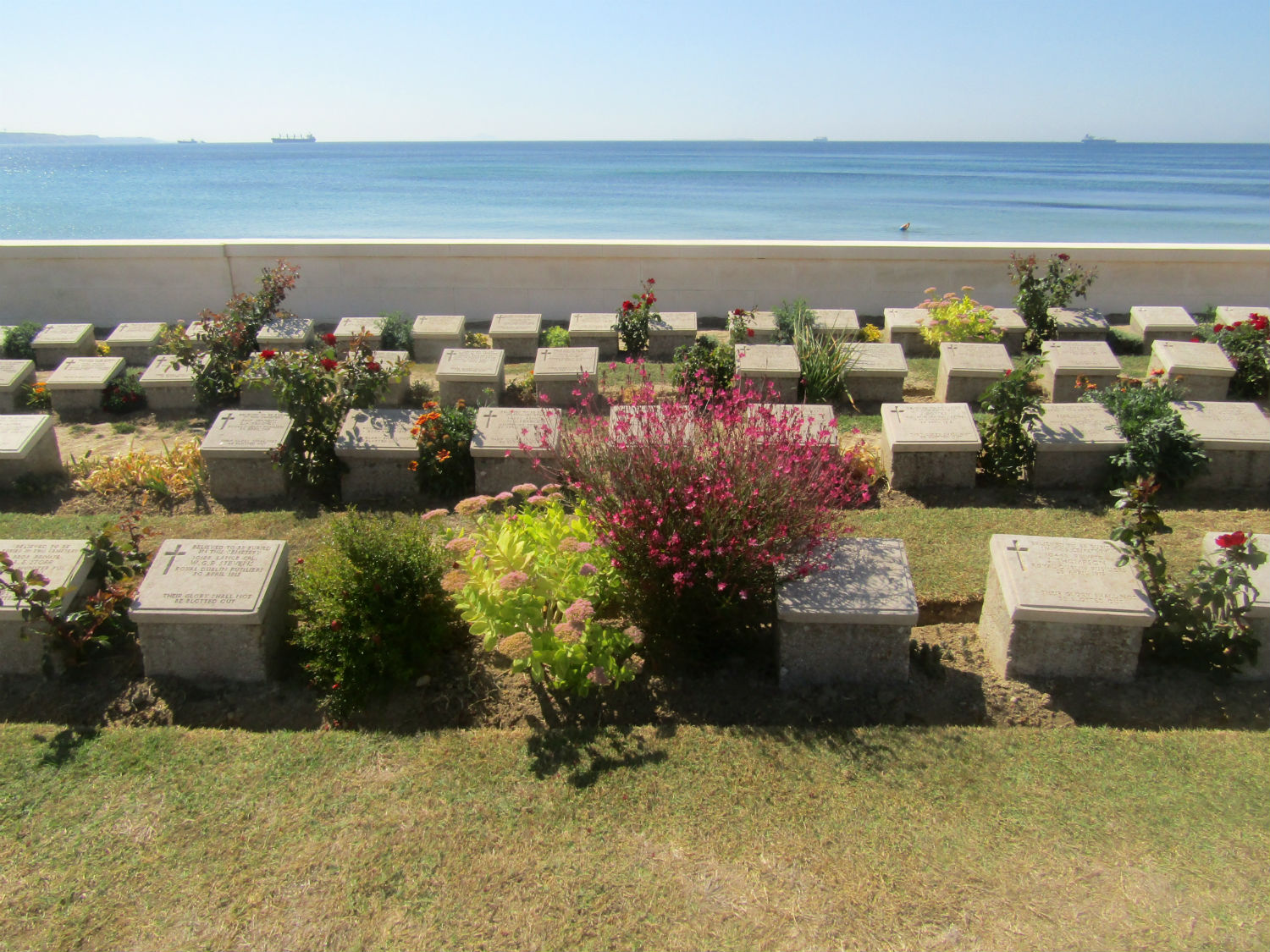
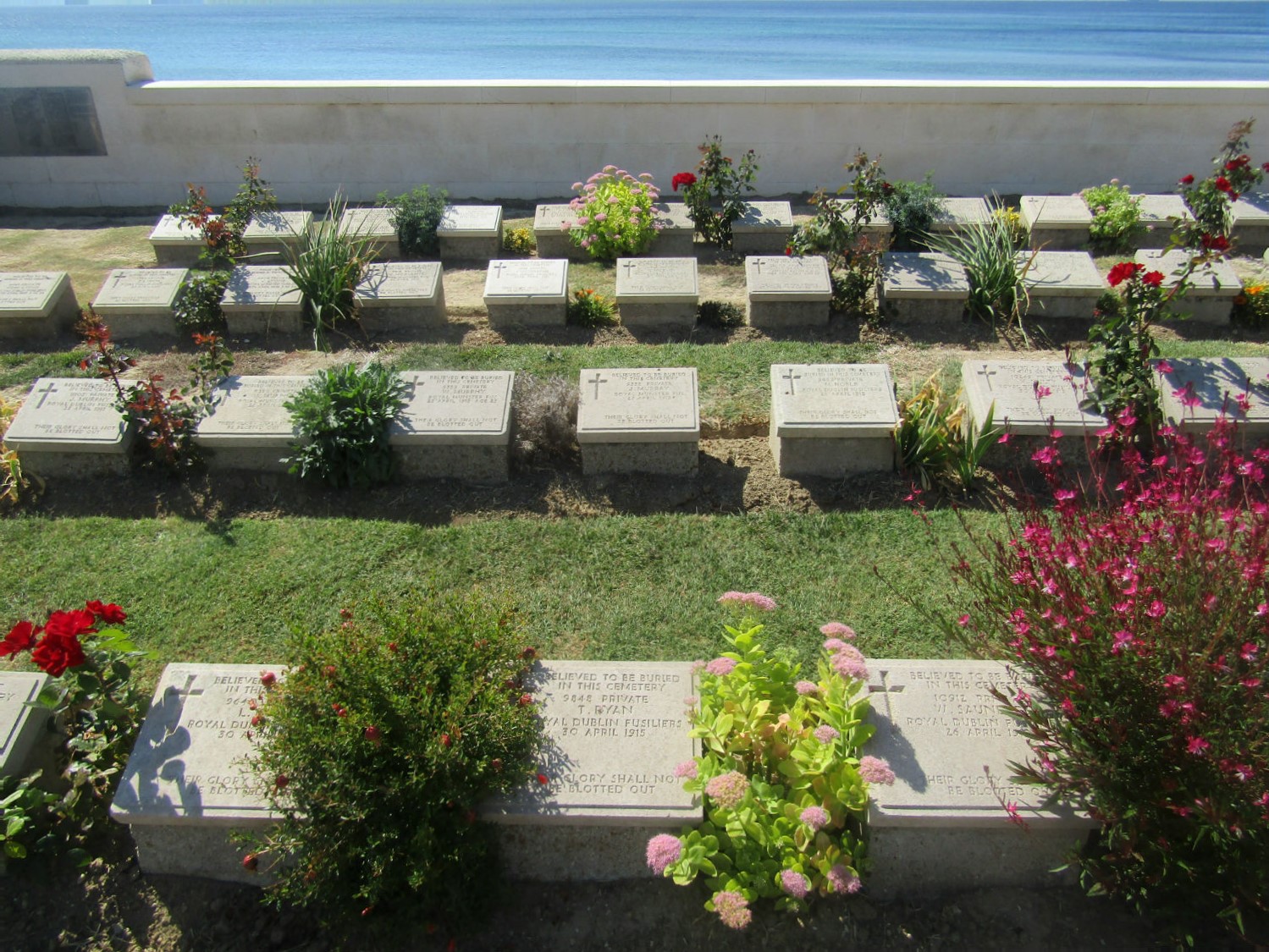

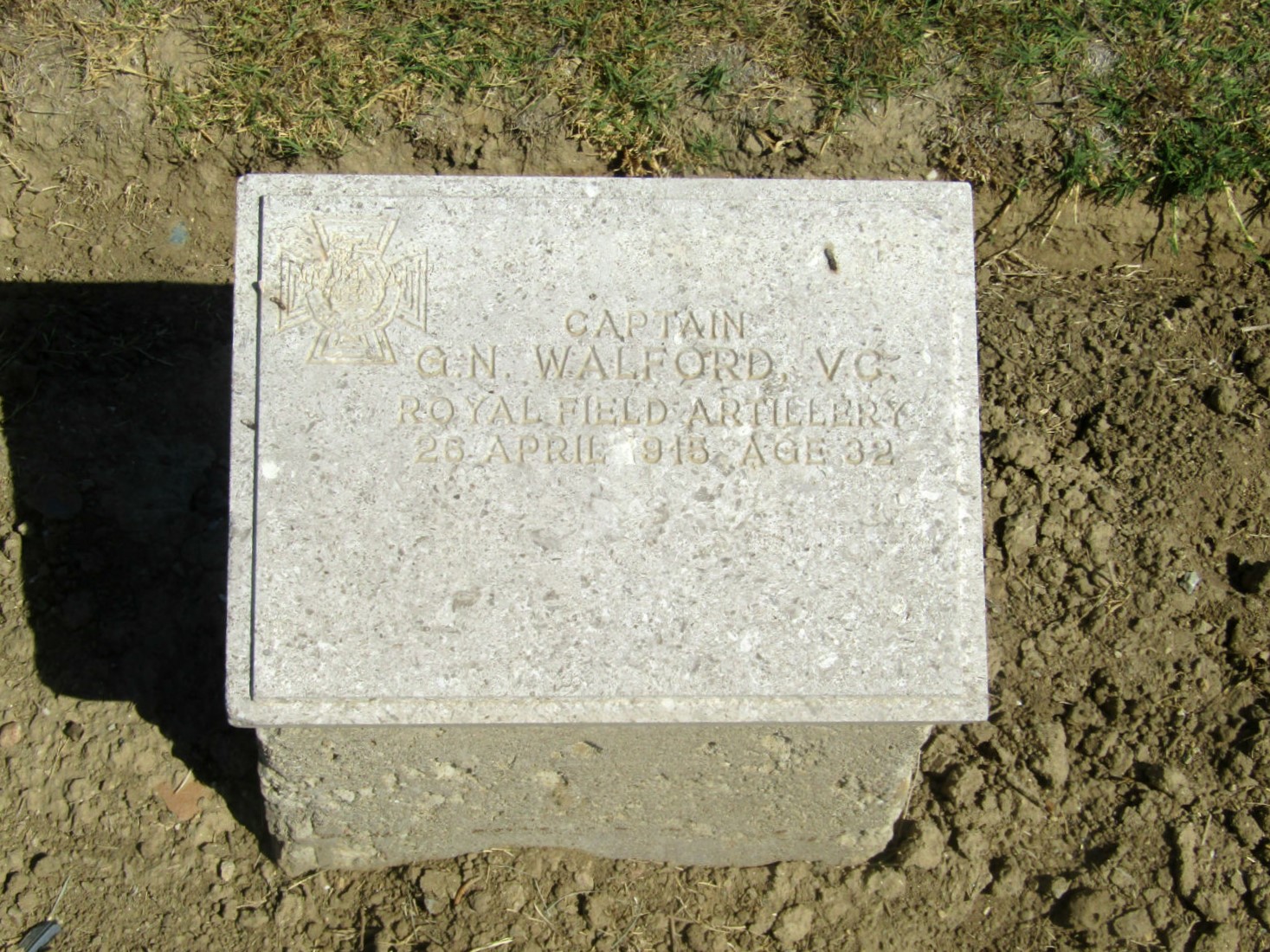
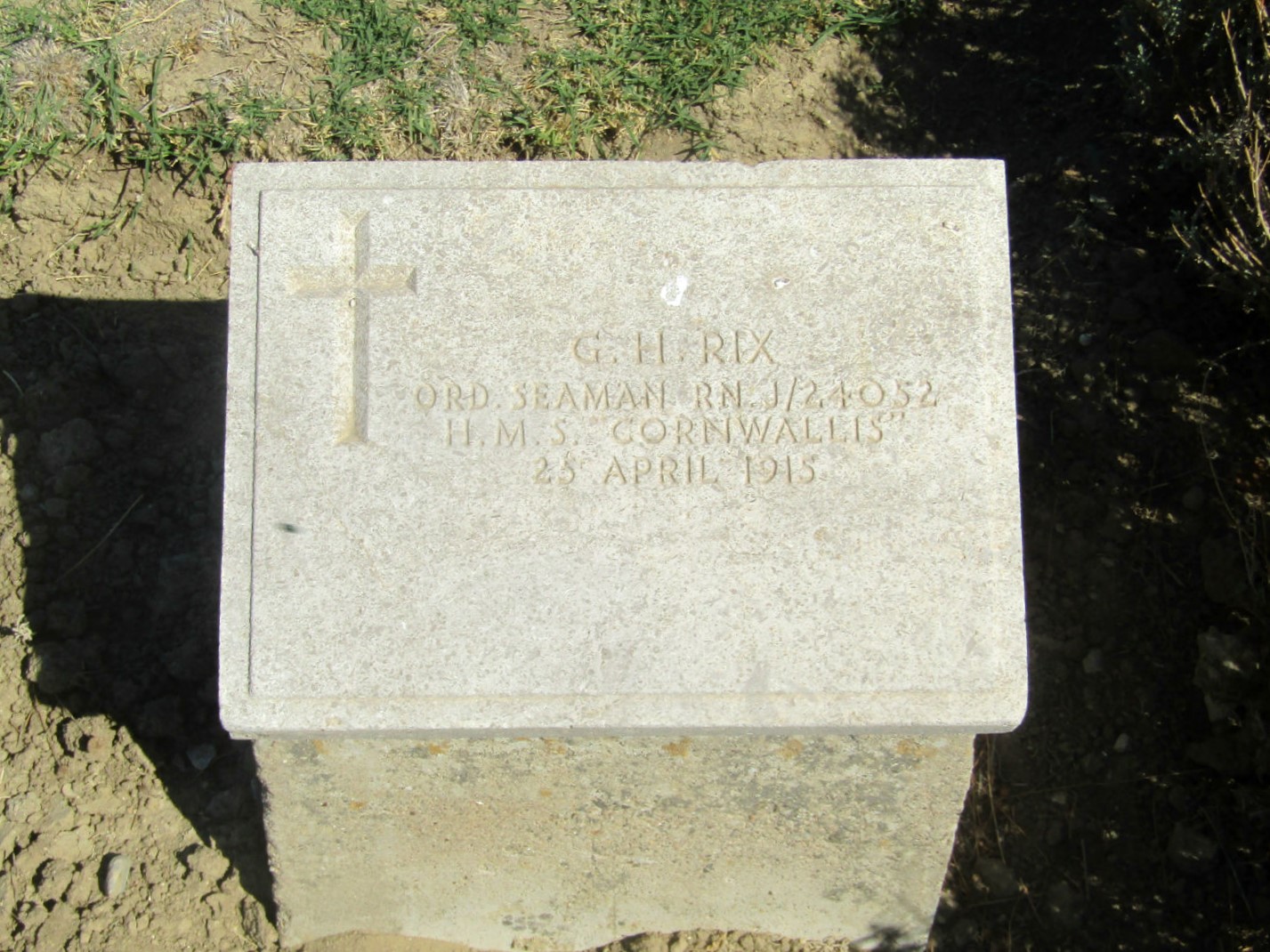 'V' Beach Cemetery, Cape Helles, Eceabat District, Çanakkale Province
'V' Beach Cemetery, Cape Helles, Eceabat District, Çanakkale ProvinceBorn 27 May 1882 to Colonel Neville Walford (Royal Artillery) and his wife at No 5, The Terrace in Camberley, which is now part of the Royal Military Academy Sandhurst, married to Elizabeth Walford.
Citation: On 26th April, 1915, subsequent to a landing having been effected on the beach at a point on the Gallipoli Peninsula, during which both Brigadier-General and Brigade Major had been killed, Lieutenant-Colonel Doughty-Wylie and Captain Walford organised and led an attack through and on both sides of the village of Sedd el Bahr on the Old Castle at the top of the hill inland. The enemy's position was very strongly held and entrenched, and defended with concealed machine-guns and pom-poms. It was mainly due to the initiative, skill and great gallantry of these two officers that the attack was a complete success. Both were killed in the moment of victory.
— The London Gazette, No. 29202, 22 June 1915.
Ordinary Seaman G. H. Rix, Service Number J/24052, Died 25/04/1915, H.M.S. Cornwallis, Royal Navy.
HMS Cornwallis was a Duncan-class pre-dreadnought battleship of the Royal Navy. Built to counter a group of fast Russian battleships, Cornwallis and her sister ships were capable of steaming at 19 knots (35 km/h; 22 mph), making them the fastest battleships in the world. She was commissioned 9 February 1904.
YA 29, Doughty-Wylie Grave……..This isolated grave, marked by a standard Gallipoli marker, is on the top of Hill 141, also known as Doughty Wylie or Fort Hill. The site is situated on the road from Seddulbahir to W Beach.

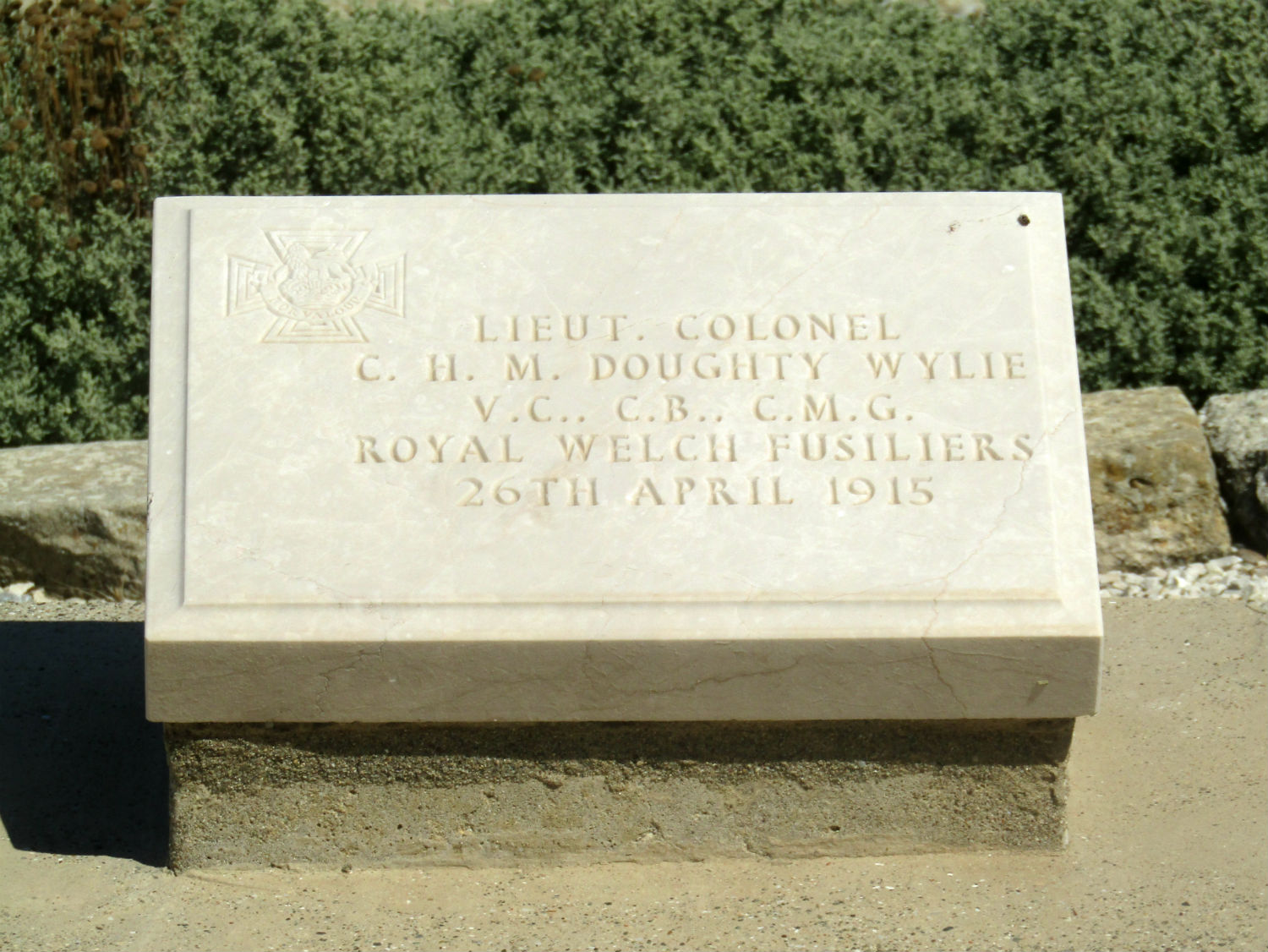
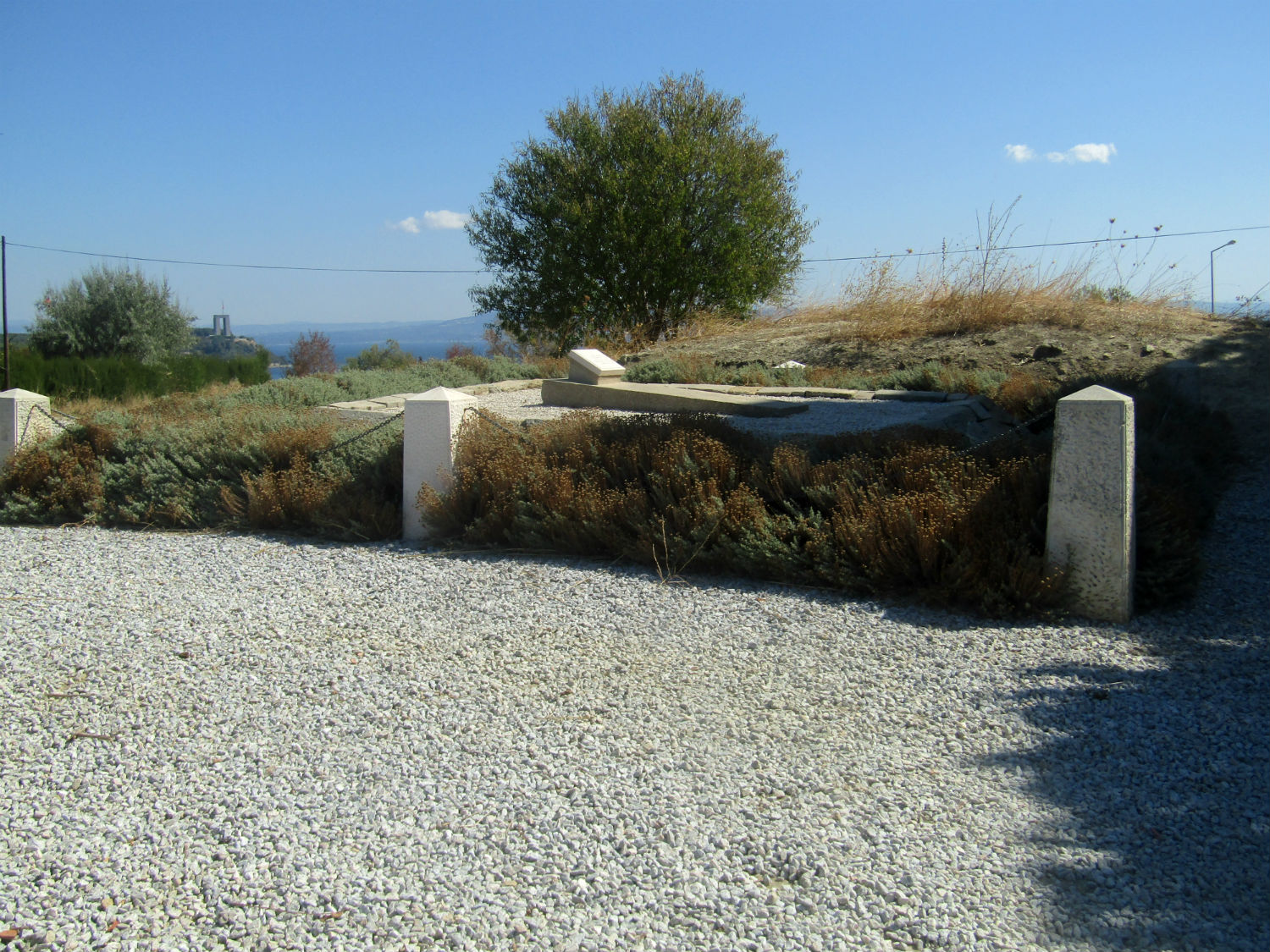 Doughty-Wylie Grave, Cape Helles, Eceabat District, Çanakkale Province
Doughty-Wylie Grave, Cape Helles, Eceabat District, Çanakkale ProvinceDied, 26th April 1915, aged 46. Son of H. M. Doughty, of Theberton Hall, Suffolk, and Edith, his wife (nee Cameron); husband of Lilian O. Doughty-Wylie. Second Class of the Imperial Ottoman Order of the Medjidieh.
YA 31, Helles Memorial……..The Helles Memorial is a Commonwealth War Graves Commission war memorial near Sedd el Bahr, on the headland at the tip of the Gallipoli peninsula overlooking the Dardanelles. It includes an obelisk which is over 30 metres (98 ft) high.
The memorial is the main Commonwealth battle memorial for the whole Gallipoli Campaign, and also commemorates the 20,956 Commonwealth servicemen with no known grave who died in the campaign from 1915-1916, during the First World War.
The United Kingdom and Indian forces named on the memorial died in operations throughout the peninsula, with main landings at Cape Helles and Suvla Bay, and the Australian and New Zealand Army Corps fought mainly at ANZAC Cove. There are also panels for those who died or were buried at sea in Gallipoli waters.
The memorial is the main Commonwealth battle memorial for the whole Gallipoli Campaign, and also commemorates the 20,956 Commonwealth servicemen with no known grave who died in the campaign from 1915-1916, during the First World War.
The United Kingdom and Indian forces named on the memorial died in operations throughout the peninsula, with main landings at Cape Helles and Suvla Bay, and the Australian and New Zealand Army Corps fought mainly at ANZAC Cove. There are also panels for those who died or were buried at sea in Gallipoli waters.
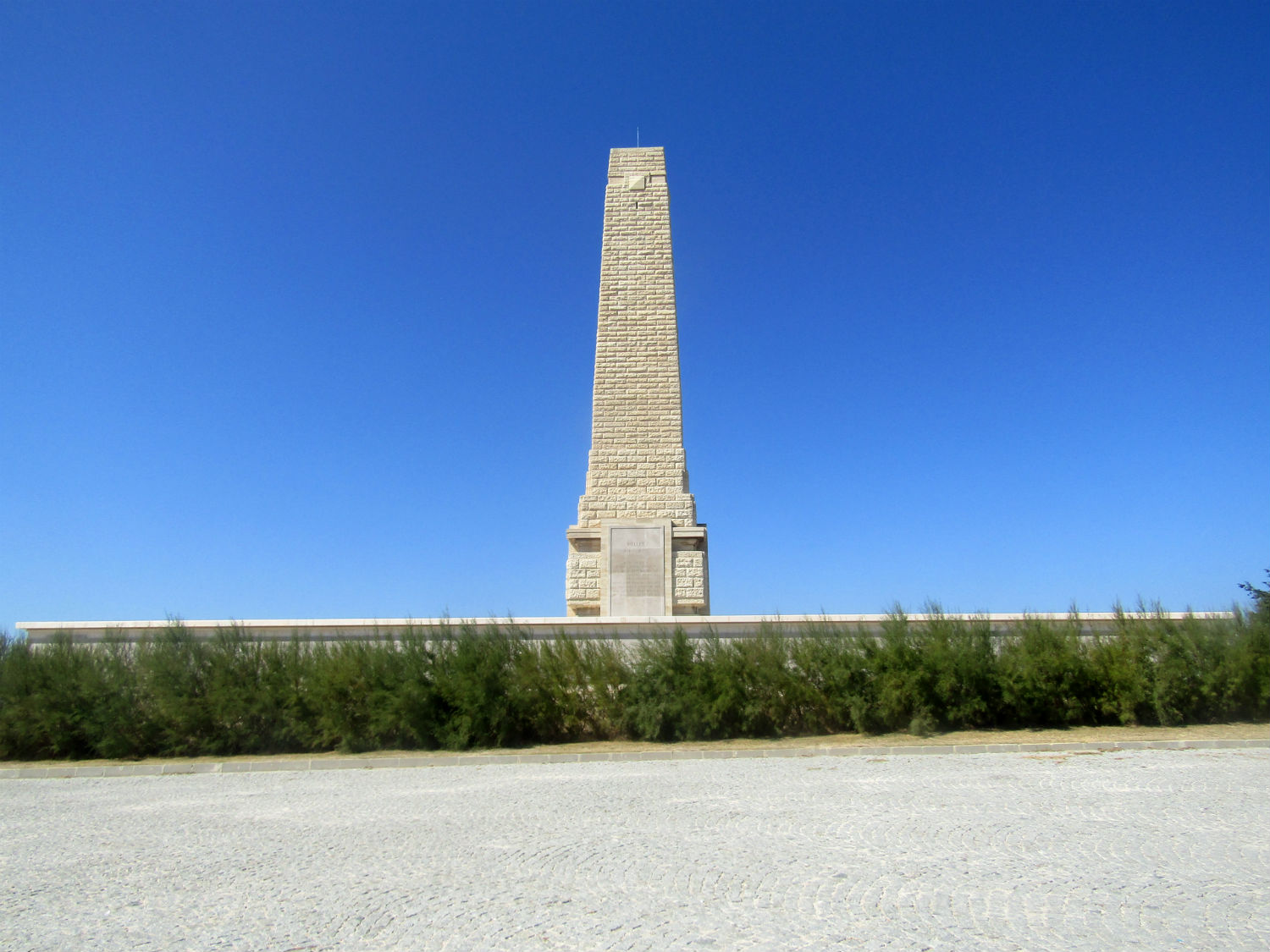

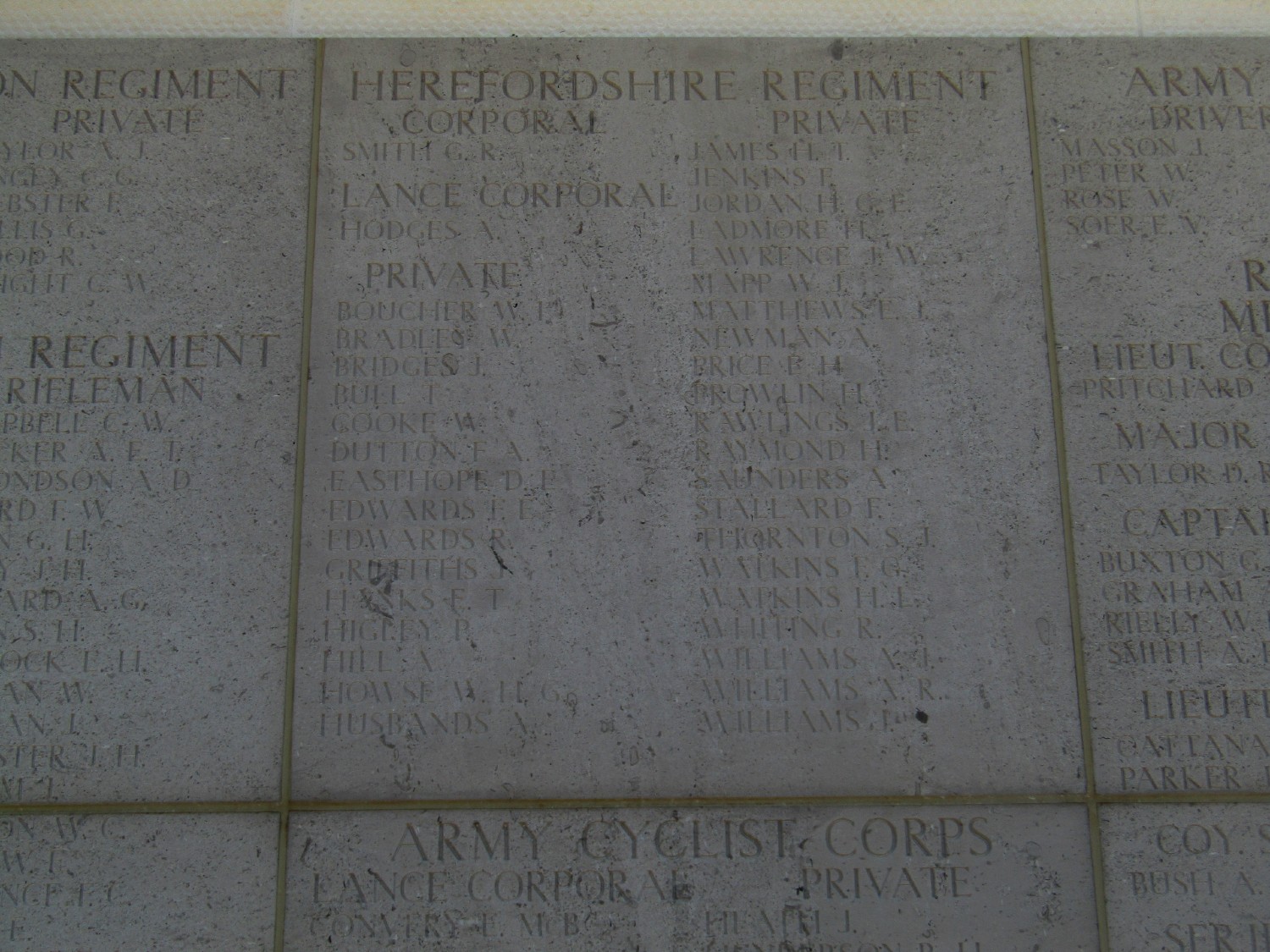
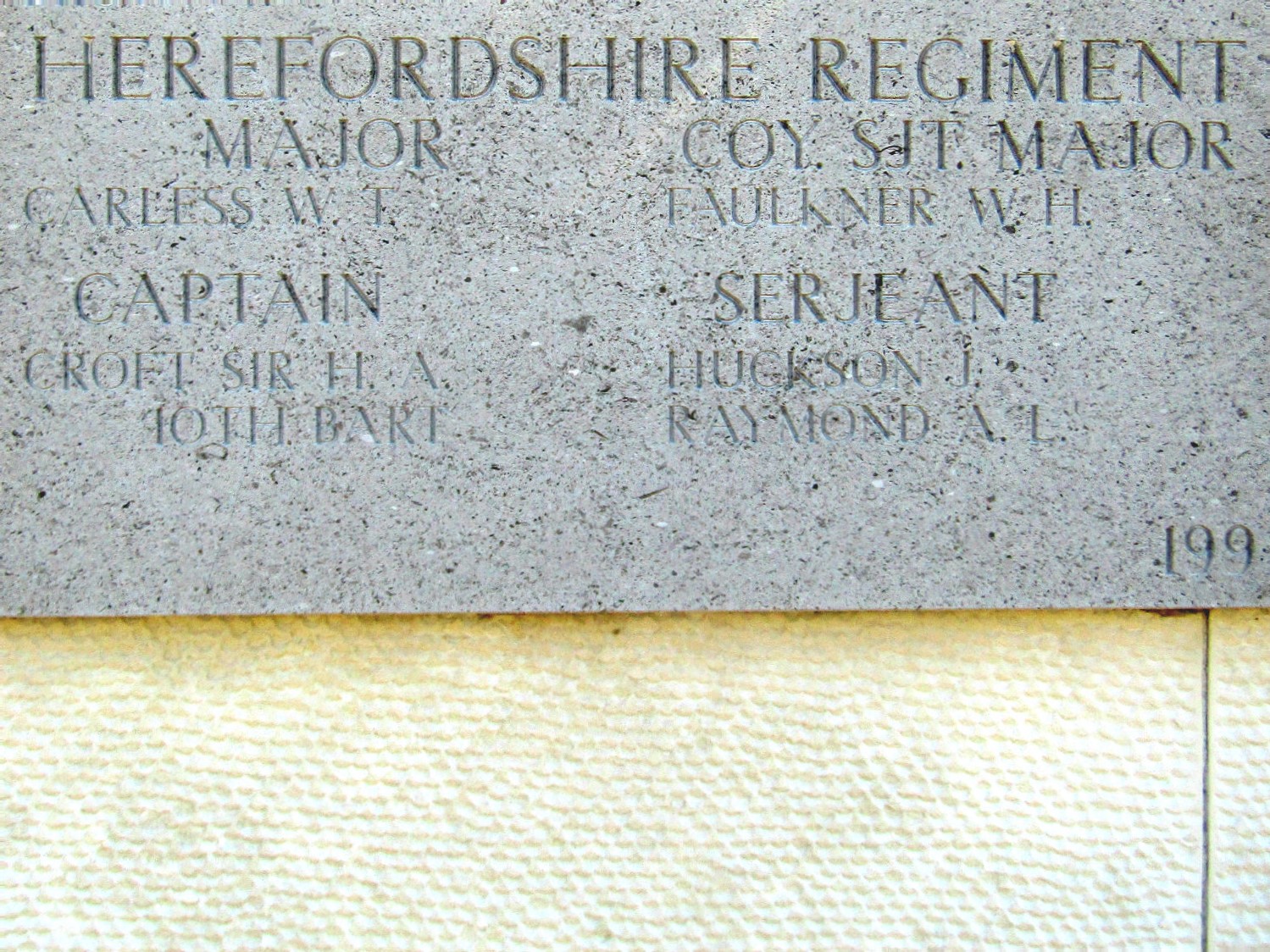
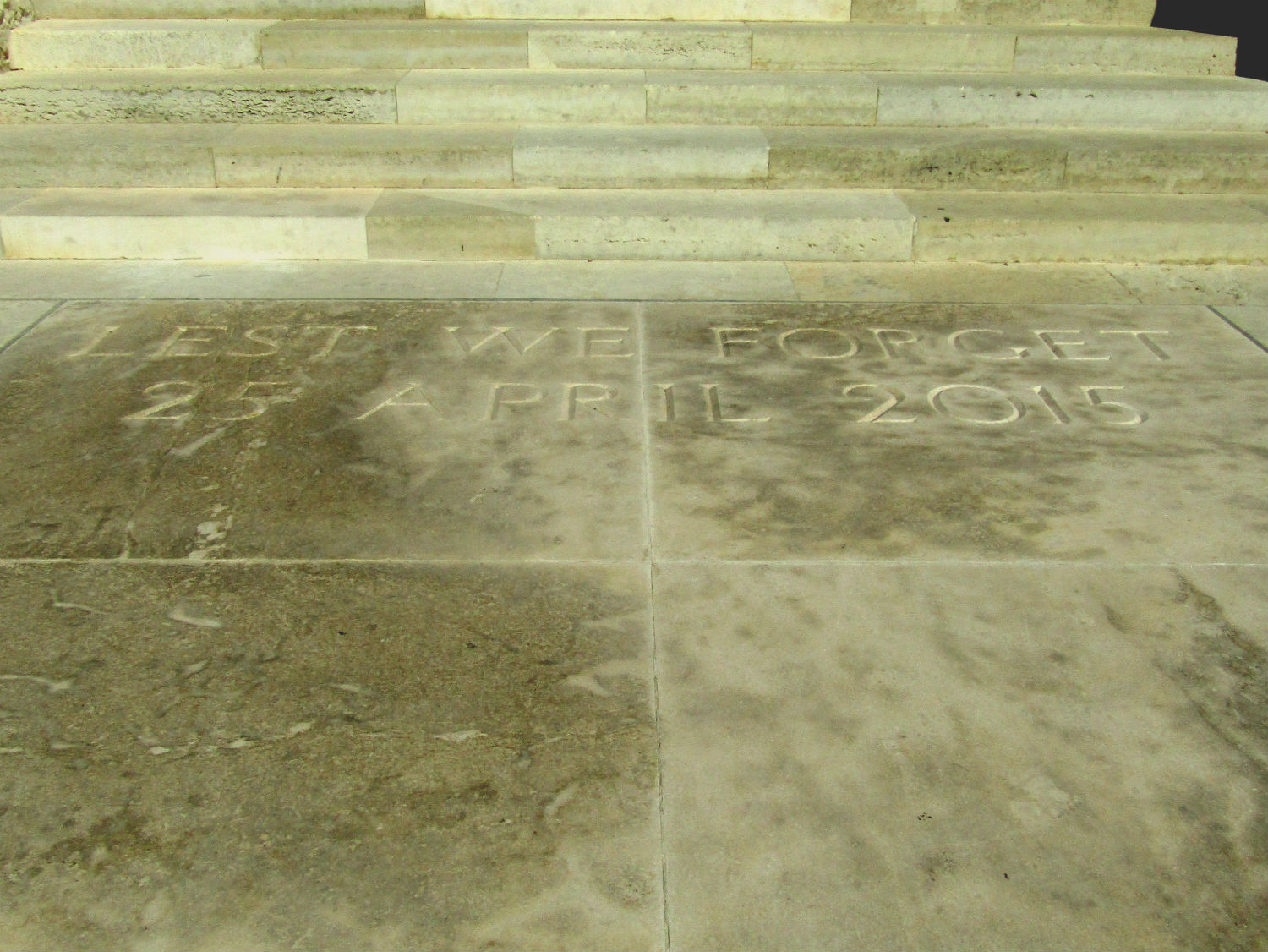


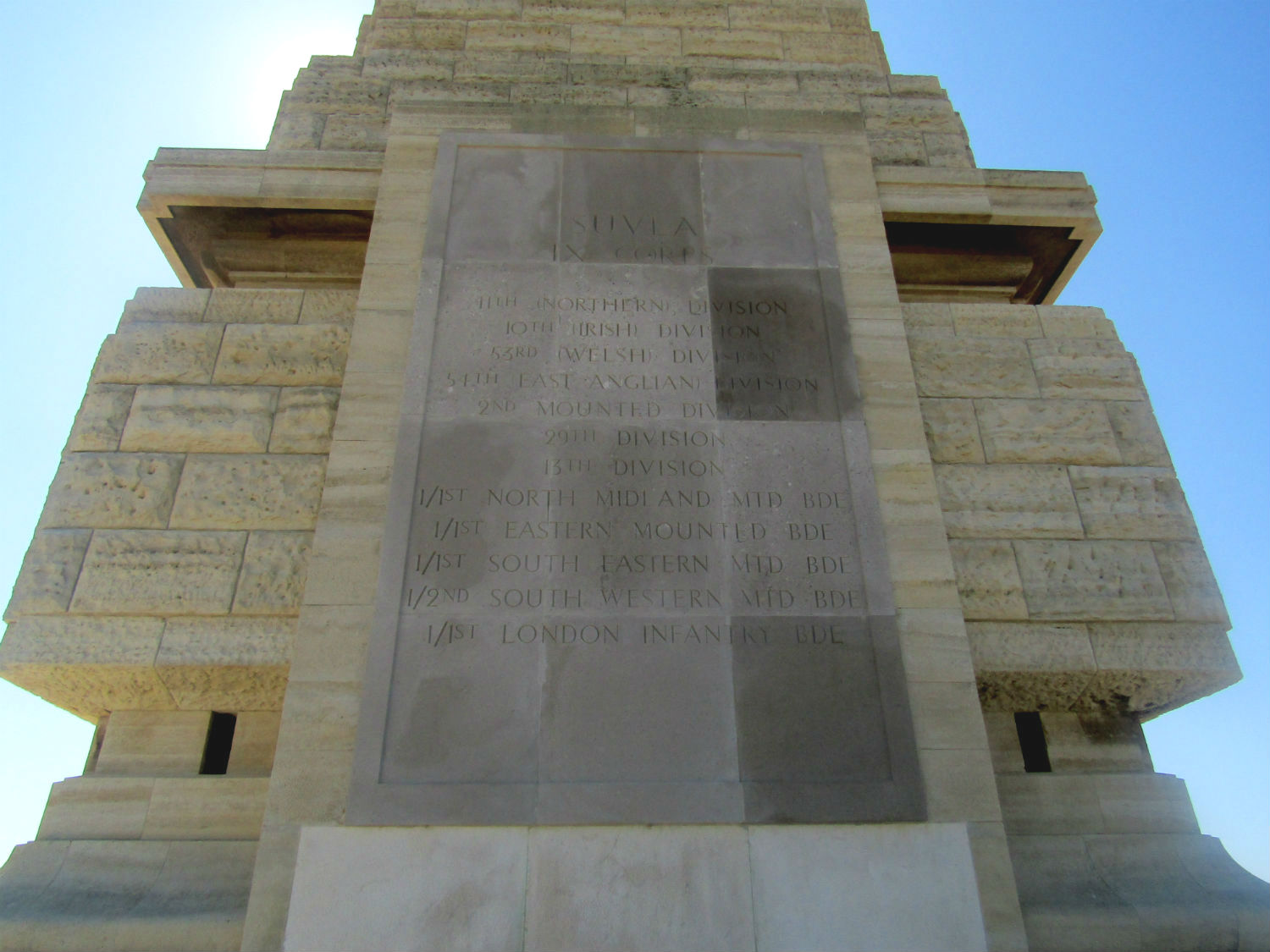
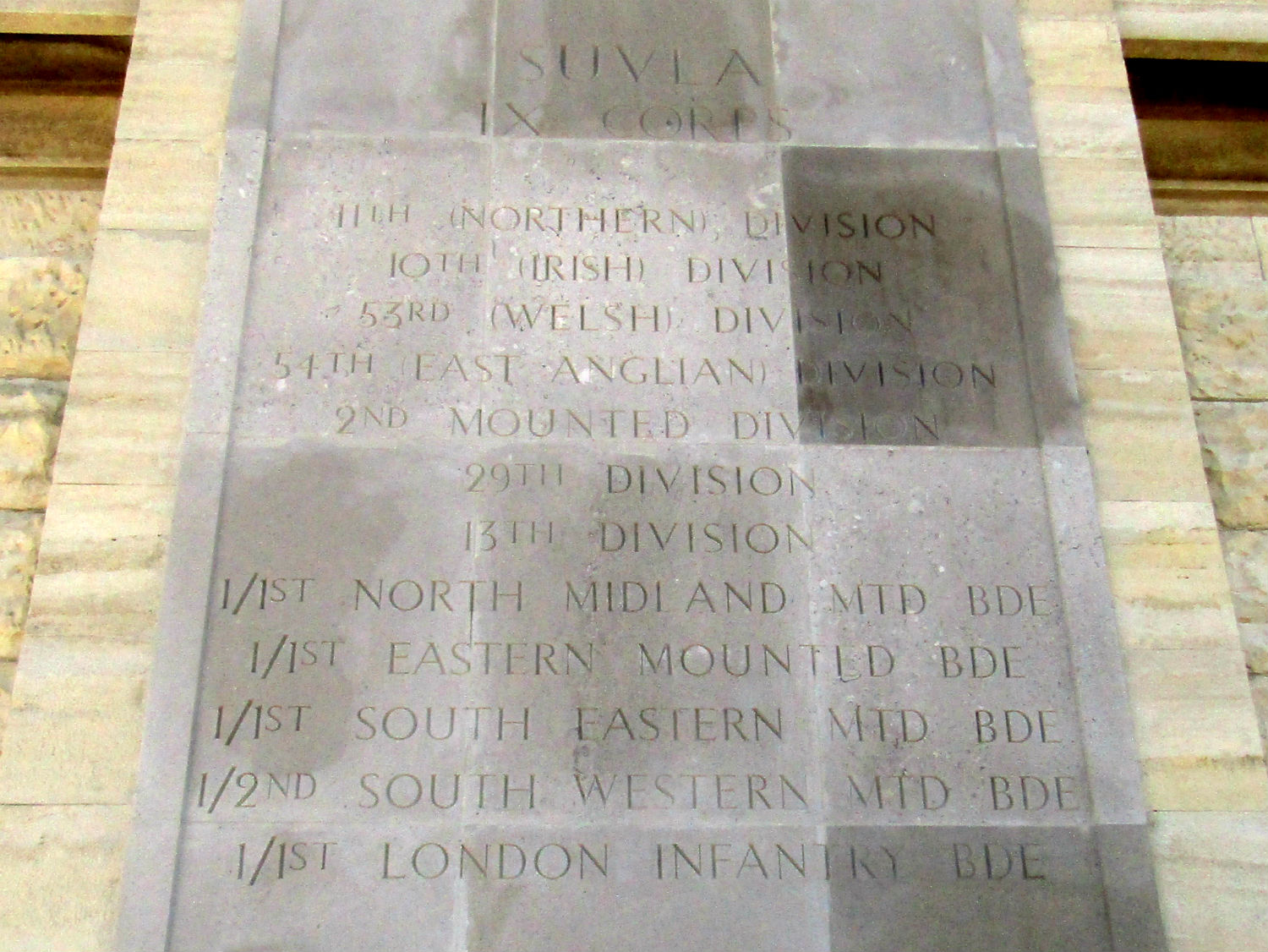

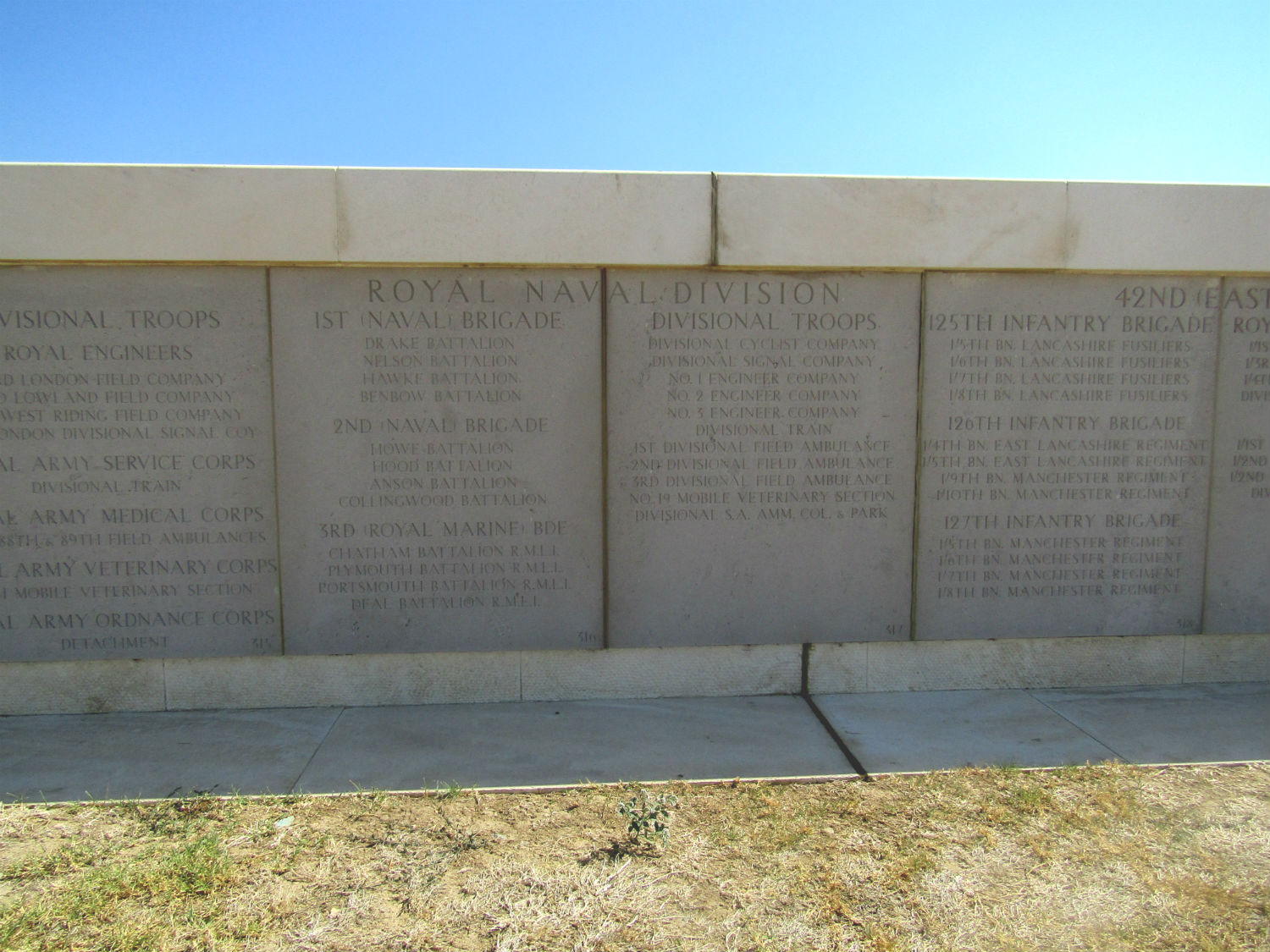
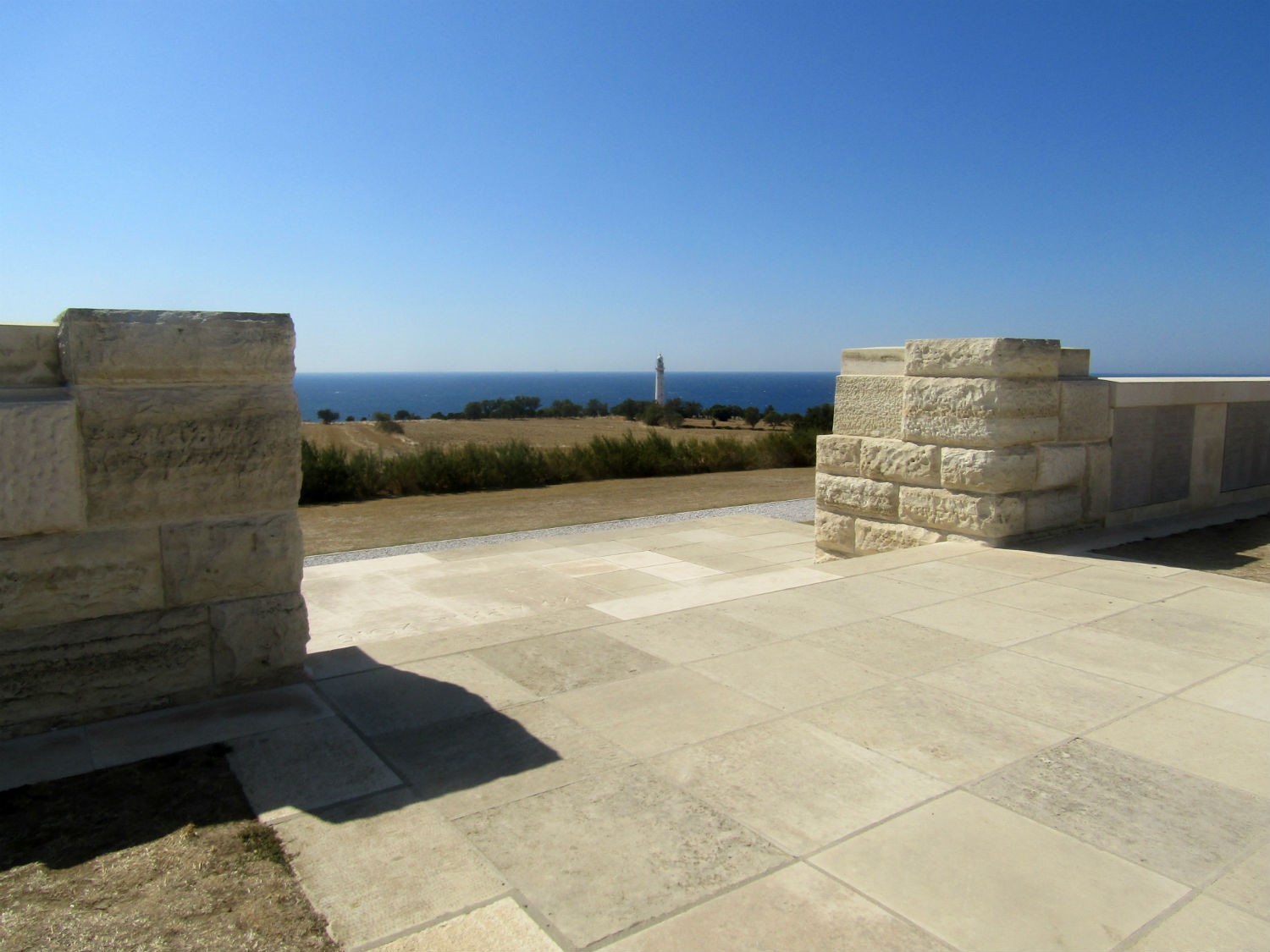 Cape Helles Memorial, Cape Helles, Eceabat District, Çanakkale Province
Cape Helles Memorial, Cape Helles, Eceabat District, Çanakkale Province
YA 32, Lancashire Landing Cemetery……..The landing at 'Y' Beach (Gurkha Bluffs) was carried out by the 1st King's Own Scottish Borderers and the Plymouth Battalion of the Royal Naval Division, but these troops were forced to re-embark on the following day. The 2nd Royal Fusiliers landed at 'X' Beach, followed by the rest of the 87th Brigade. Under very severe fire, the 1st Lancashire Fusiliers landed on 'W' Beach and cut their way through wire entanglements and trenches to the edge of the cliff. They and the other battalions of the 88th Brigade established themselves on the hills of Tekke Burnu and Helles Burnu. The beach became known as Lancashire Landing. The greater part of the cemetery (Rows A to J and part of Row L) was made between the landing in April 1915 and the evacuation of the peninsula in January 1916. Row I contains the graves of over 80 men of the 1st Lancashire Fusiliers who died in the first two days following the landing. The 97 graves in Row K and graves 31 to 83 in Row L were brought in after the Armistice from the following Aegean islands cemeteries:- KEPHALOS BRITISH CEMETERY, on the island of Imbros (Imbroz), was 640 metres inland from Kephalos Pier. There were buried in it 84 British, Australian and New Zealand sailors and soldiers, three Greeks, and one German prisoner.
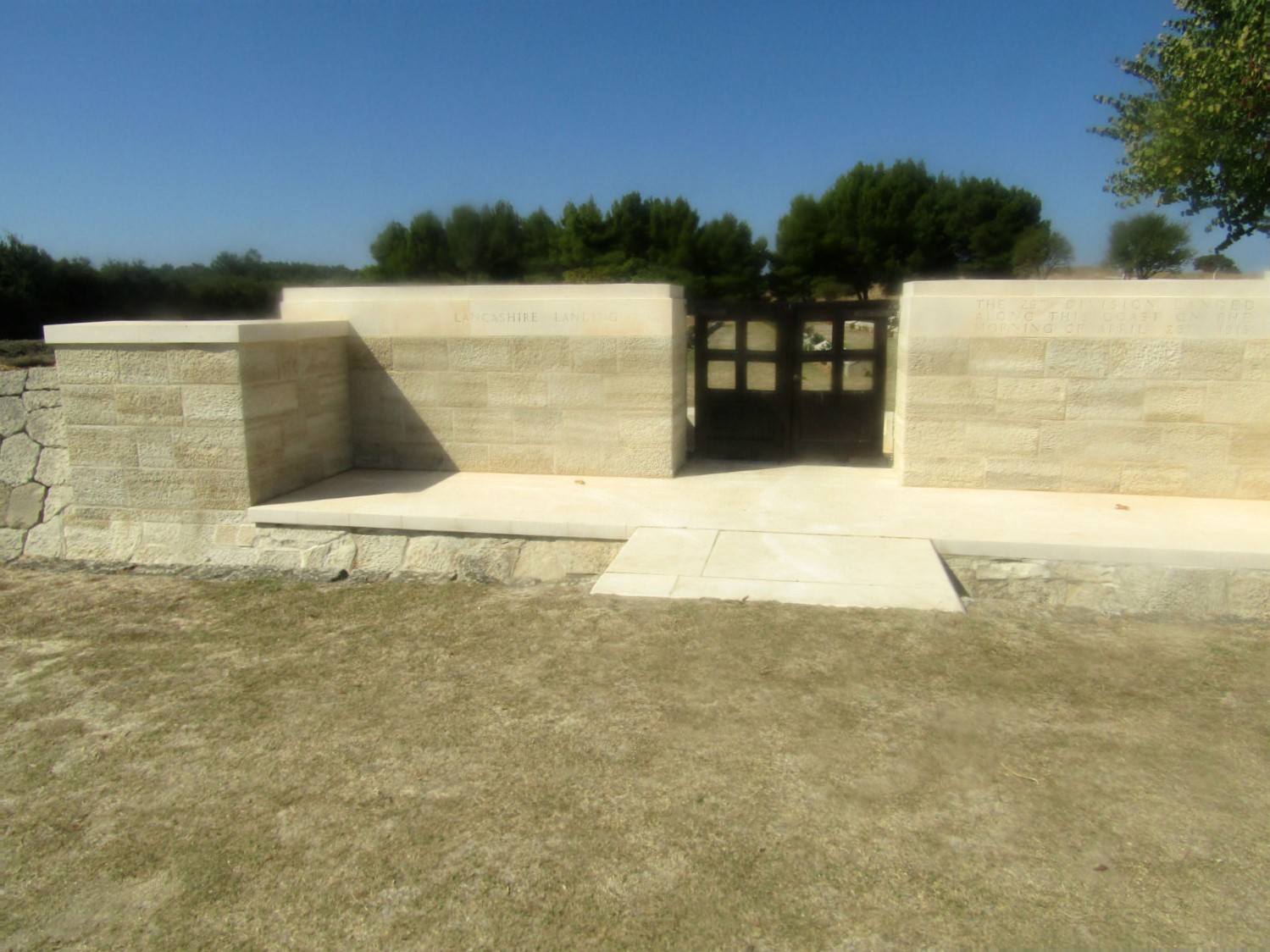
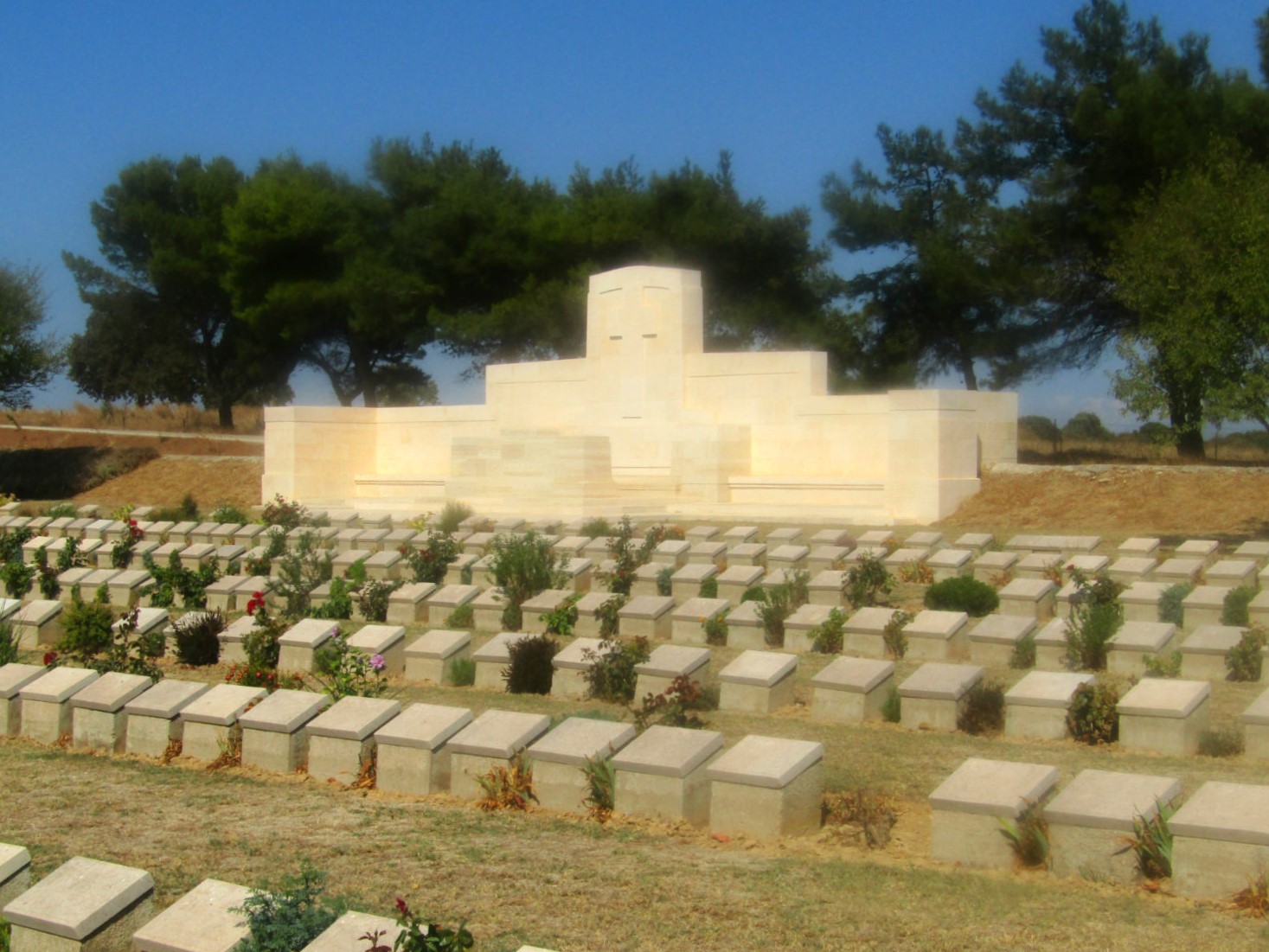
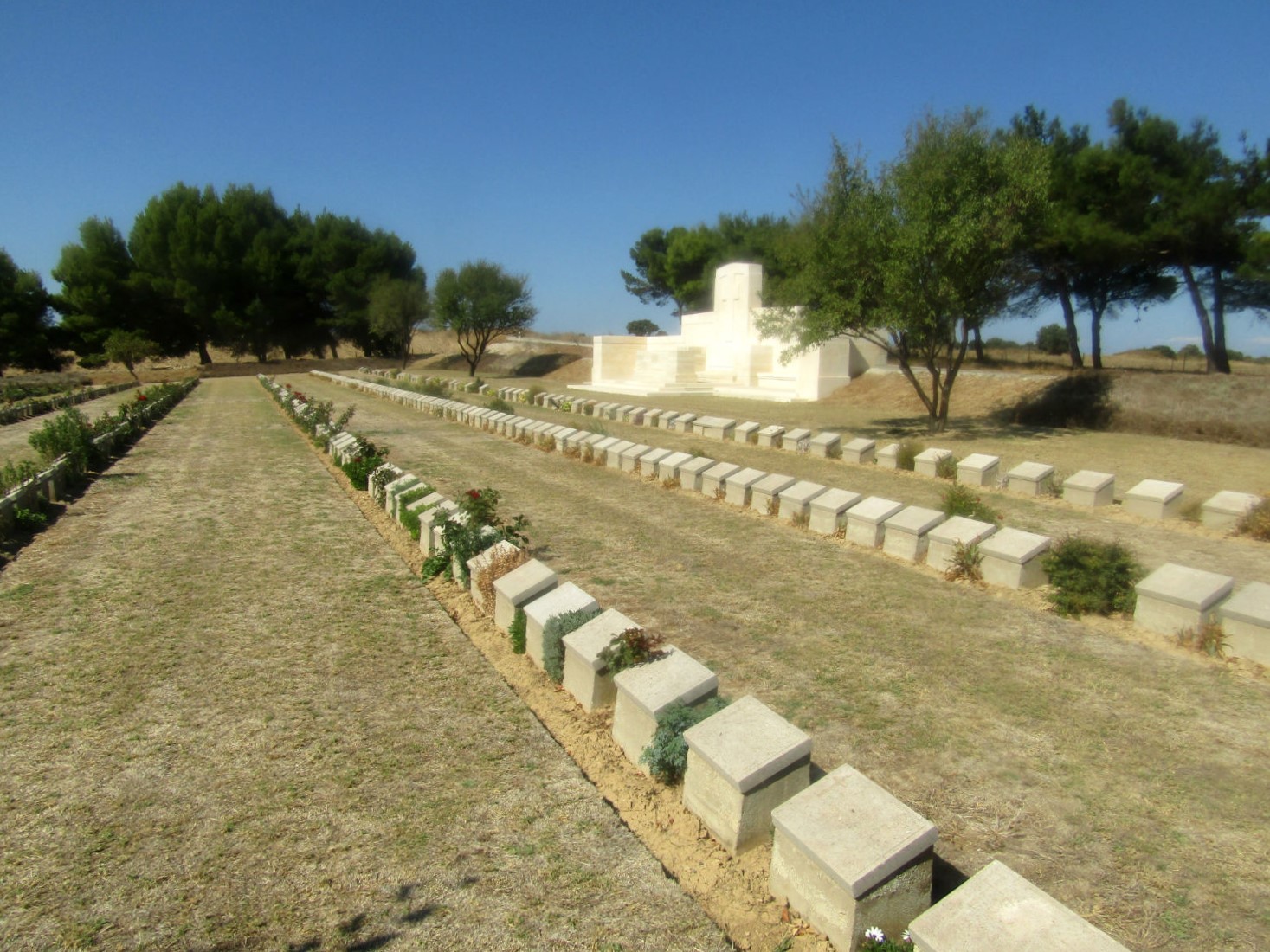
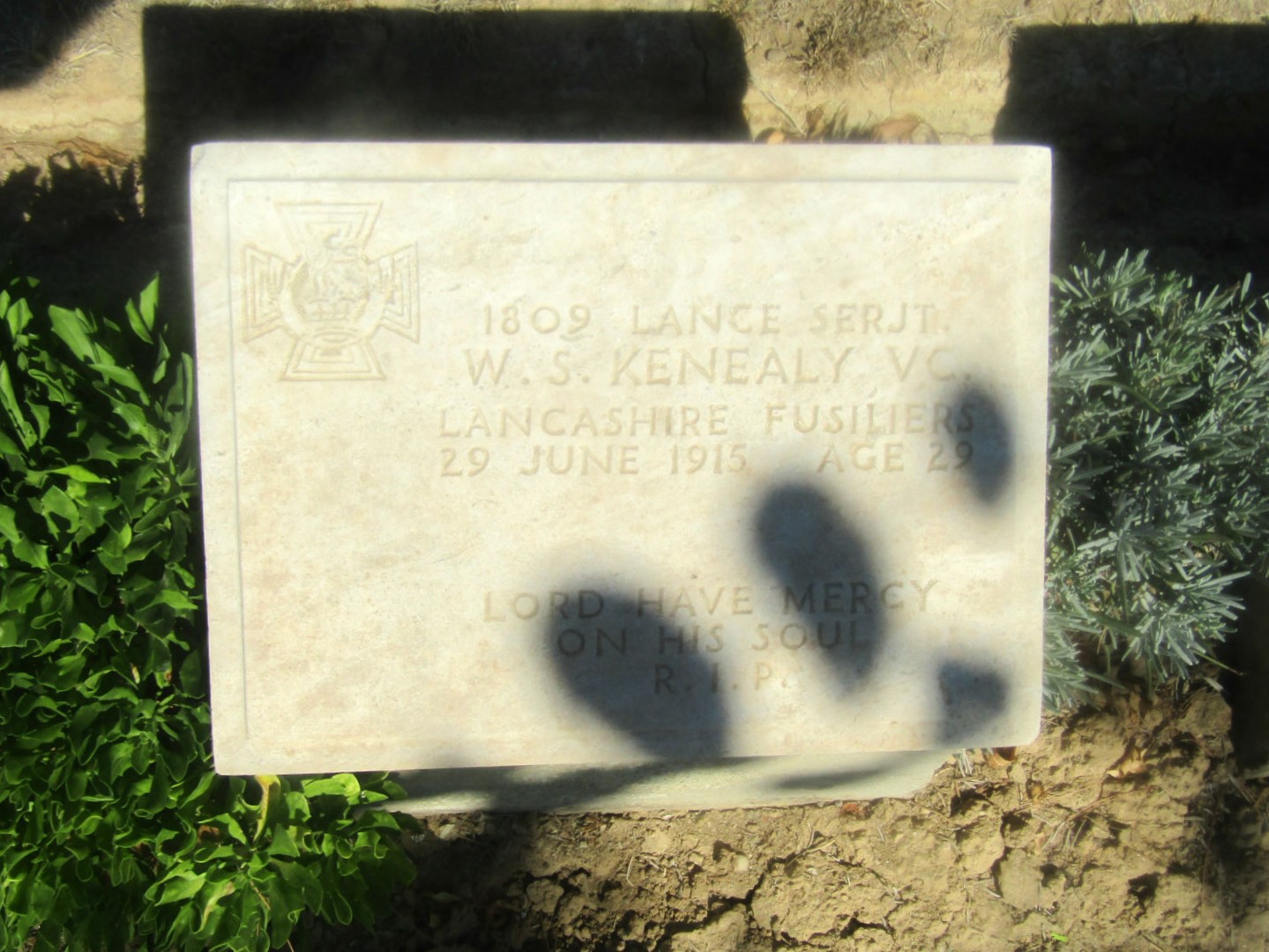
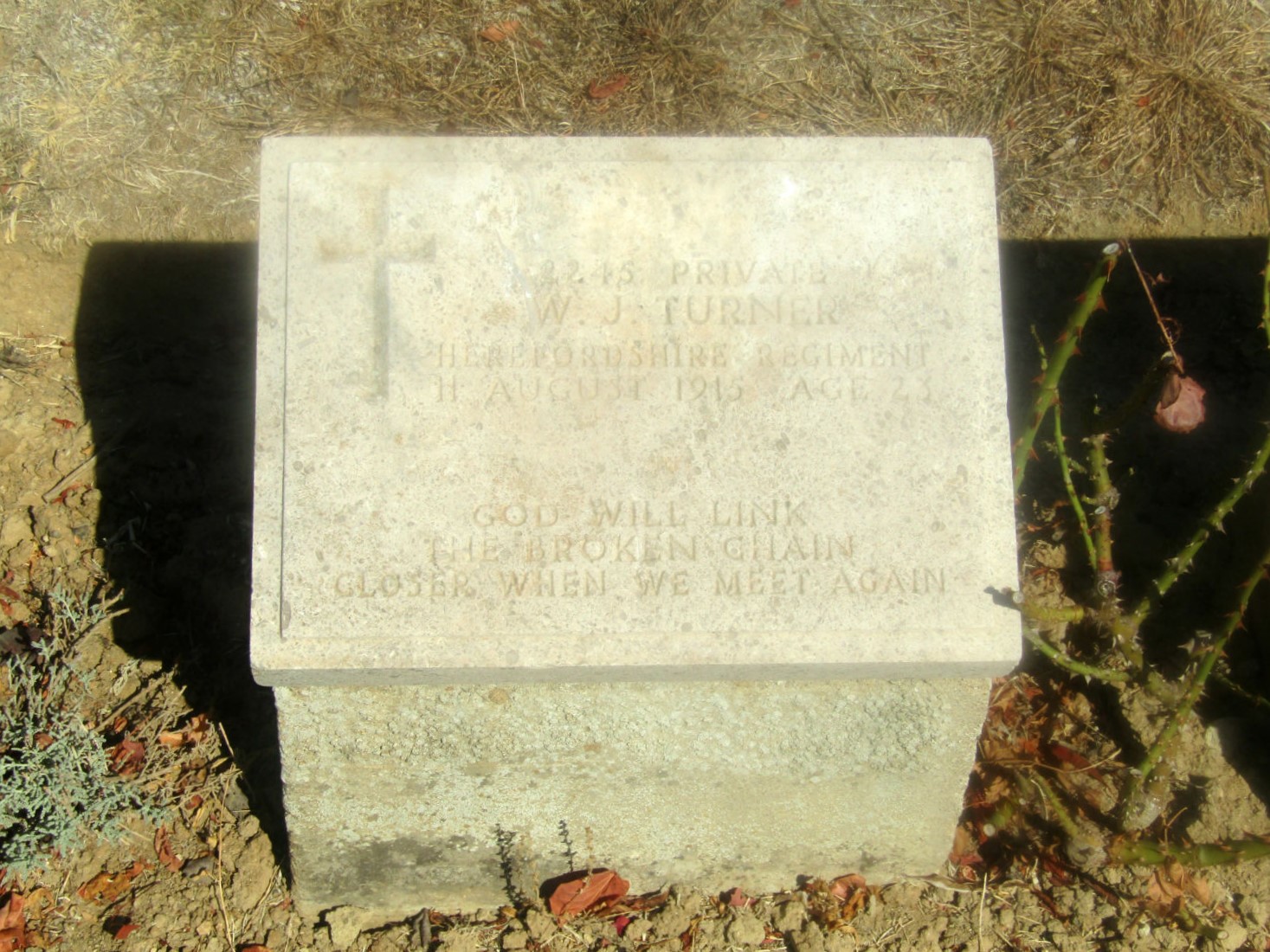
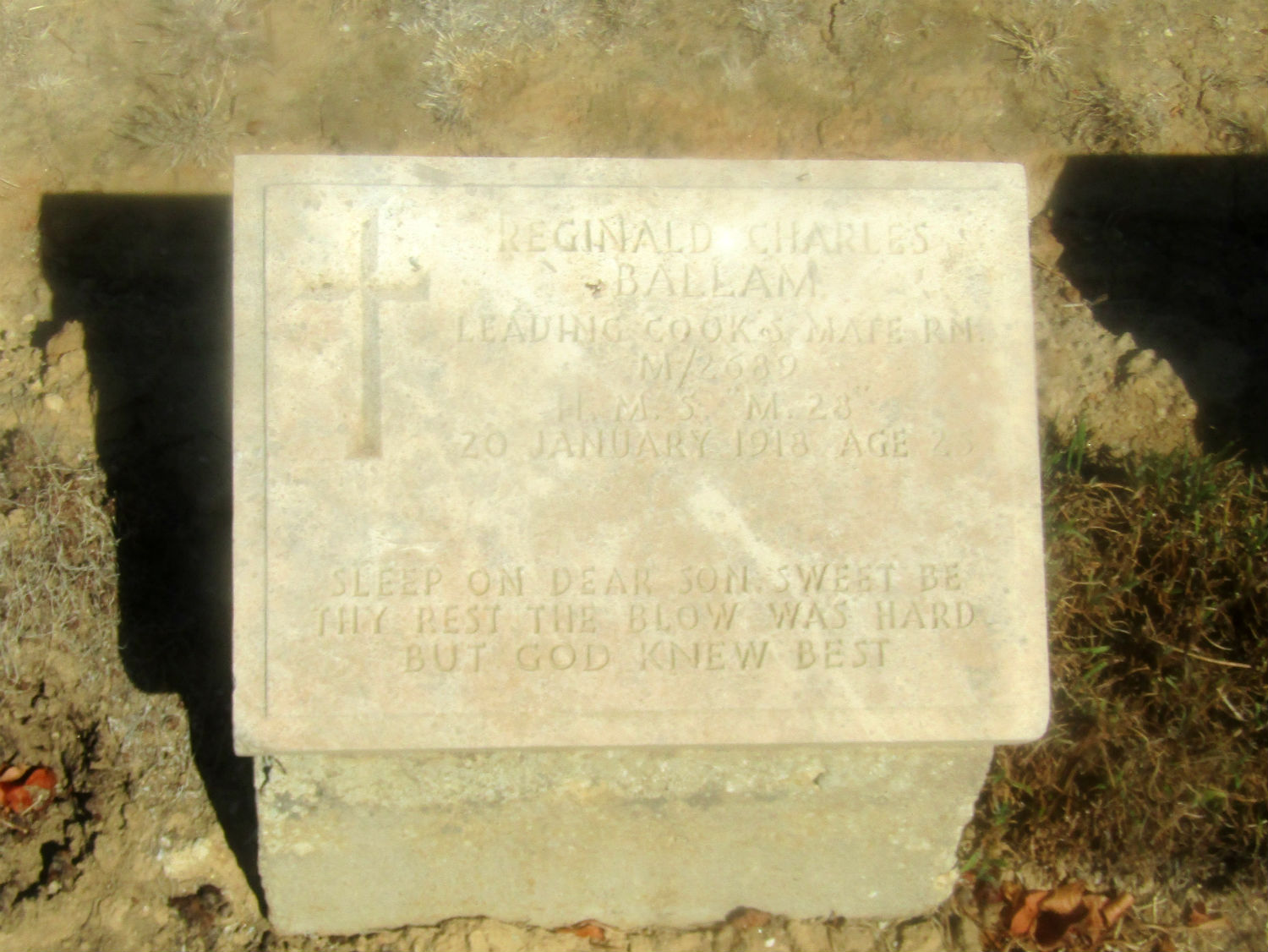 Lancashire Landing Cemetery, Cape Helles, Eceabat District, Çanakkale Province
Lancashire Landing Cemetery, Cape Helles, Eceabat District, Çanakkale ProvinceSon of John and Margaret Kenealy, of 361, Bolton Rd., Stubshaw Cross, Ashton-in-Makerfield, Lancs.
Citation: On 25 April 1915 west of Cape Helles, Gallipoli, Turkey, he was 28 years old when he performed an act of bravery for which he was awarded the Victoria Cross. On 25 April 1915 three companies, and the Headquarters of the 1st Bn. Lancashire Fusiliers, in effecting a landing on the Gallipoli Peninsula to the West of Cape Helles, were met by a very deadly fire from hidden machine guns which caused a great number of casualties. The survivors, however, rushed up to and cut the wire entanglements, notwithstanding the terrific fire from the enemy, and after overcoming supreme difficulties, the cliffs were gained and the position maintained. Amongst the many very gallant officers and men engaged in this most hazardous undertaking, Capt. Willis, Serjt. Richards, and Pte. Kenealy have been selected by their comrades as having performed the most signal acts of bravery and devotion to duty.
— The London Gazette (No. 29273), 24 August 1915.
Private Kenealy was one of the six members of the regiment elected by their colleagues in the regiment for the award, and described in the press as 'six VC's before breakfast'. Lieutenant-General Sir Ian Hamilton, the overall Allied army commander at Gallipoli ordered that the beach be renamed Lancashire Landing because of his conviction that 'no finer feat of arms has ever been achieved by the British Soldier – or any other soldier – than the storming of these beaches'.
The other five members of the regiment who received the award as a result of the landing were Cuthbert Bromley, John Elisha Grimshaw, Alfred Joseph Richards, Frank Edward Stubbs and Richard Raymond Willis.
Shortly afterwards Kenealy was promoted to corporal and then lance-sergeant. He was seriously wounded in the Battle of Gully Ravine on 28 June 1915 and died the next day.
Private W. J. Turner, Service Number 2245, Died 11/08/1915, Aged 23 1st Bn. Herefordshire Regiment, Grandson of Elizabeth Turner, of 22, Lower Rd., Cwm, Knighton, Radnorshire.
Leading Cooks Mate Reginald Charles Ballam, Service Number M/2689, Died 20/01/1918, Aged 25, H.M.S. 'M28', Royal Navy, Son of Mrs. Kate Ballam, of 42, Alfred St., Weston-super-Mare.
HMS 'M28' was a First World War Royal Navy M15-class monitor. She was sunk during the Battle of Imbros in 1918. The Battle of Imbros was a naval action that took place during the First World War. The battle occurred on 20 January 1918 when an Ottoman squadron engaged a flotilla of the British Royal Navy off the island of Imbros in the Aegean Sea. A lack of heavy Allied warships in the area allowed the Ottoman battlecruiser Yavûz Sultân Selîm and light cruiser Midilli to sortie into the Mediterranean and attack the British monitors and destroyers at Imbros before assaulting the naval base at Mudros.
YA 35, Pink Farm Cemetery……..Pink Farm (properly Sotiri Farm) took its name from the red soil of the area. Three cemeteries eventually grew up round the farm, the first began after the First Battle of Krithia (28 April 1915). After the armistice, the three cemeteries (Pink Farm Nos. 1, 2 and 3) were combined on the site of No.3 (Plot III and part of Plot IV of the present cemetery are the original graves from No.3) and graves from the following smaller cemeteries were added:- 29th Divisional, 52nd Divisional, Aerodrome, Oak Tree, Gully Beach and Gully Farm. There are now 602 servicemen of the First World War buried or commemorated in this cemetery. 250 of the burials are unidentified, but special memorials commemorate 219 casualties known or believed to be buried among them.
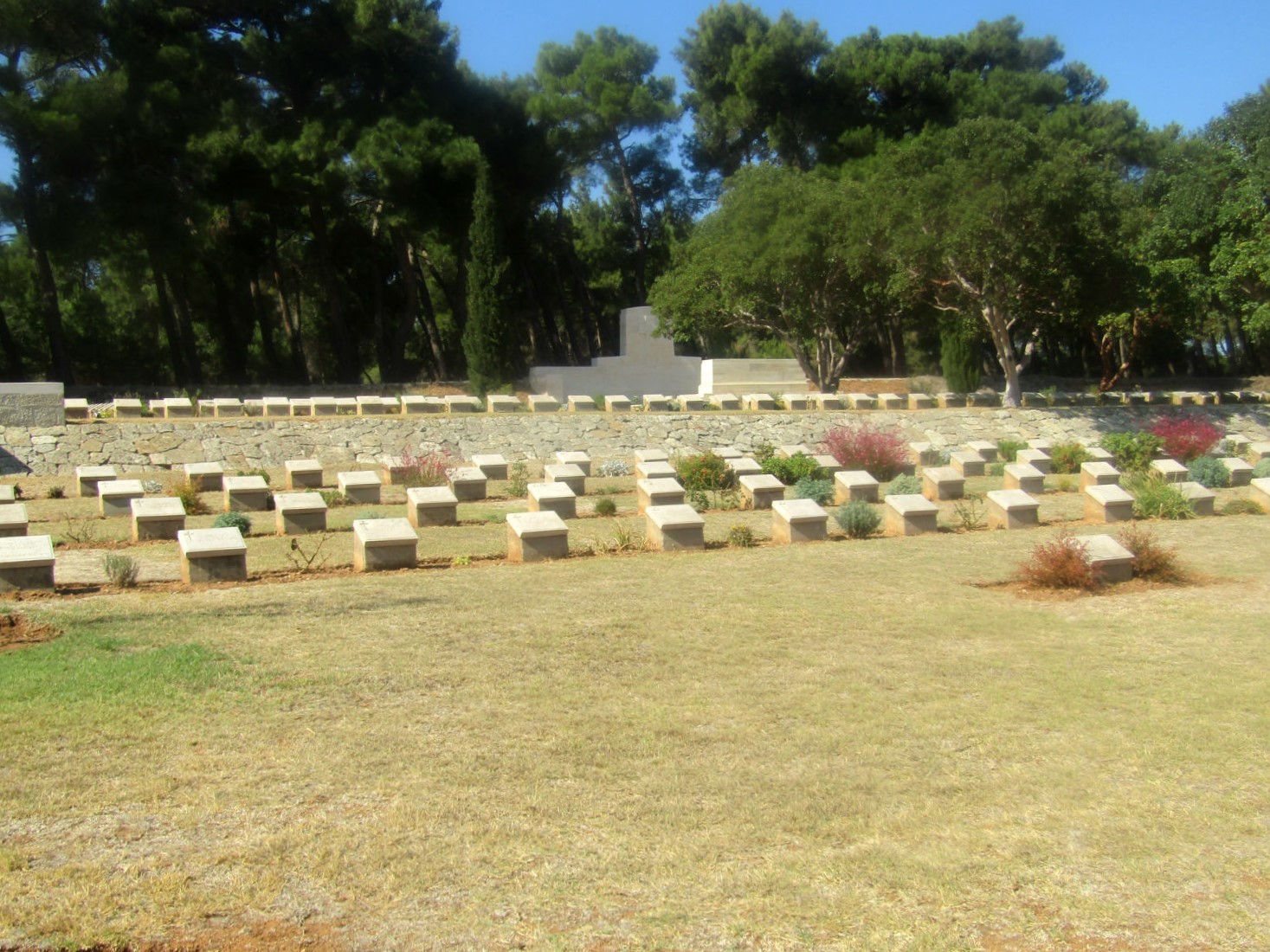
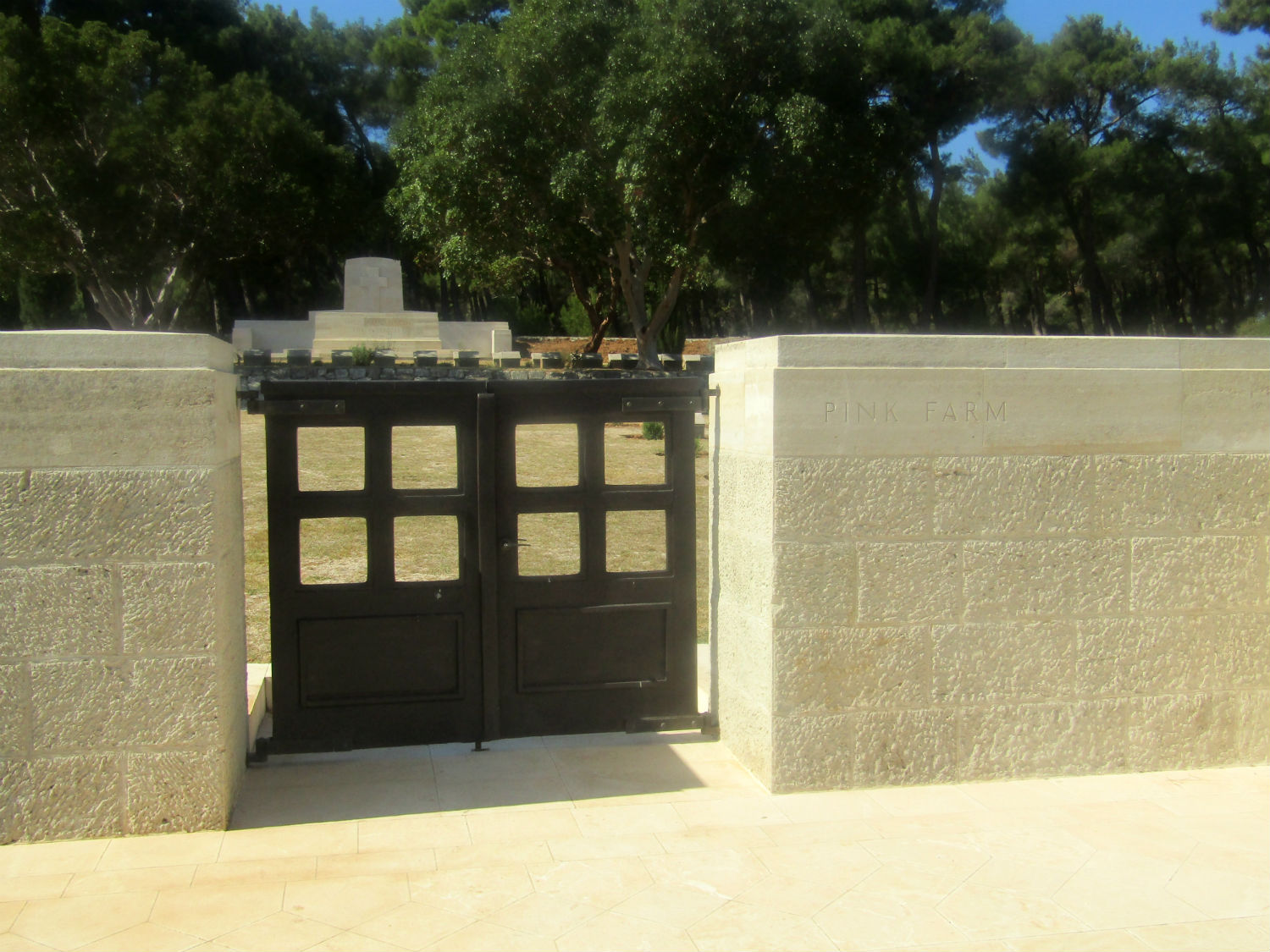
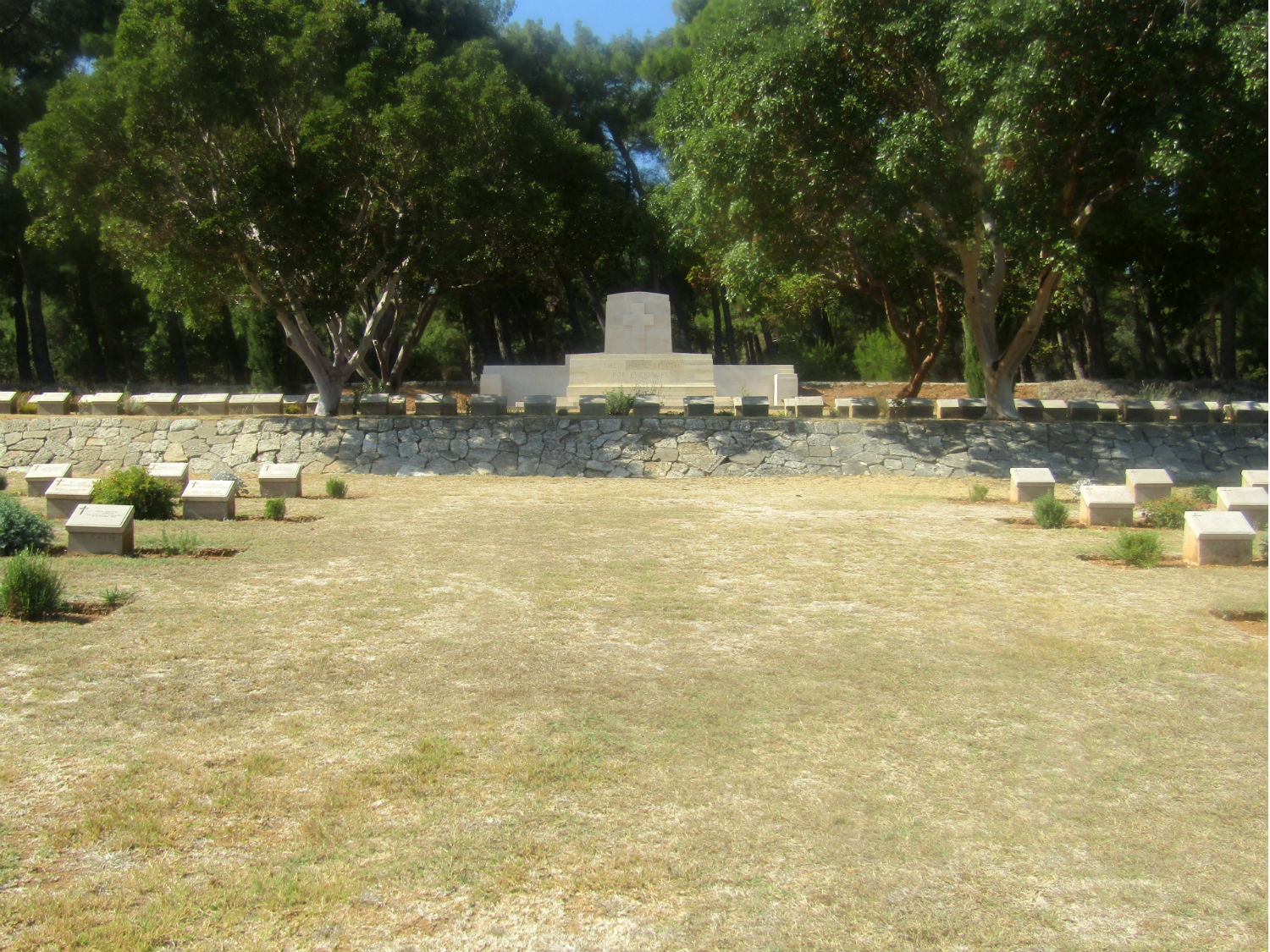

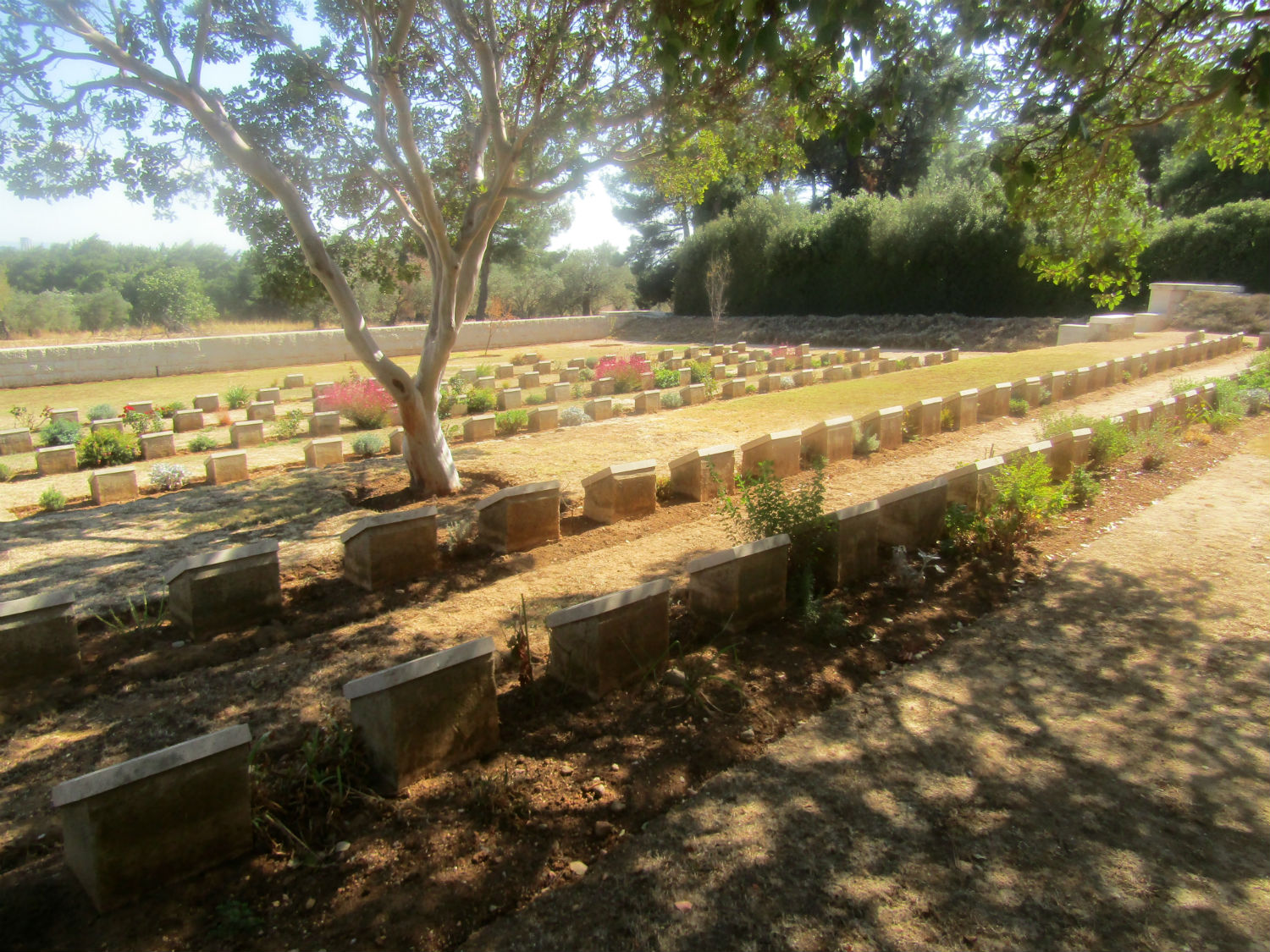
 Pink Farm Cemetery, Cape Helles, Eceabat District, Çanakkale Province
Pink Farm Cemetery, Cape Helles, Eceabat District, Çanakkale Province
YA 34, Twelve Tree Copse Cemetery and New Zealand Memorial…….. TWELVE TREE COPSE CEMETERY was made after the Armistice when graves were brought in from isolated sites and small burial grounds on the battlefields of April-August and December 1915. The most significant of these burial grounds were Geoghegan's Bluff Cemetery, which contained 925 graves associated with fighting at Gully Ravine in June-July 1915; Fir Tree Wood Cemetery, where the 29th Division and New Zealand Infantry Brigade fought in May 1915 and Clunes Vennel Cemetery, on the south side of Krithia, which contained 522 graves. There are now 3,360 First World War servicemen buried or commemorated in the cemetery. 2,226 of the burials are unidentified but special memorials commemorate many casualties known or believed to be buried among them, including 142 officers and men of the 1st Essex who died on 6 August 1915, and 47 of the 1st/7th Scottish Rifles killed on 28 June. The cemetery also contains the TWELVE TREE COPSE (NEW ZEALAND) MEMORIAL, one of four memorials erected to commemorate New Zealand soldiers who fell on the Gallipoli peninsula and whose graves are not known. The memorial relates to engagements outside the limits of Anzac in which New Zealand soldiers took part. It bears almost 180 names.
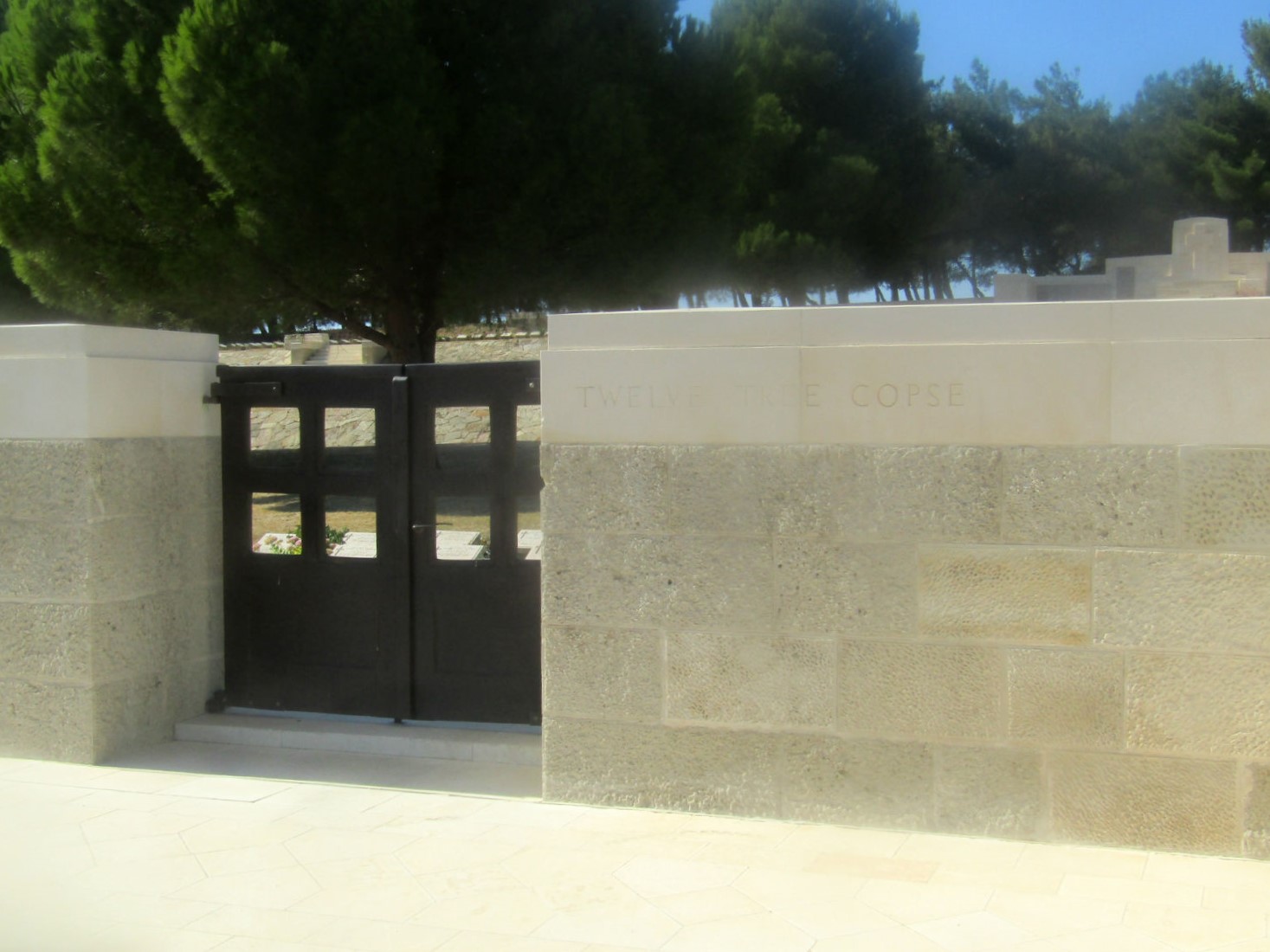
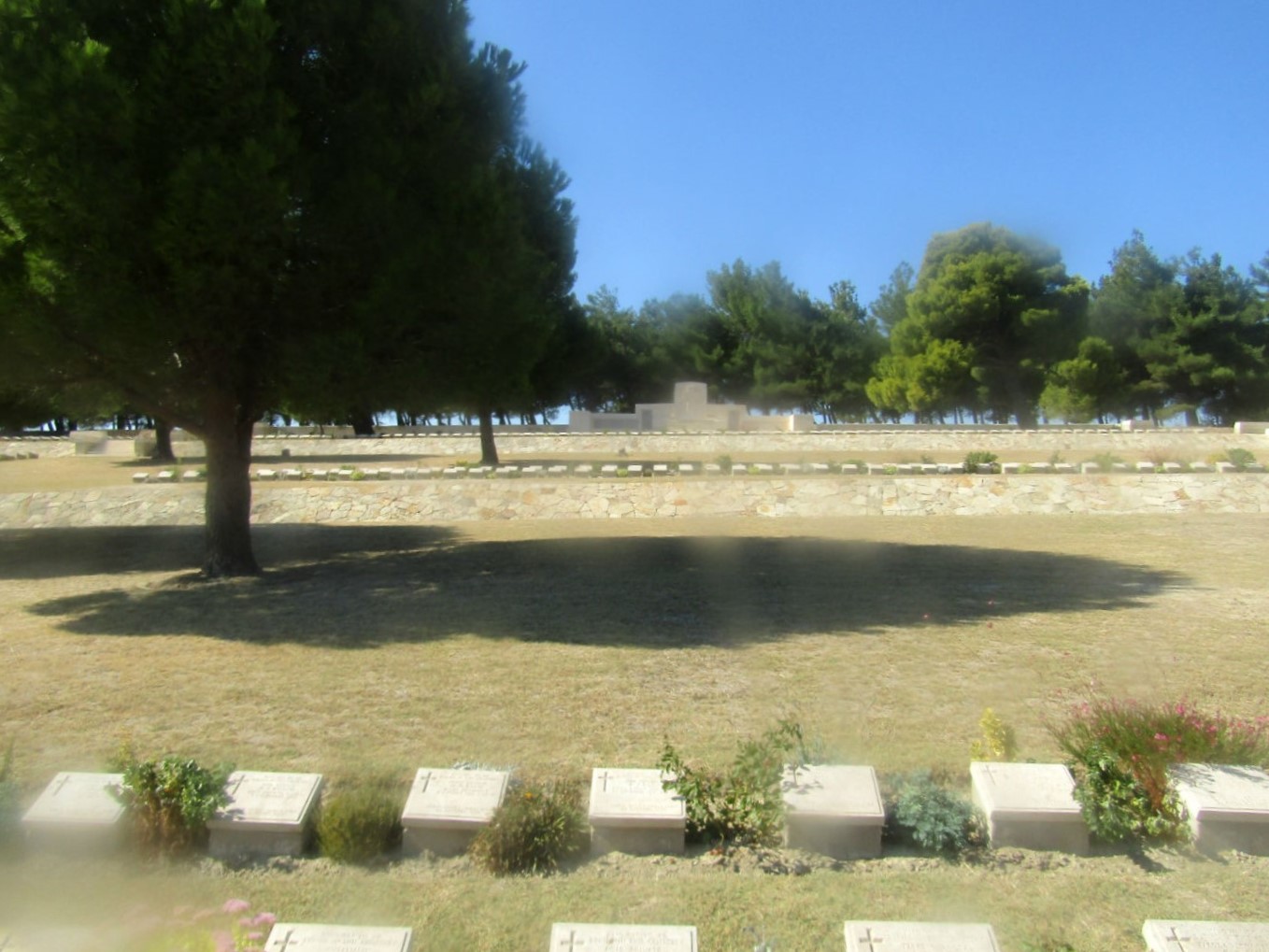
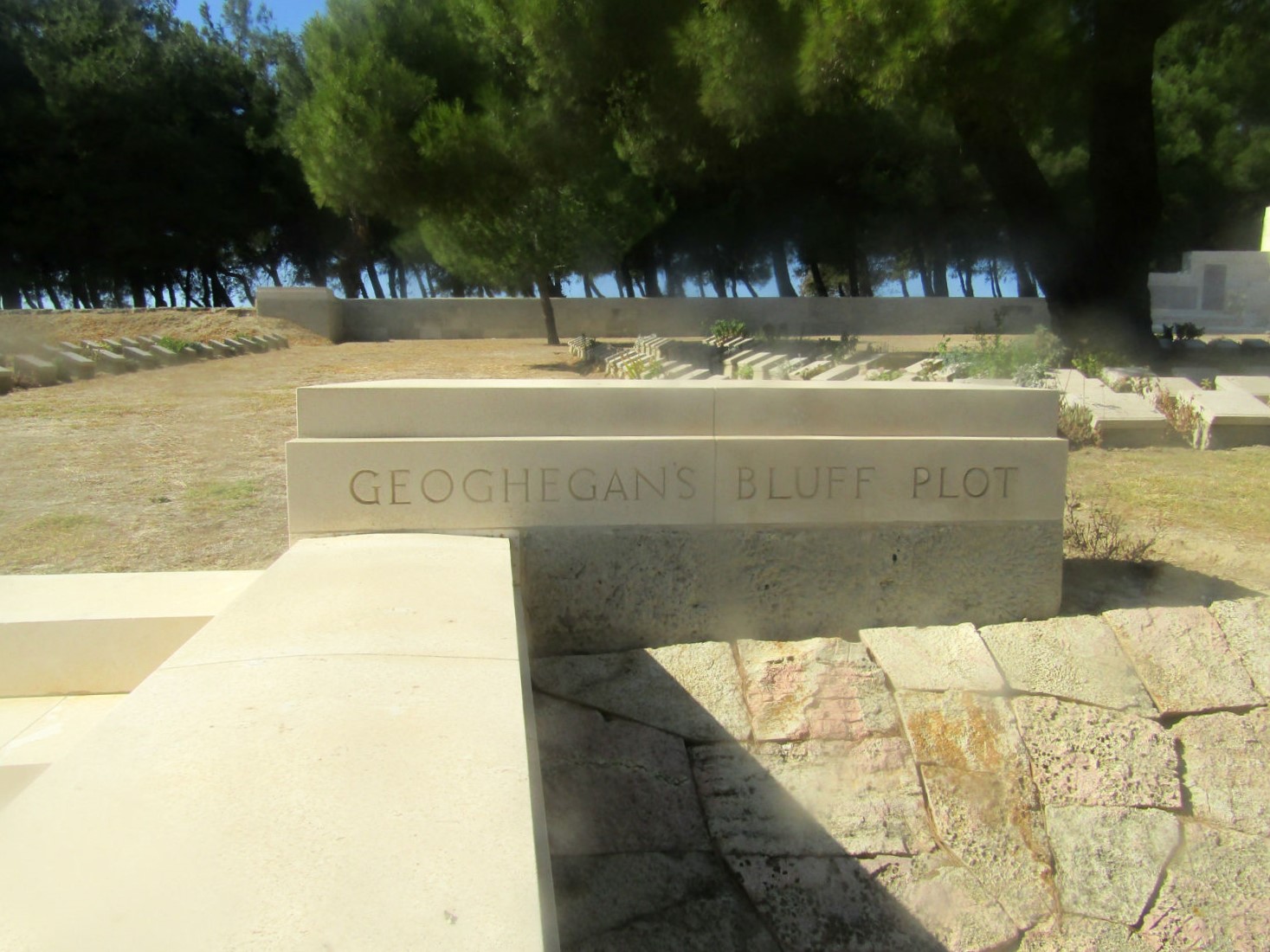
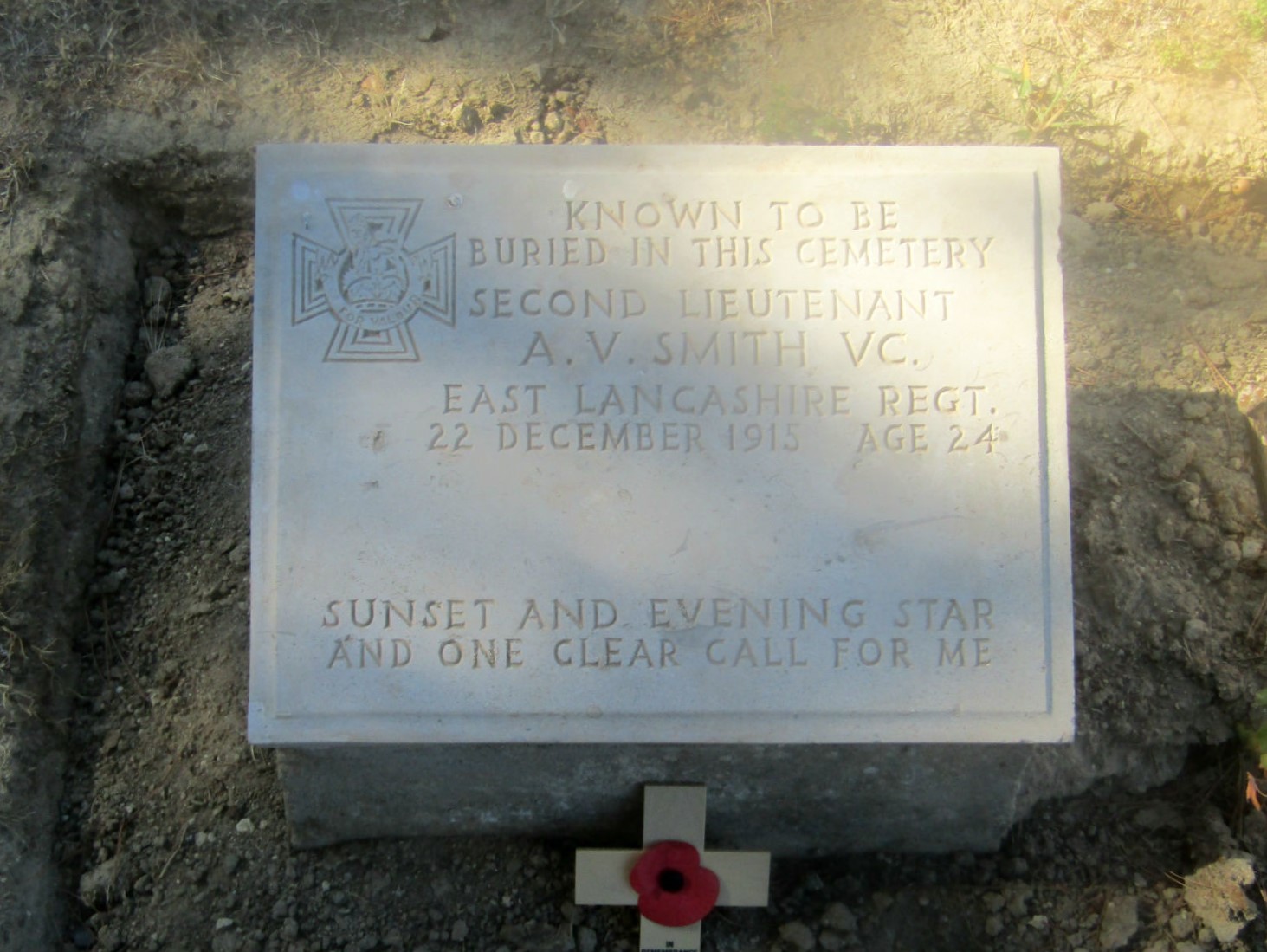
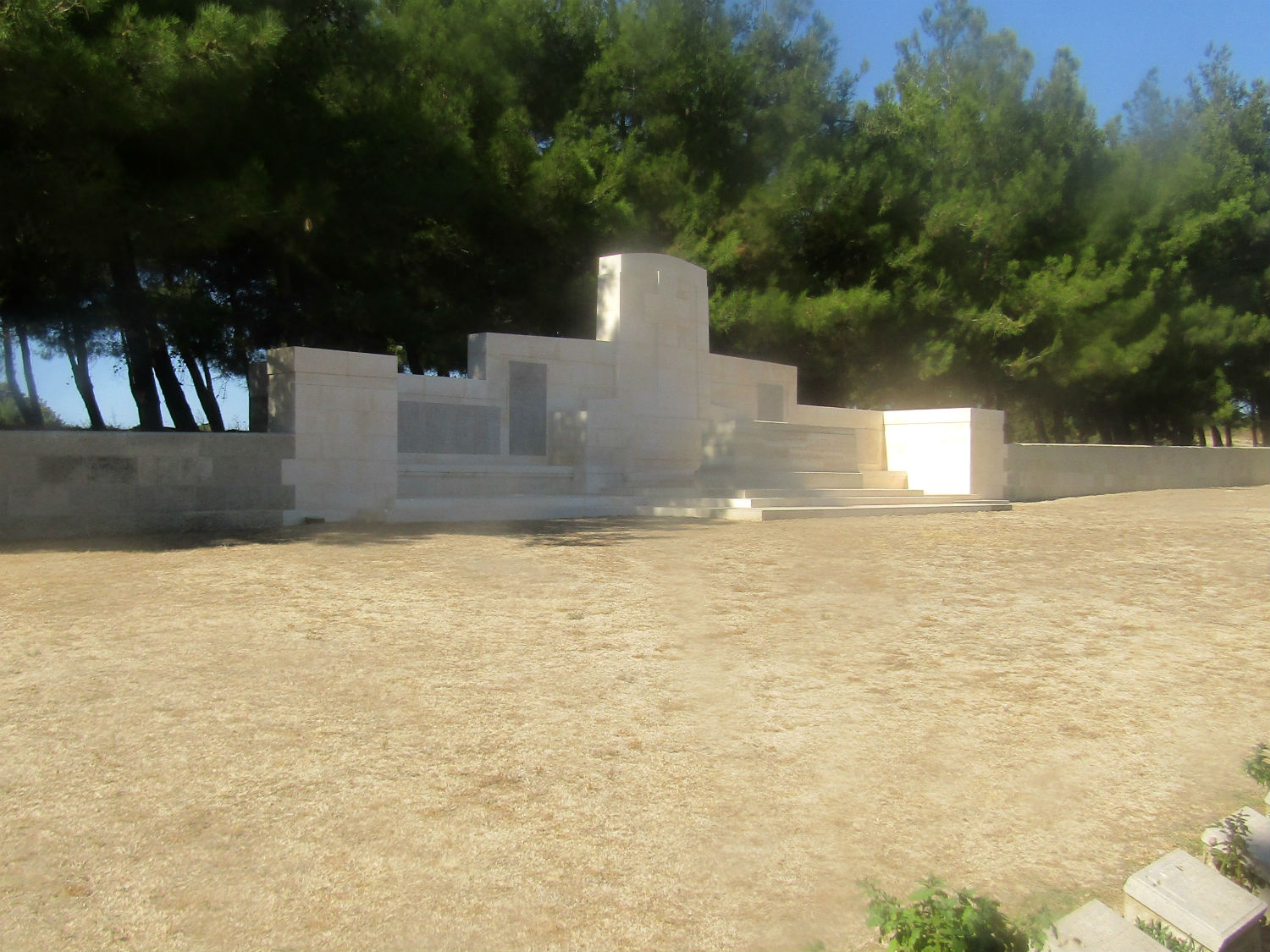
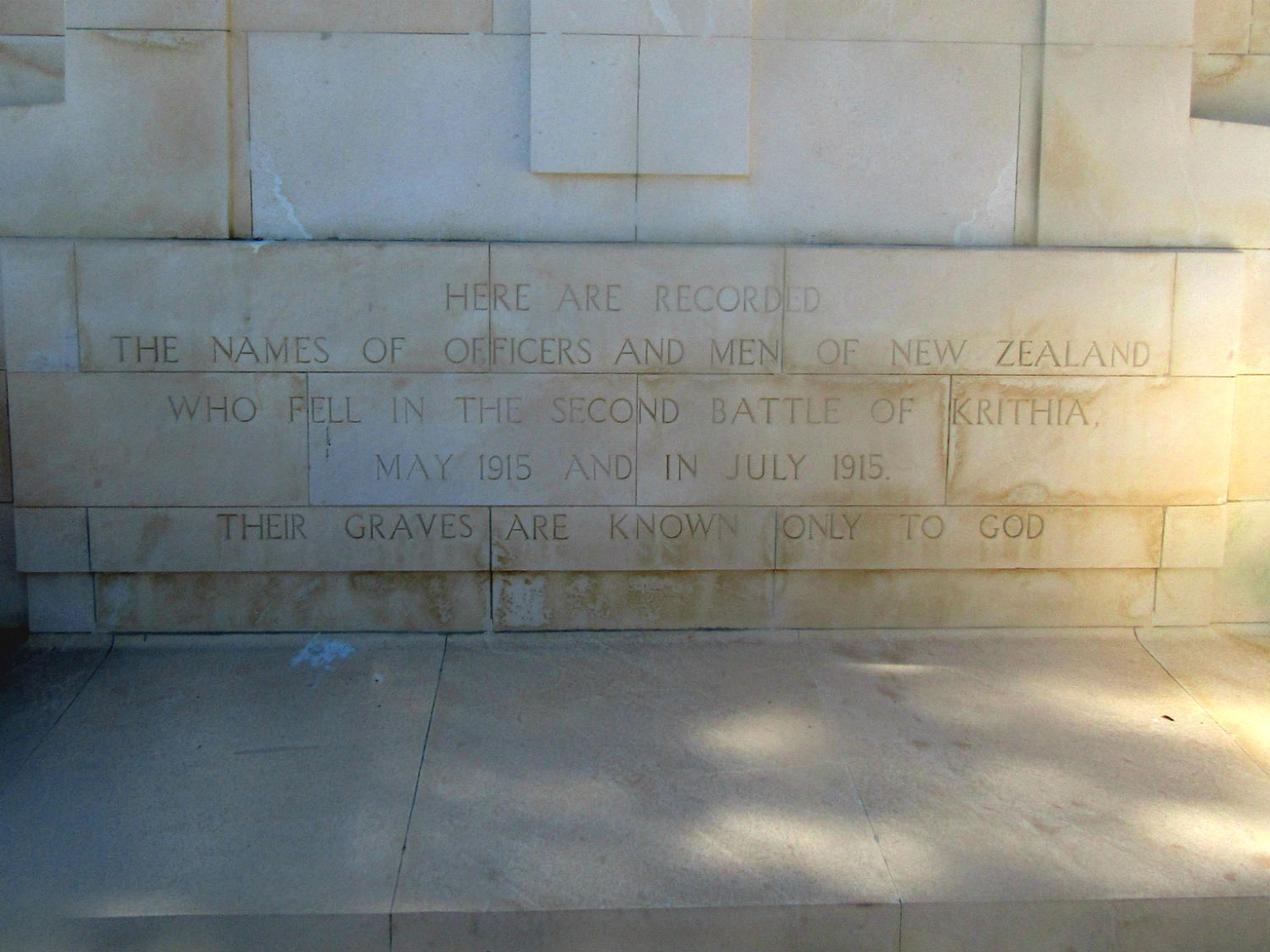 Twelve Tree Copse Cemetery and New Zealand Memorial, Cape Helles, Eceabat District, Çanakkale Province
Twelve Tree Copse Cemetery and New Zealand Memorial, Cape Helles, Eceabat District, Çanakkale ProvinceCitation: For most conspicuous bravery. He was in the act of throwing a grenade when it slipped from his hand and fell to the bottom of the trench close to several officers and men. He immediately shouted a warning and jumped clear to safety. He then saw that the officers and men were unable to find cover and knowing that the grenade was due to explode at any moment, he returned and flung himself upon it. He was instantly killed by the explosion. His magnificent act of self-sacrifice undoubtedly saved many lives.
TA 29, Sargiyeri Martyrs’ Cemetery……..Sargiyeri Martyrs’ Cemetery lies at the head of the Zığındere Valley (known to the Allies as Gully Ravine). The Battle of Gully Ravine, 28th June to 5th July 1915 resulted in stalemate with the Allied objective of capturing the small town of Alçıtepe ending in failure. The Sargiyeri Martyrs’ Cemetery lies less than a kilometre to the north of the town and contains the remains of Turkish soldiers who died during the battle.
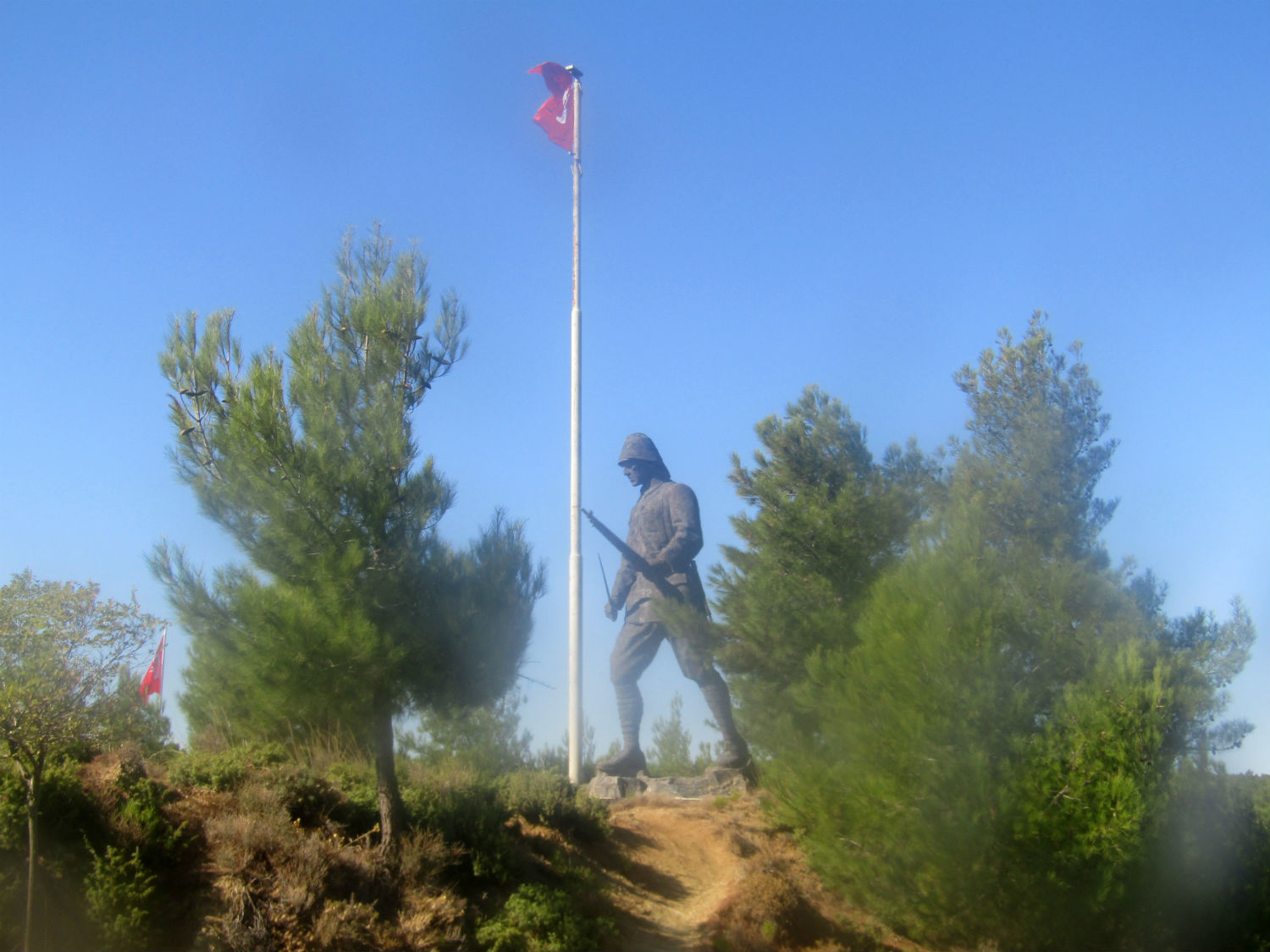
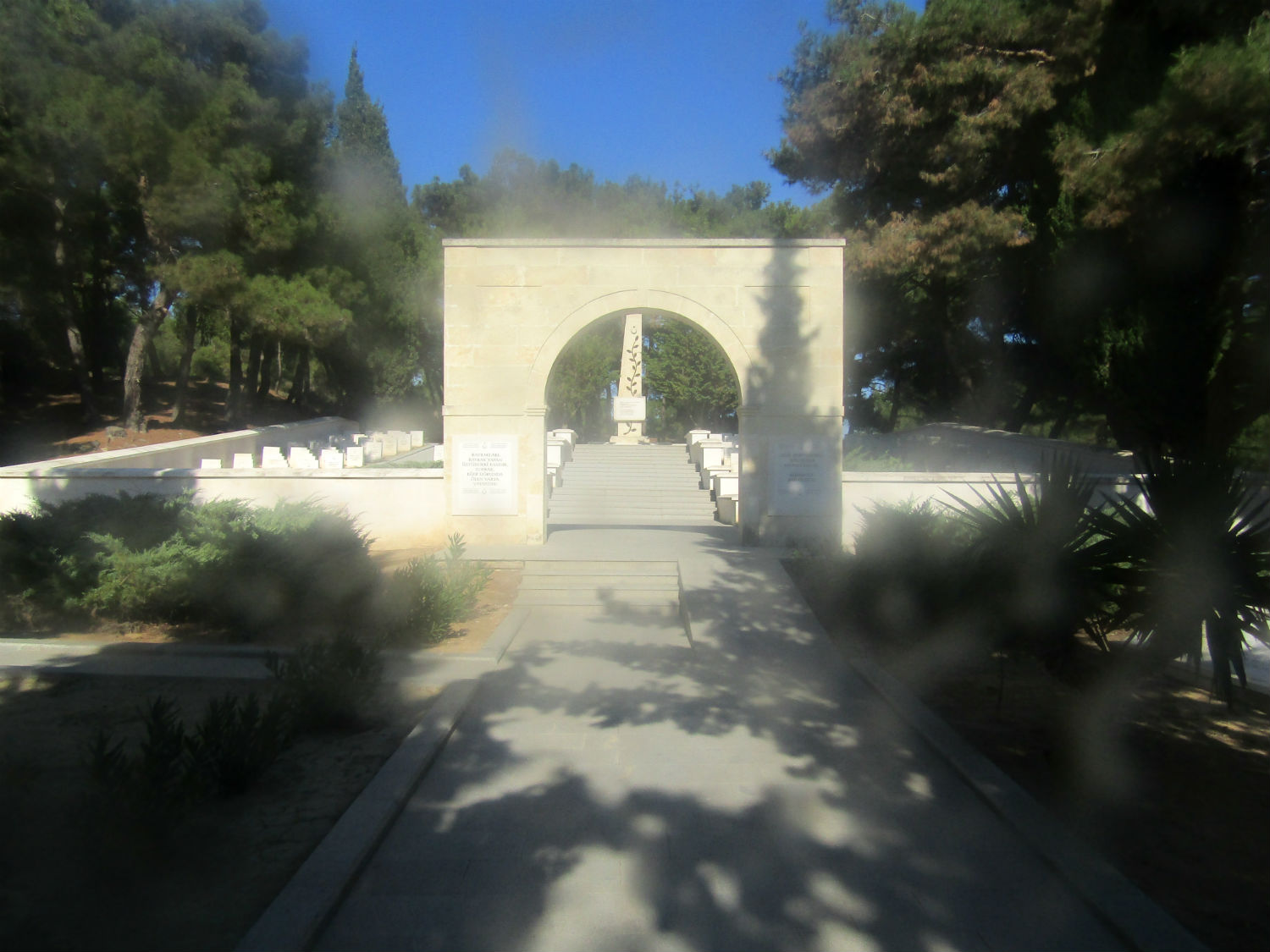
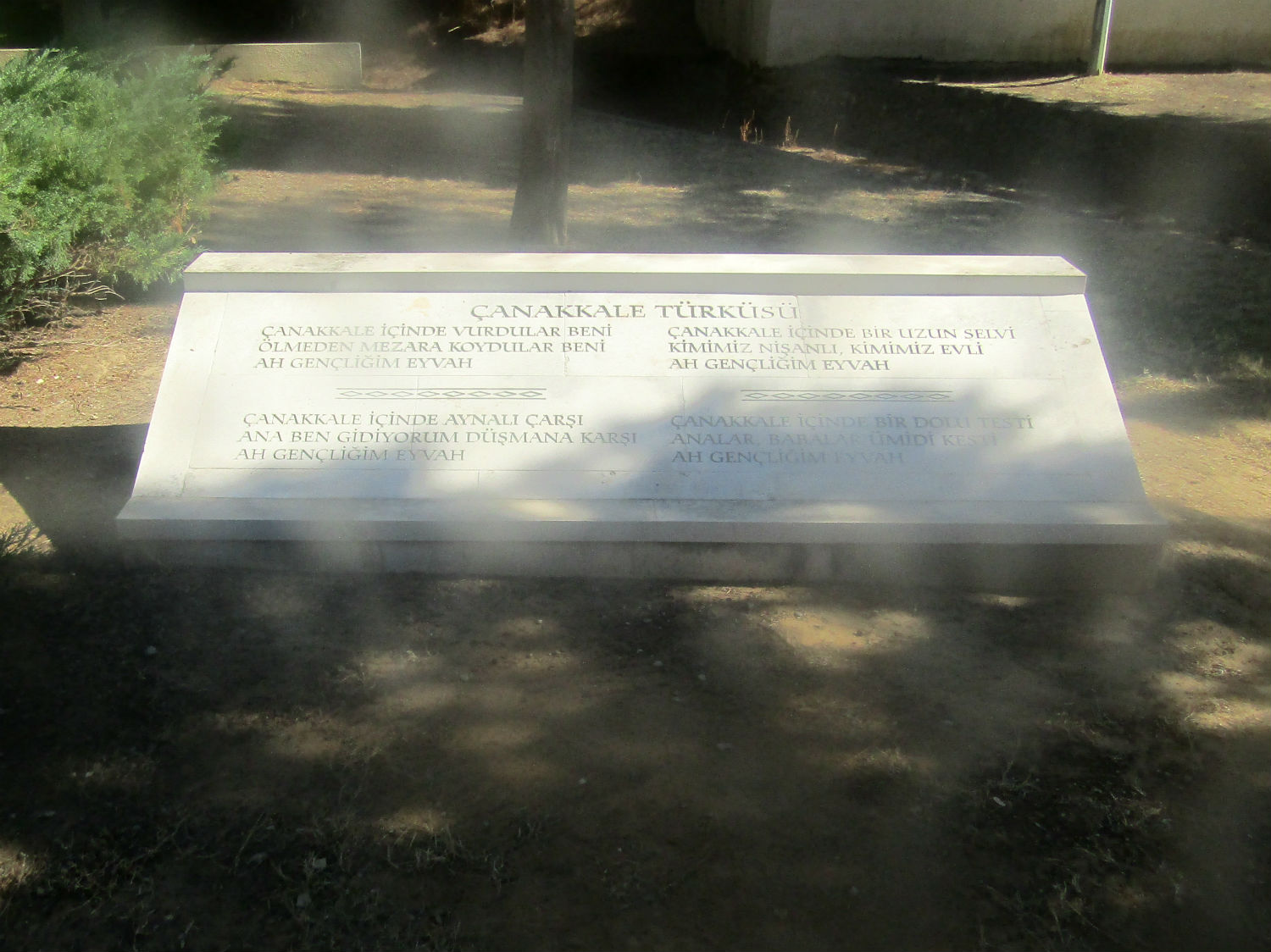

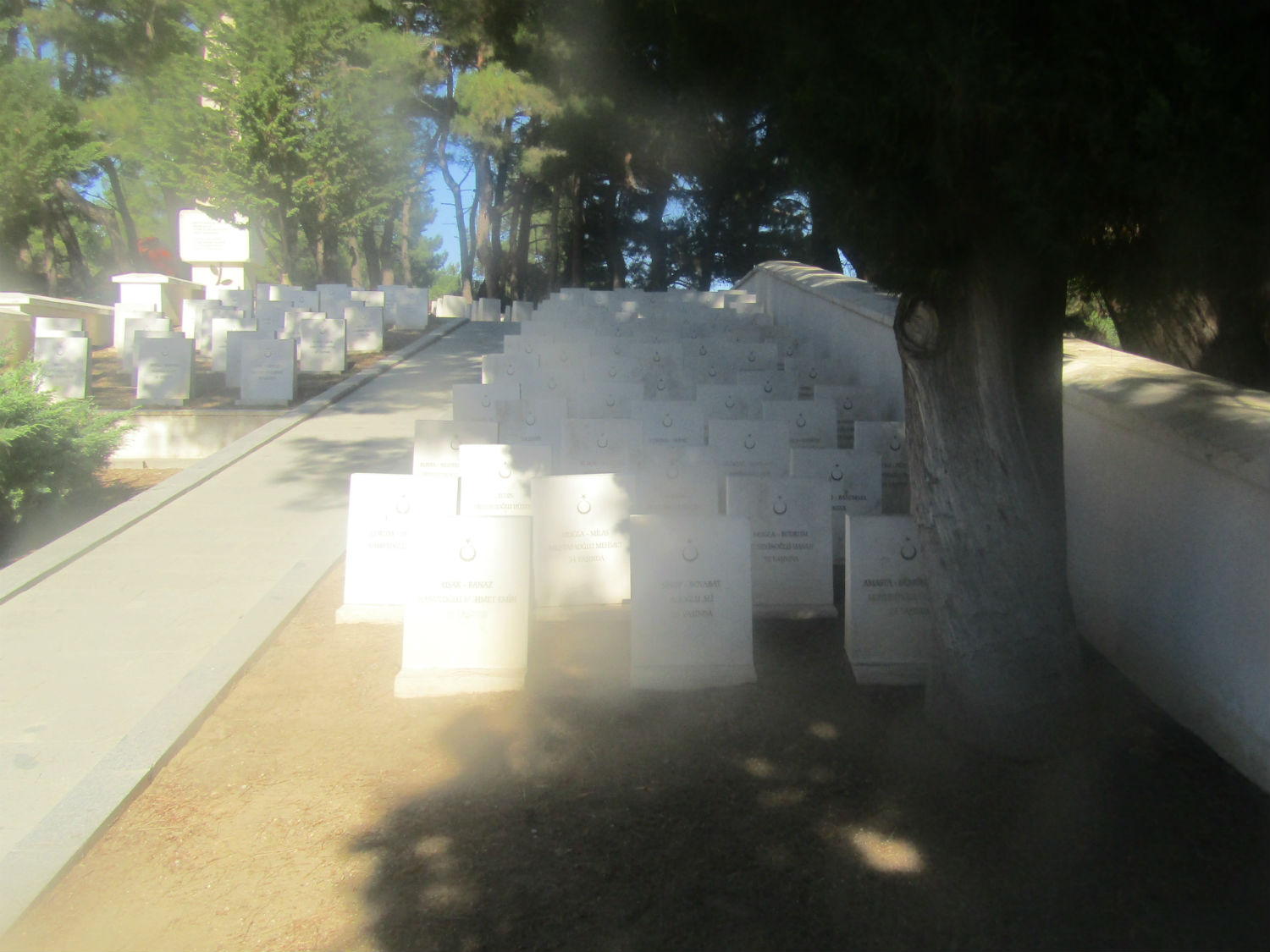
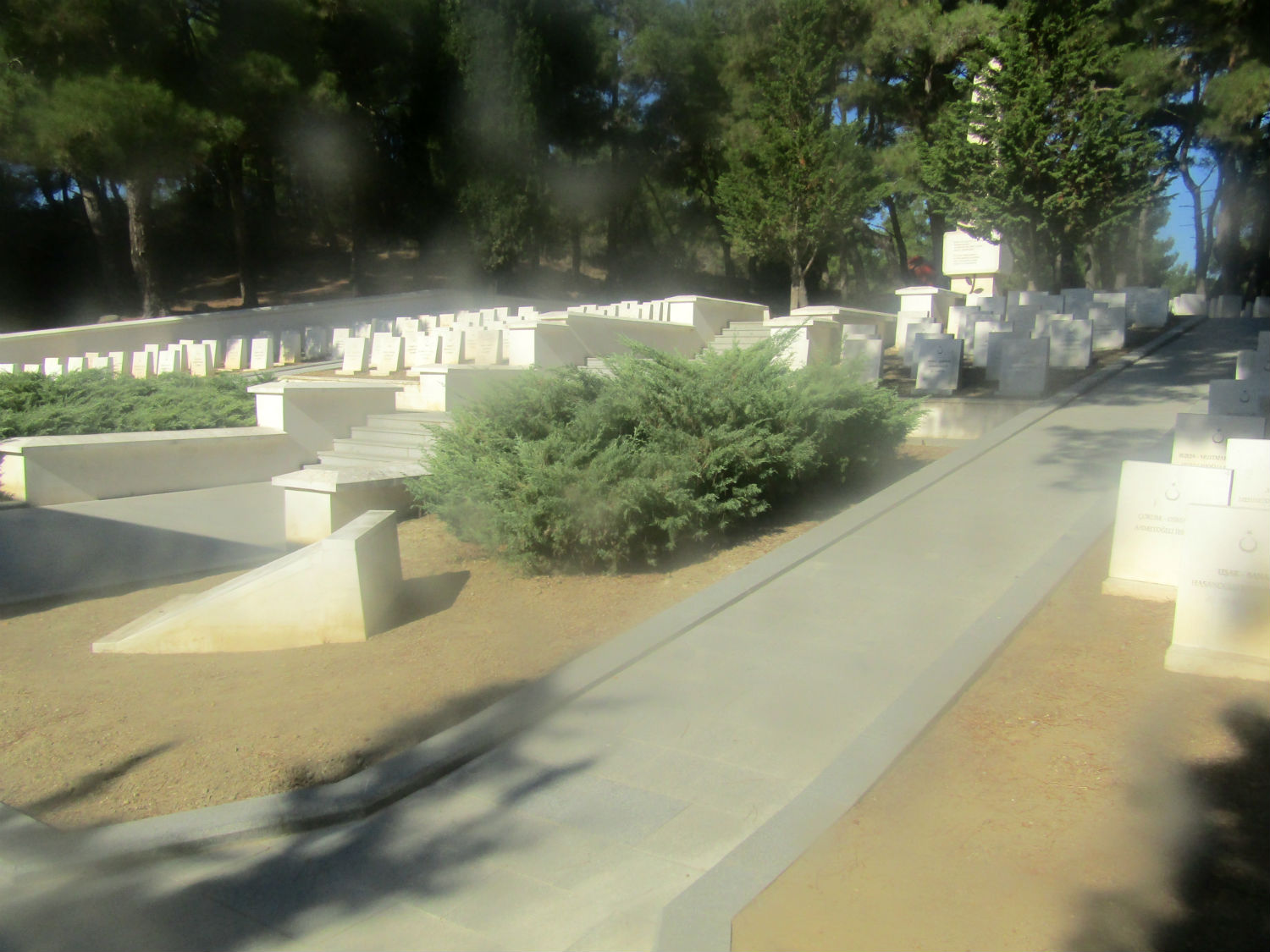 Sargiyeri Martyrs’ Cemetery, Cape Helles, Eceabat District, Çanakkale Province
Sargiyeri Martyrs’ Cemetery, Cape Helles, Eceabat District, Çanakkale Province
TA 30, Gully Ravine Nuri Yamut Memorial……..The Nuri Yamut Memorial lies to the west of Alçıtepe on high ground overlooking the Aegean Sea. It contains the bones gathered by soldiers on the initiative of Nuri Pasha which were buried in the middle of this monument. The Nuri Yamut Memorial lies within the battlefield of Gully Ravine (28th June to 5th July 1915).
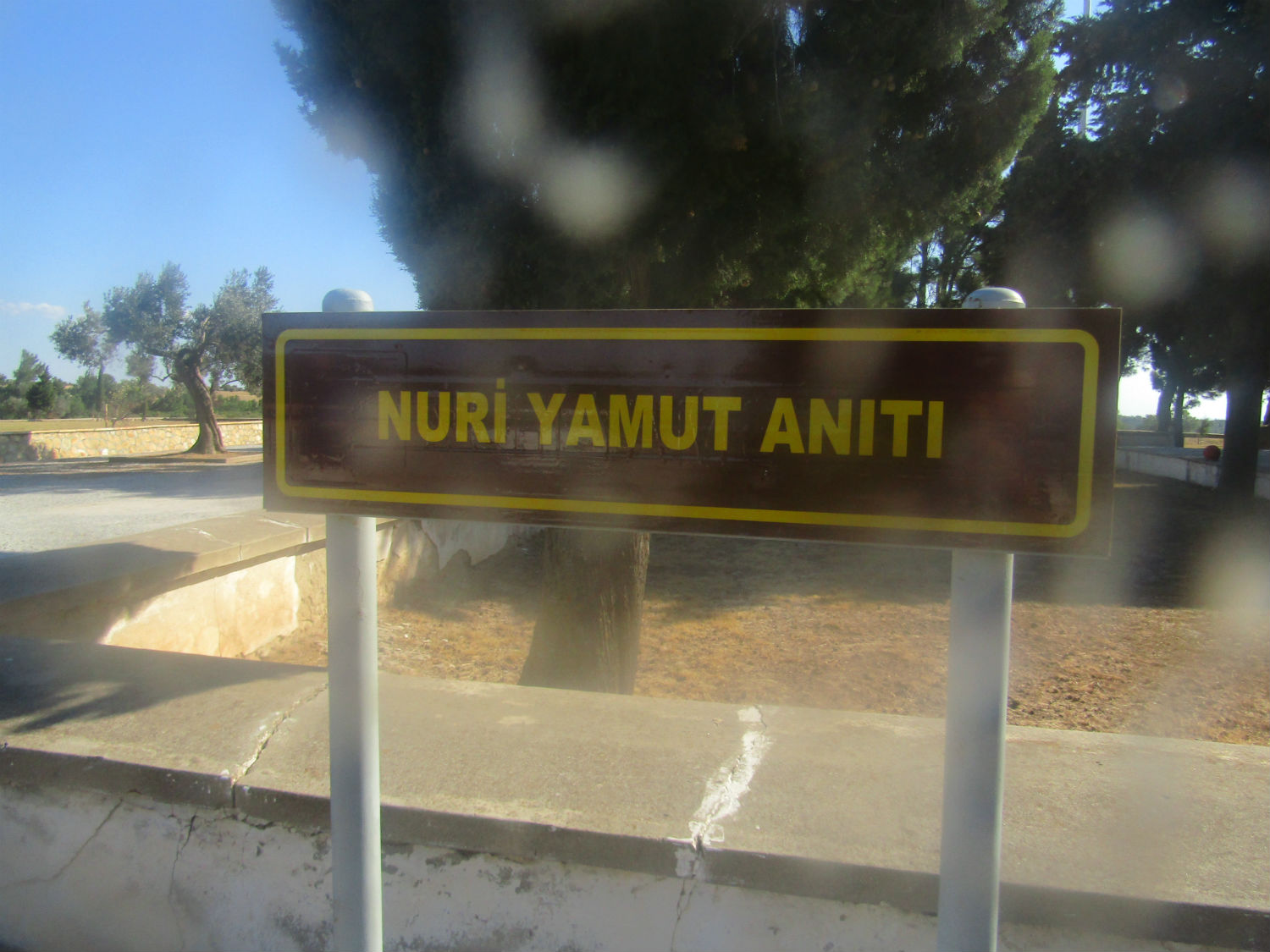

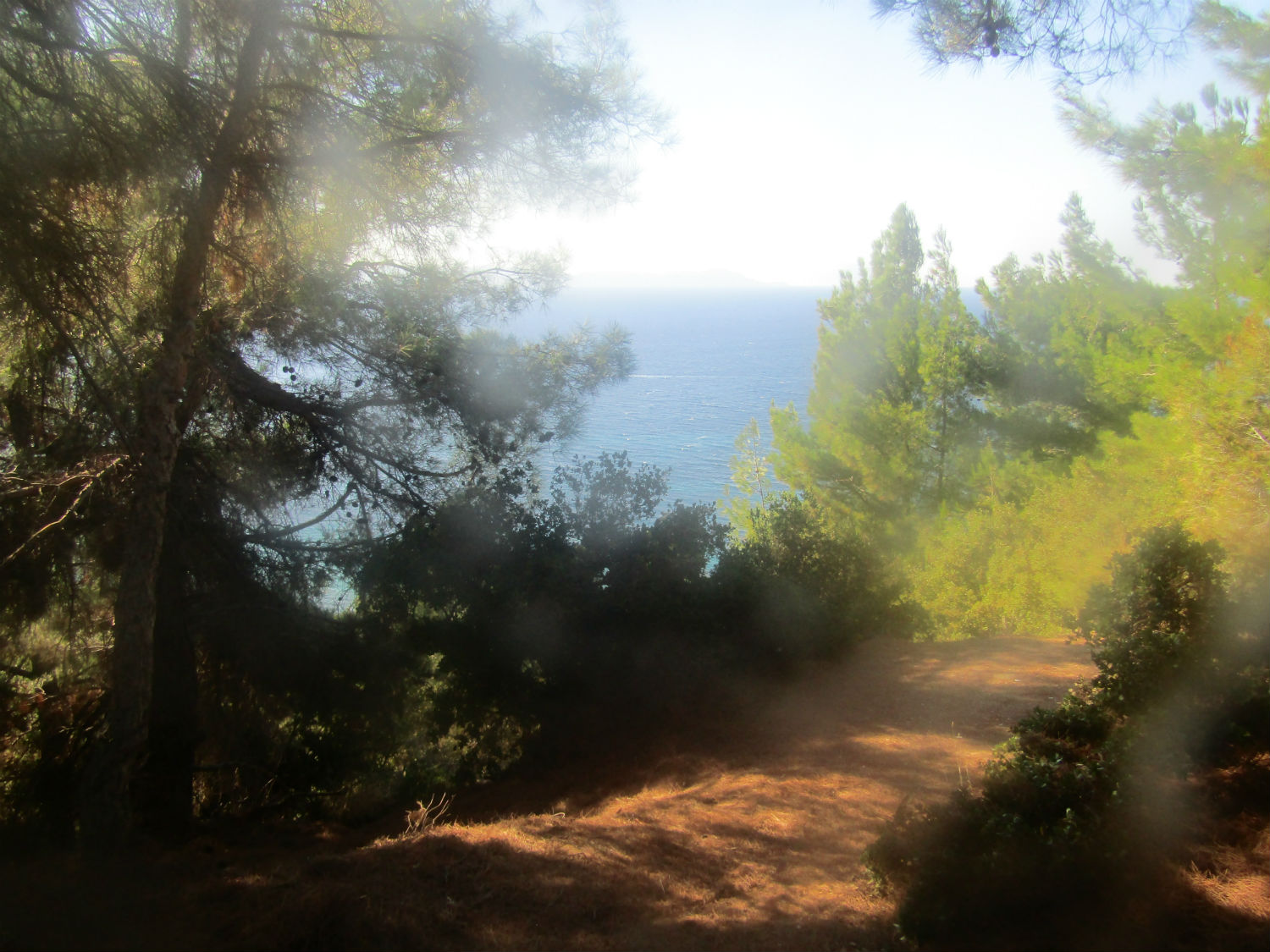
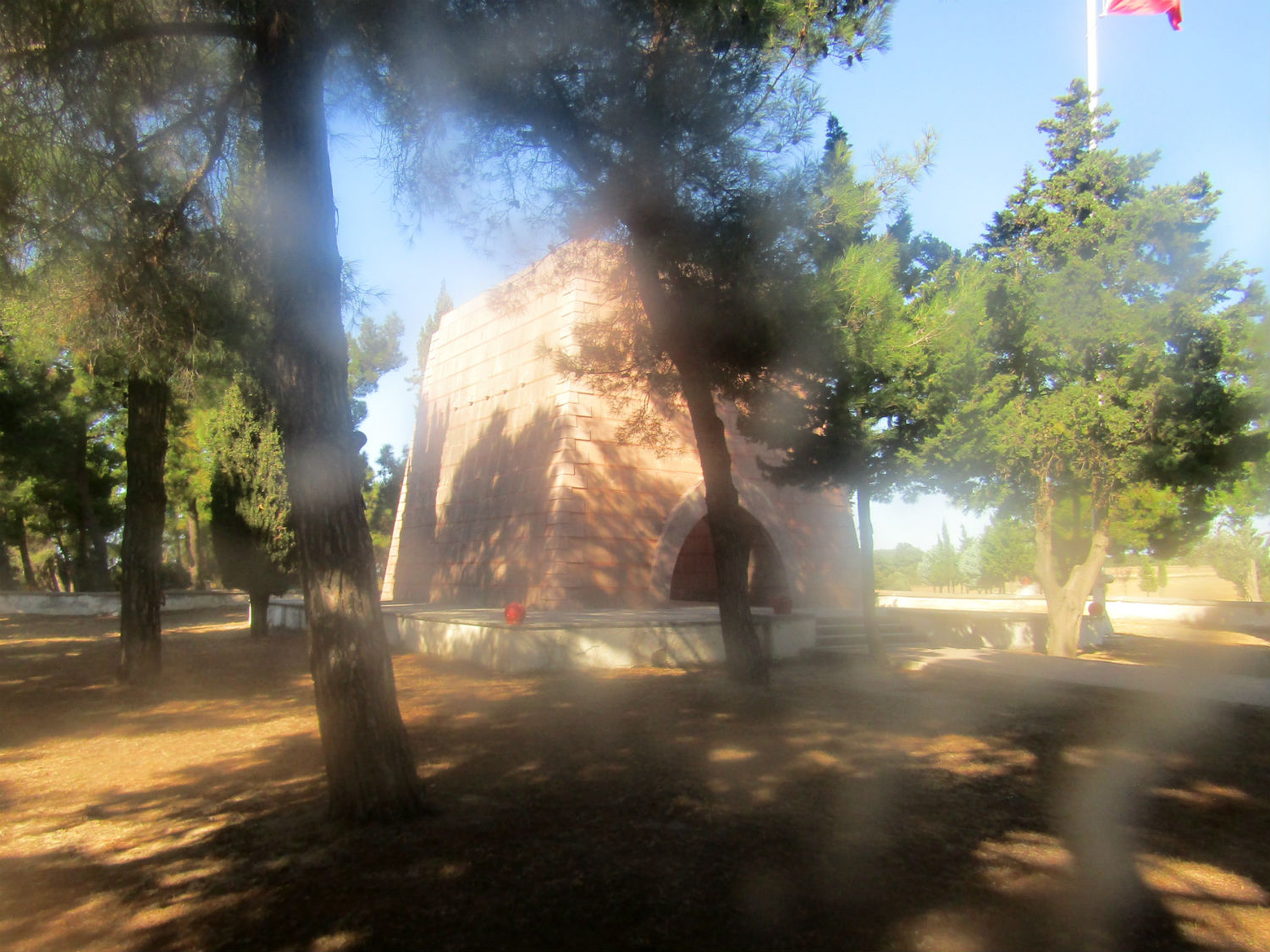
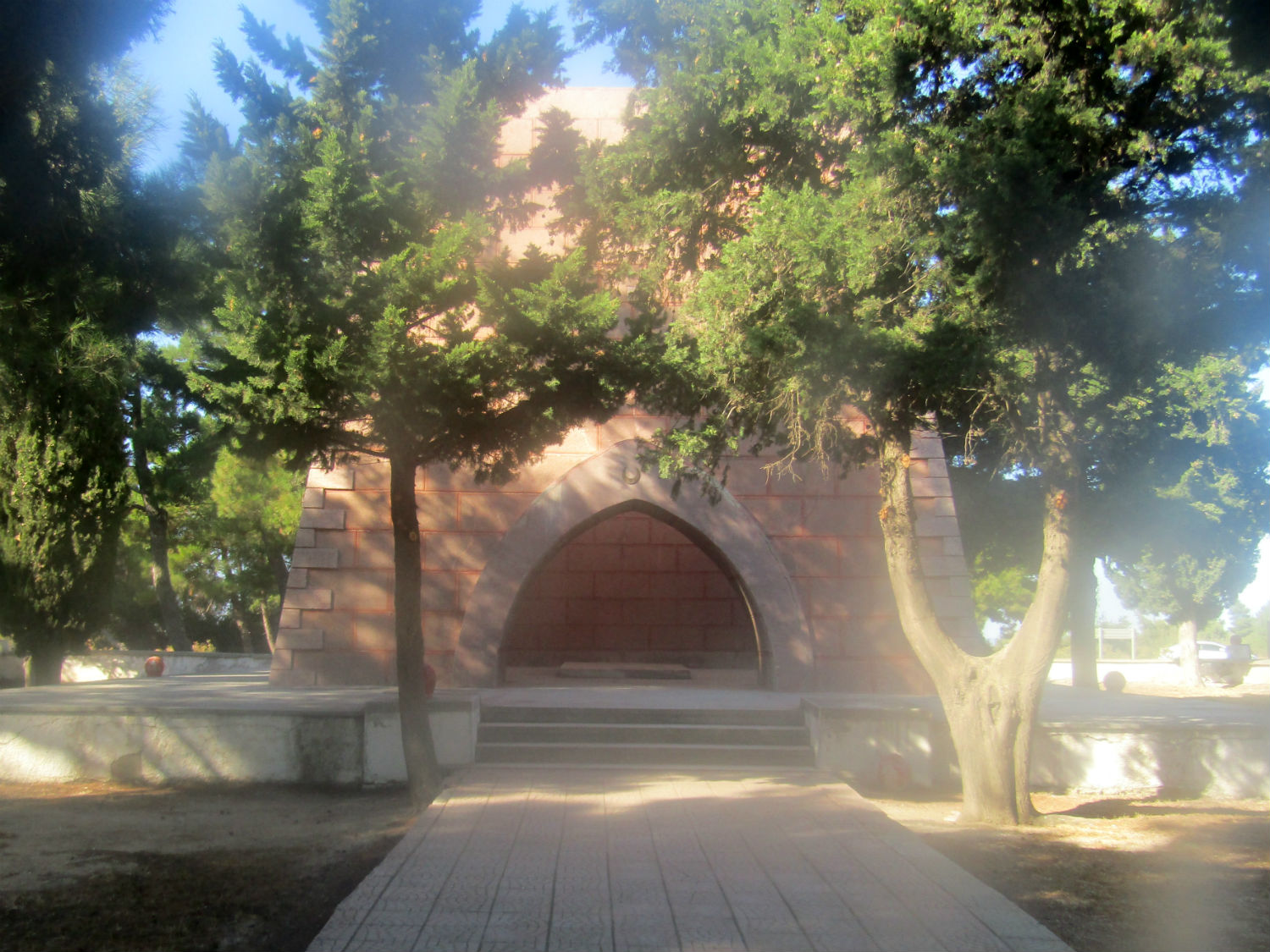
 Nuri Yamut Memorial, Cape Helles, Eceabat District, Çanakkale Province
Nuri Yamut Memorial, Cape Helles, Eceabat District, Çanakkale Province
Kilitbahir……..By 3pm it has become clear that the tour of the Helles Peninsula is much more straightforward than we dared hope, even finding time to check each of the few thousand graves we come across for Hereford regiment casualties. By 4pm all the major sites are covered both Allied and Turkish and we make our way back a different way via Kilitbahir but here we make an important discovery. Here, not only are the massive fortifications of the Namazgah Bastion to protect the Dardanelles which were so effective during the early phase of the Gallipoli Campaign but the Kilitbahir Fort built to deny Crusader ships from relieving the Byzantine city of Constantinople in the 15th century. However, this citadel will have to wait till we now find more time before we leave Eceabat. The tour of the battlefields of Gallipoli is however now over.
Kilitbahir ('the key of the sea') is a Turkish village in Eceabat district of Çanakkale Province, on the peninsula of Gallipoli (European part of the Dardanelles). The fort of Kilitbahir, in the form of a clover, was built by sultan Mehmed II.
Kilitbahir ('the key of the sea') is a Turkish village in Eceabat district of Çanakkale Province, on the peninsula of Gallipoli (European part of the Dardanelles). The fort of Kilitbahir, in the form of a clover, was built by sultan Mehmed II.
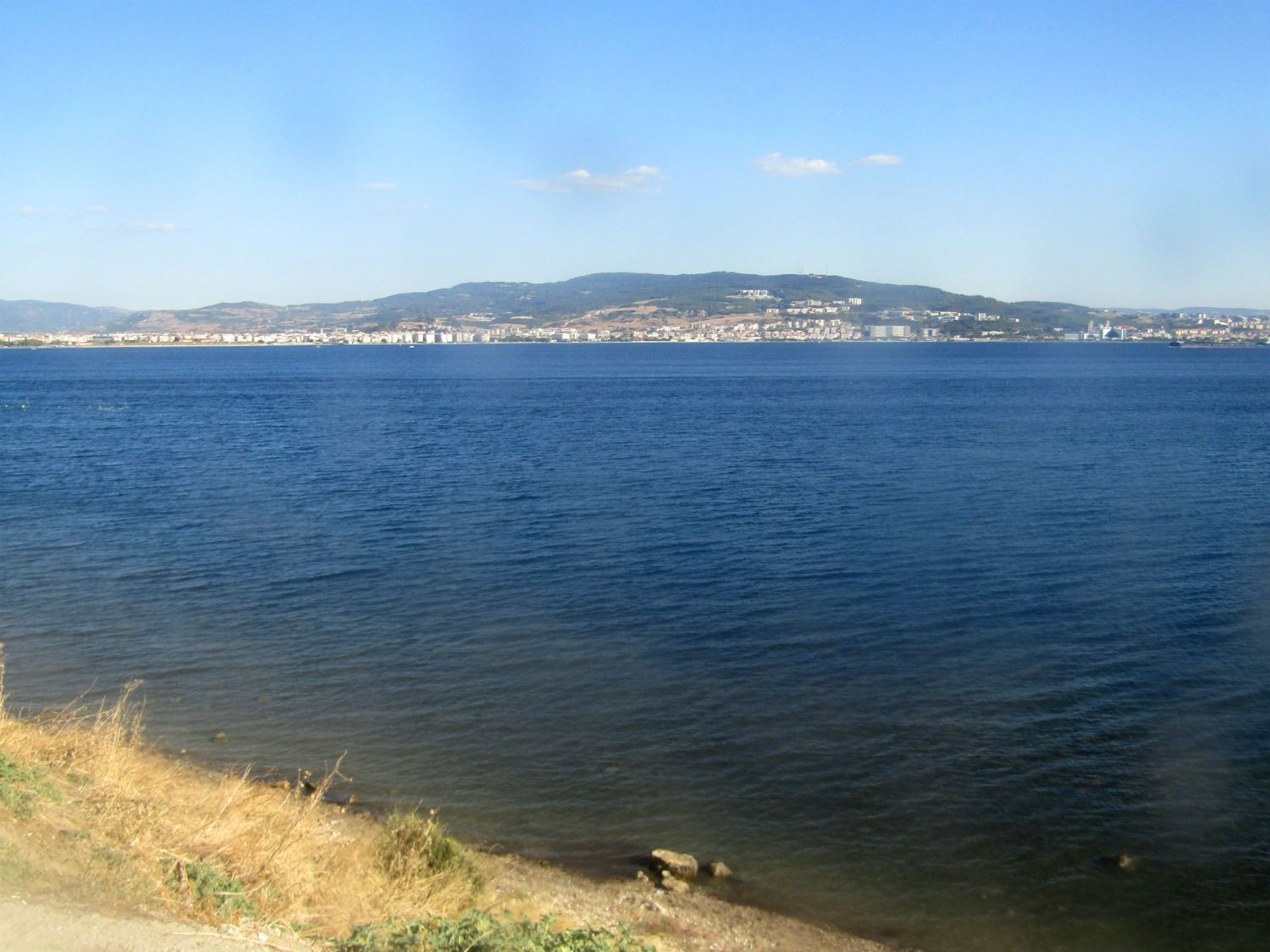

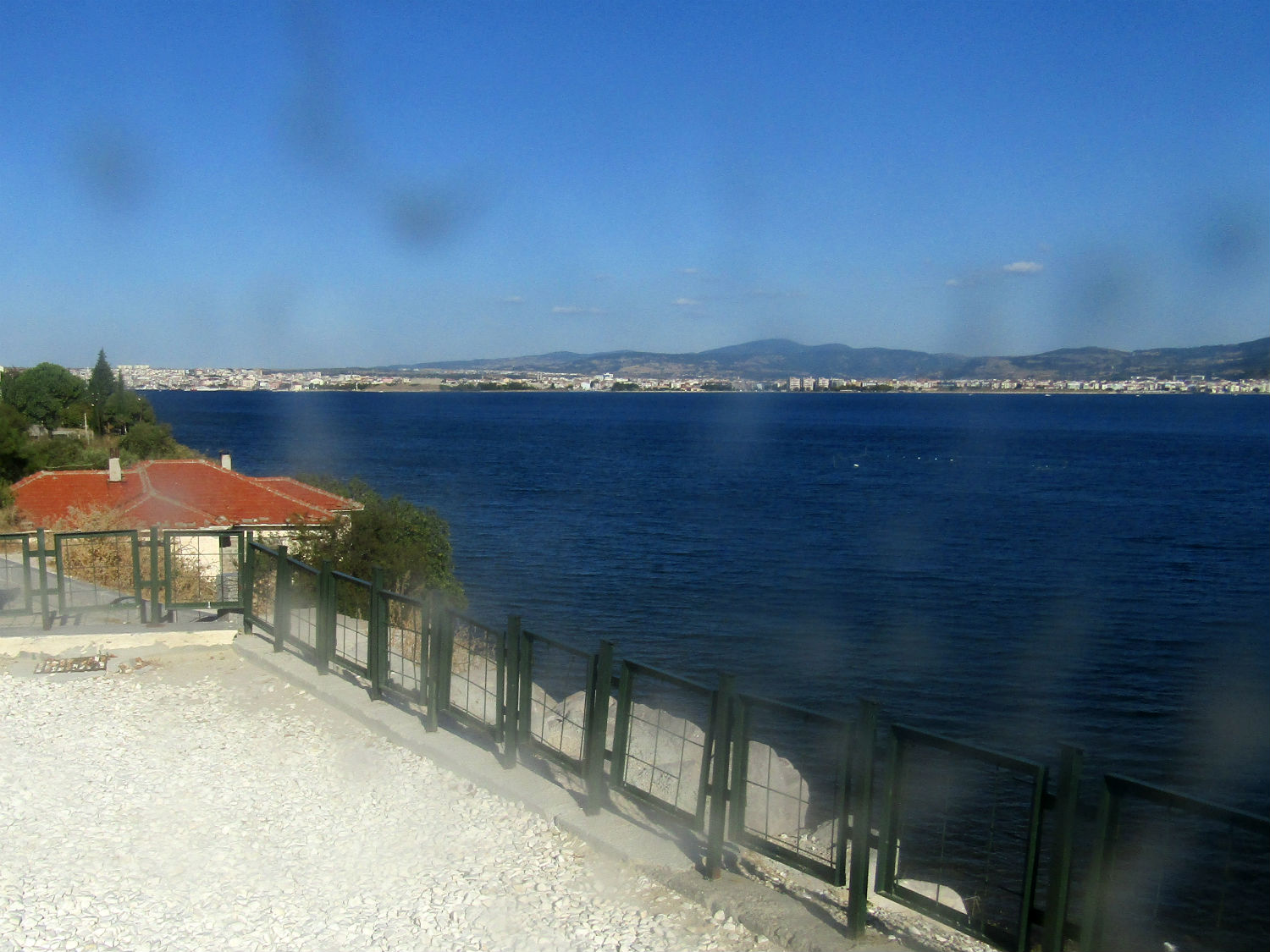 Kilitbahir, Eceabat District, Çanakkale Province
Kilitbahir, Eceabat District, Çanakkale Province
Namazgah Bastion……..The Namazgah Bastion is located near the Kilitbahir Castle. It was the strongest defensive installation of the Gallipoli Campaign with a host of artillery batteries hidden within bunkers at the narrowest point of the Dardenelles. The gun batteries installed here were only removed in the 1950’s but in recent years the whole complex has benefitted from a comprehensive renovation. The Turkish Ministry of Culture recognised the bastion as a historic building in 1980 and the museum was founded in 2006.
The museum holds a collection of military equipment and items of everyday use that would have been common during the First World War. The meaning of the word Namazgah means an open air prayer area and if you look across the road from the museum you will notice a ruined building. It is this building that was a place of prayer for the Ottoman soldiers.
The museum holds a collection of military equipment and items of everyday use that would have been common during the First World War. The meaning of the word Namazgah means an open air prayer area and if you look across the road from the museum you will notice a ruined building. It is this building that was a place of prayer for the Ottoman soldiers.
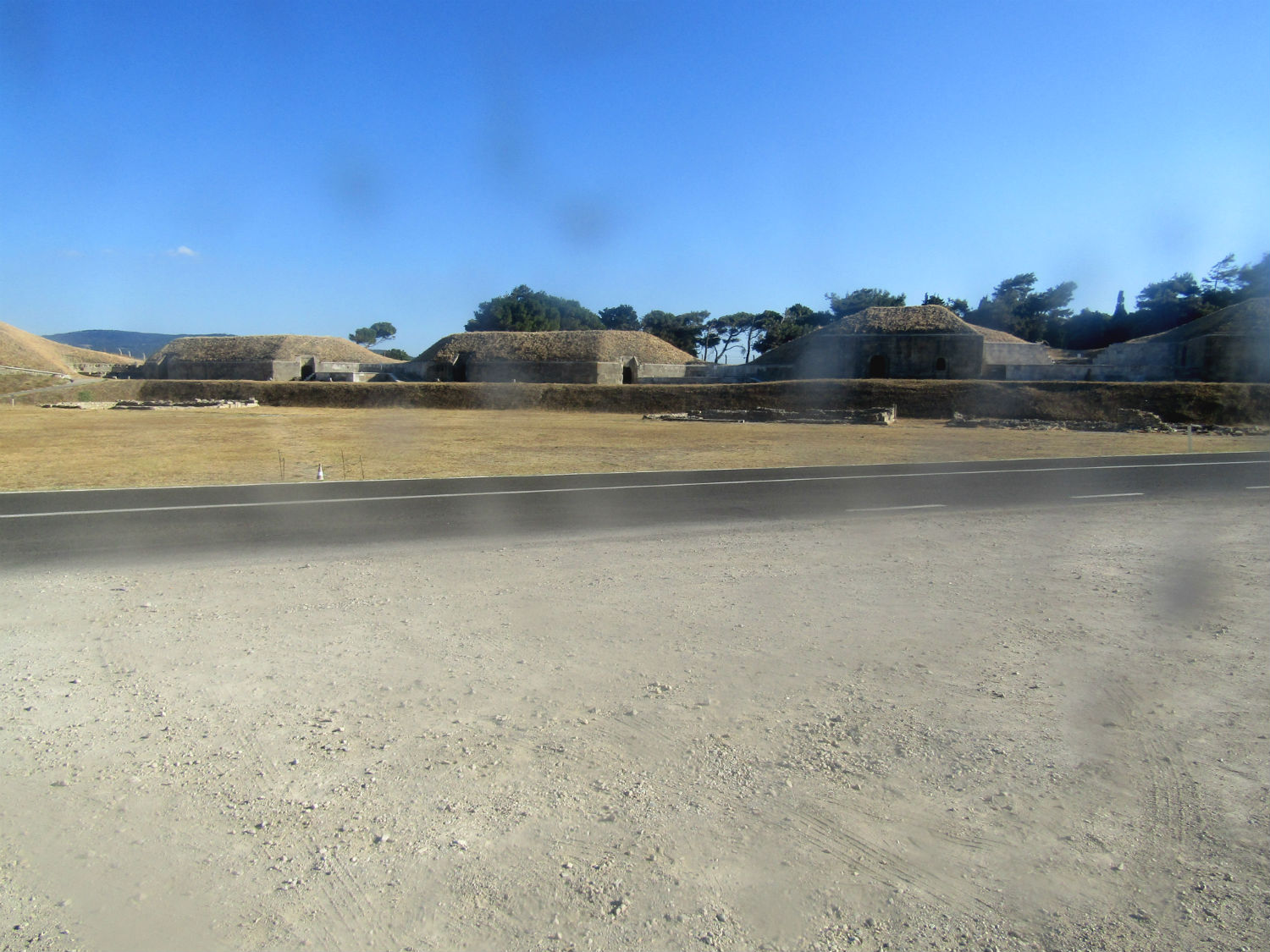
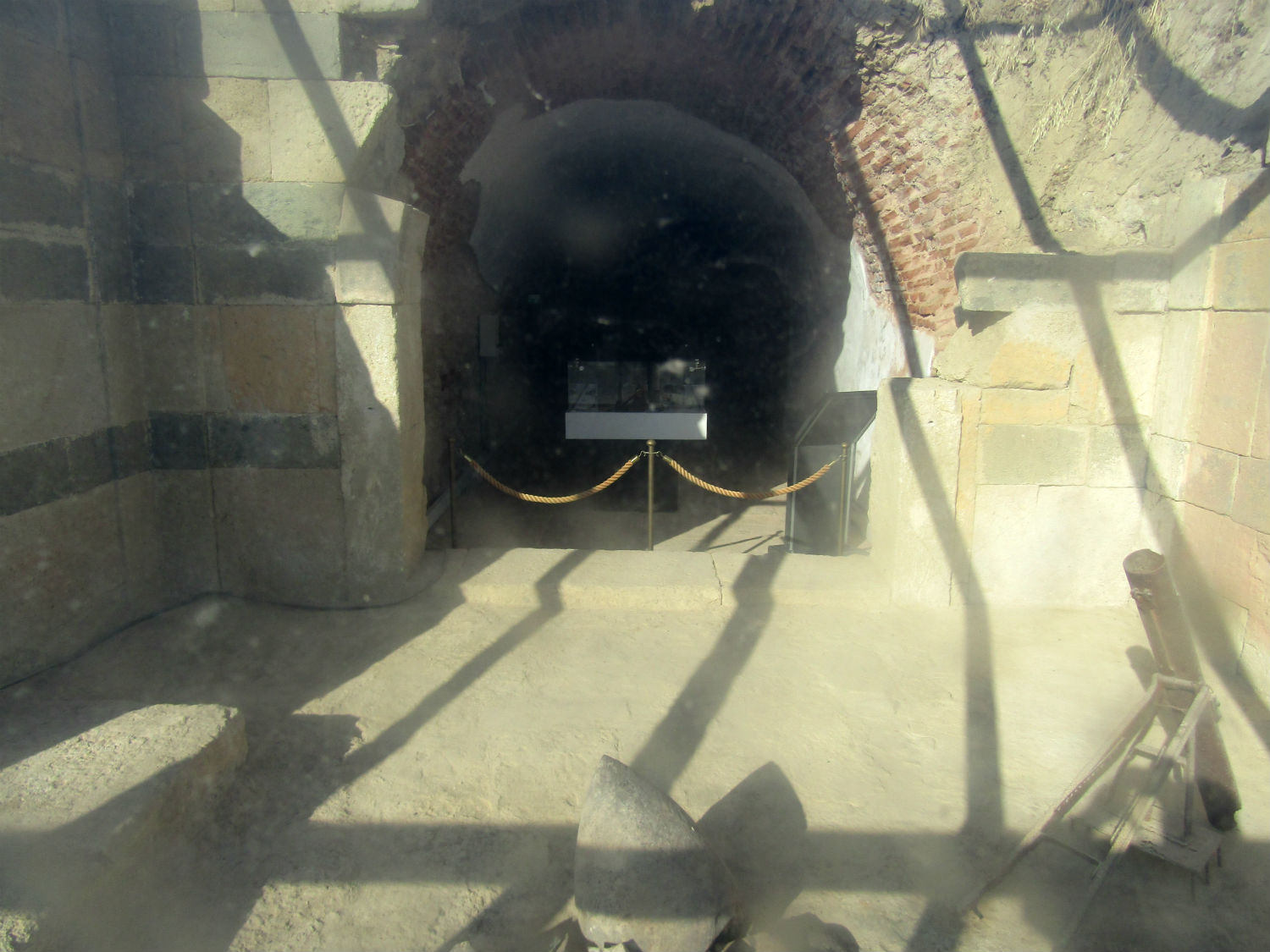
 Namazgah Bastion, Kilitbahir, Eceabat District, Çanakkale Province
Namazgah Bastion, Kilitbahir, Eceabat District, Çanakkale Province
Returning to Crowded House we make a late decision to cross over once more to Çanakkale. However, leaving one hour later than on Wednesday we fail to take advantage of the amazing variety of dining options and simply create yet another late night drinking in a beer bar. So far I’ve just about kept a set of notes for each day but it’s been a struggle leaving out much of the detail which will need to be added to my final version.
Conclusion…….. The coverage of the Gallipoli campaign and those desperate battles that took place here in 1915 has taken the four days I allocated to it. While I’m sure we have missed some sites in the process, on the other hand the choice of independent travel has allowed us to do much more and stay longer at some sites then would have been possible by joining a tour. I must therefore conclude the visit a great success.
Next Page.
Conclusion…….. The coverage of the Gallipoli campaign and those desperate battles that took place here in 1915 has taken the four days I allocated to it. While I’m sure we have missed some sites in the process, on the other hand the choice of independent travel has allowed us to do much more and stay longer at some sites then would have been possible by joining a tour. I must therefore conclude the visit a great success.
Next Page.